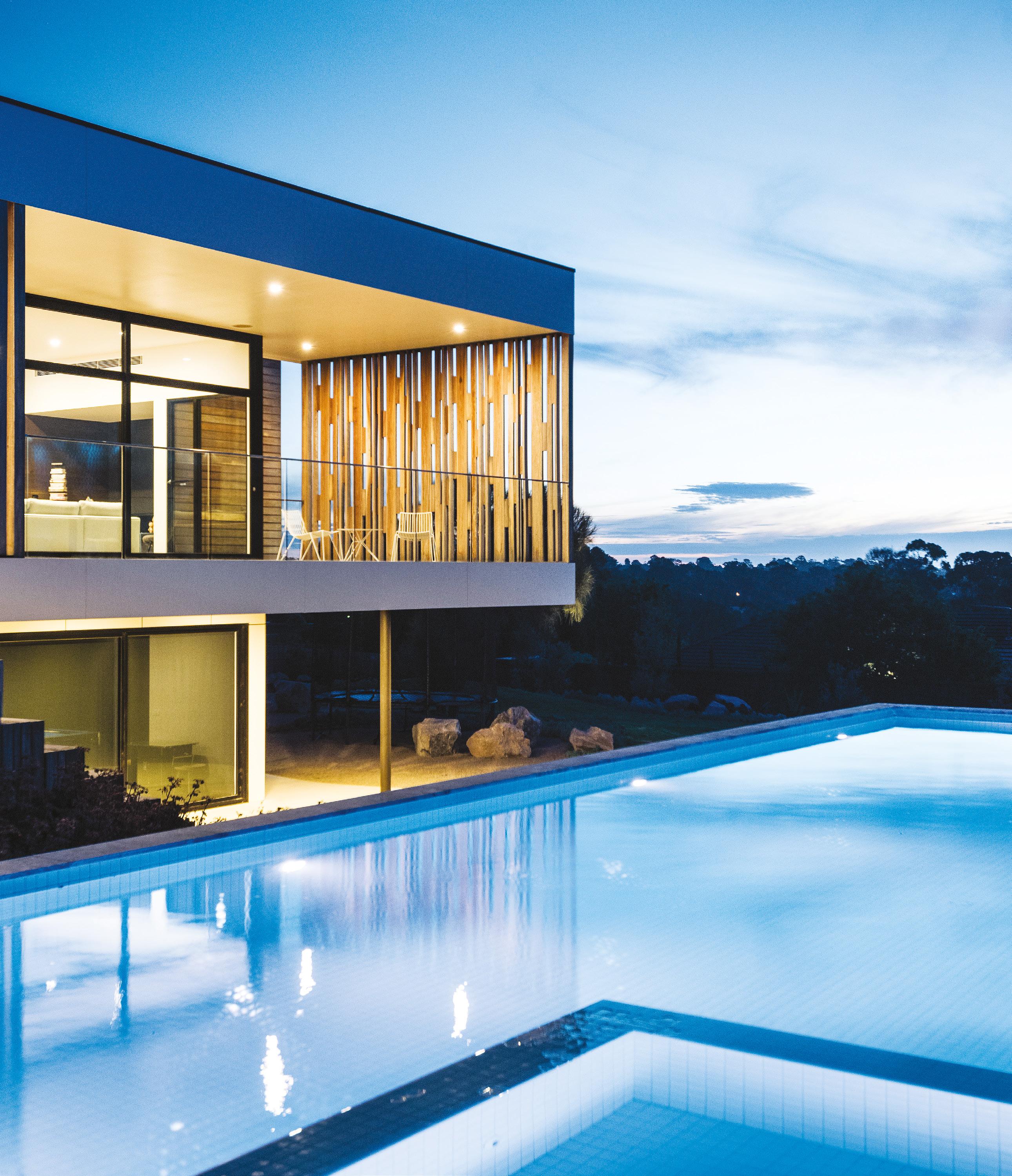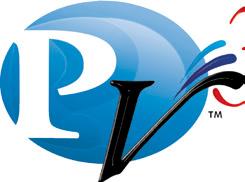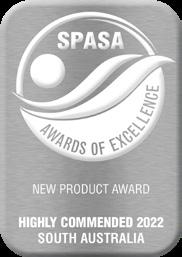




AIS Water has been an industry leader and innovator for over 30 years. Our laser focus is designing and manufacturing residential and commercial chlorine generators and premium quality Anode material. This focus has brought us international recognition, and created a passion for conserving our planet’s most precious resource - water. Our commercial chlorinators are absolutely best in class and eliminate trillions of litres of water wastage when converted from liquid or granular chlorine dosing.
AIS Water is the future of water disinfection.
• Purposefully built micro chlorine generator

• Up to 10g/hr output prevents adverse health conditions caused by over-chlorination
• Resistant to high ambient temperatures
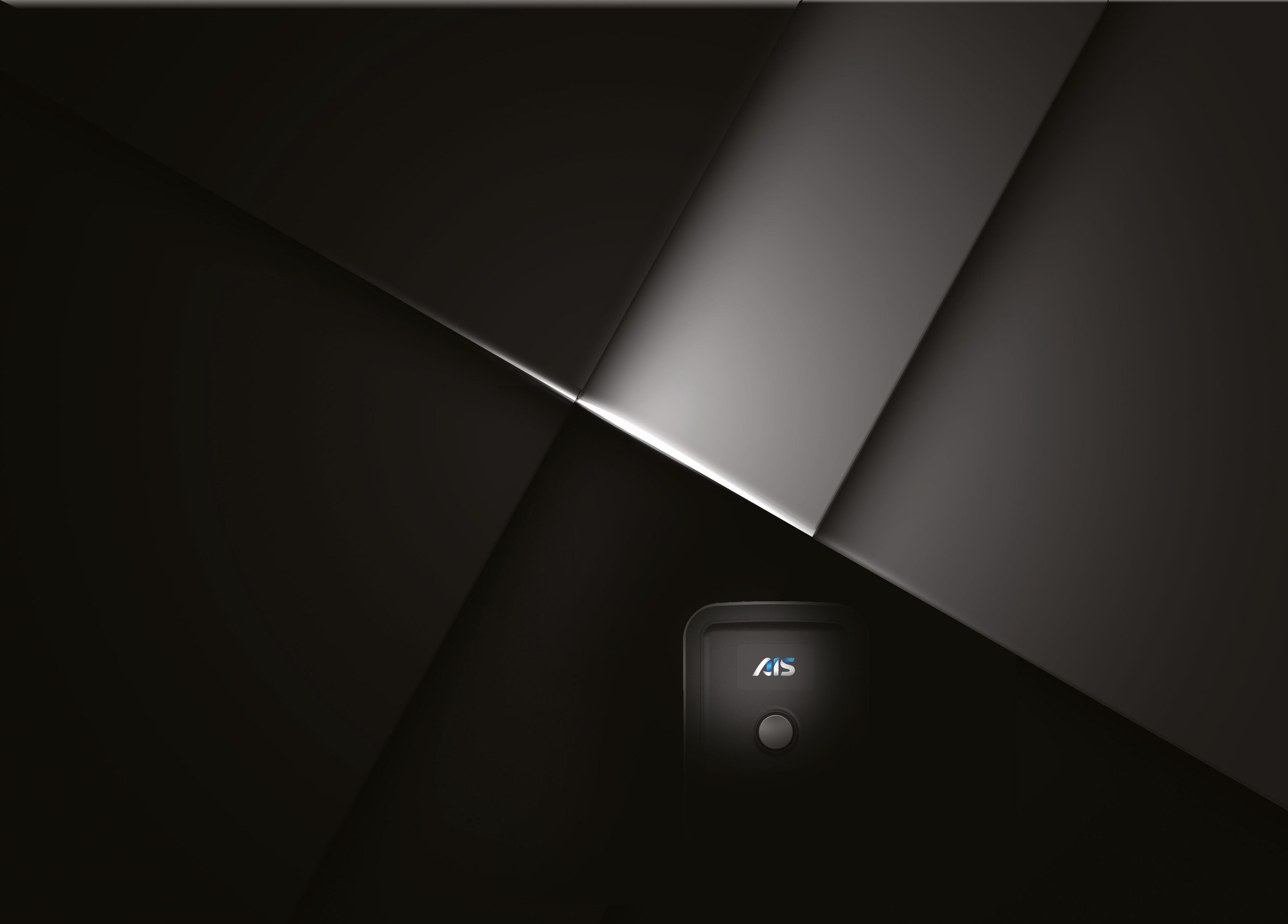
• 4 years warranty with no hidden terms
• International award-winning technology
• Chlorine output from 65g/hr up to 3,000g/hr

• TDS range 1,200 ppm to seawater

• For aquatic centres, FINA (Olympic) pools swim schools, resorts/hotels, lagoons, water parks, cruise ships, schools and universities
• Saves 1.6 million litres of water in one 50M pool annually (backed by university study)
New AIS Water residential chlorinator is coming soon.

During the pandemic AIS Water opened its new state-of-the-art anode manufacturing facility in Brisbane.

• 730m2 facility with cutting edge technology

• AIS Water premium quality Anodes are now available worldwide







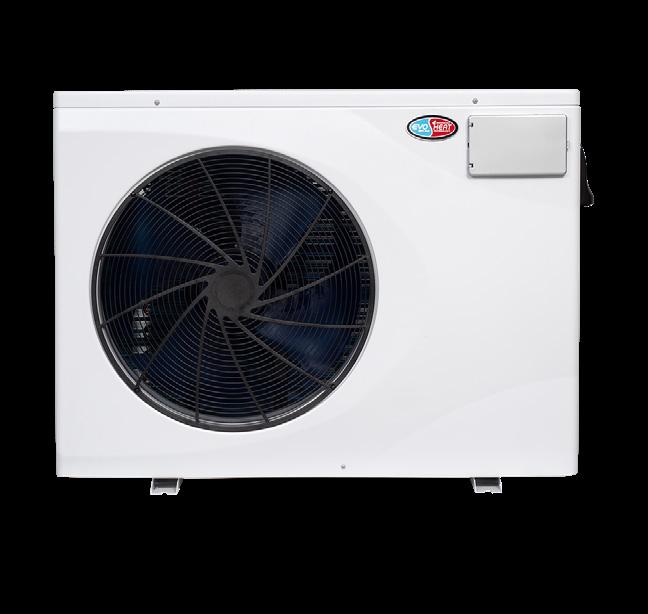
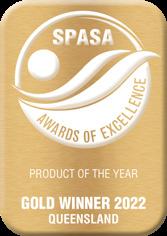
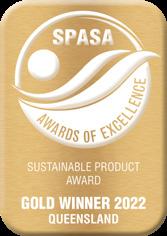

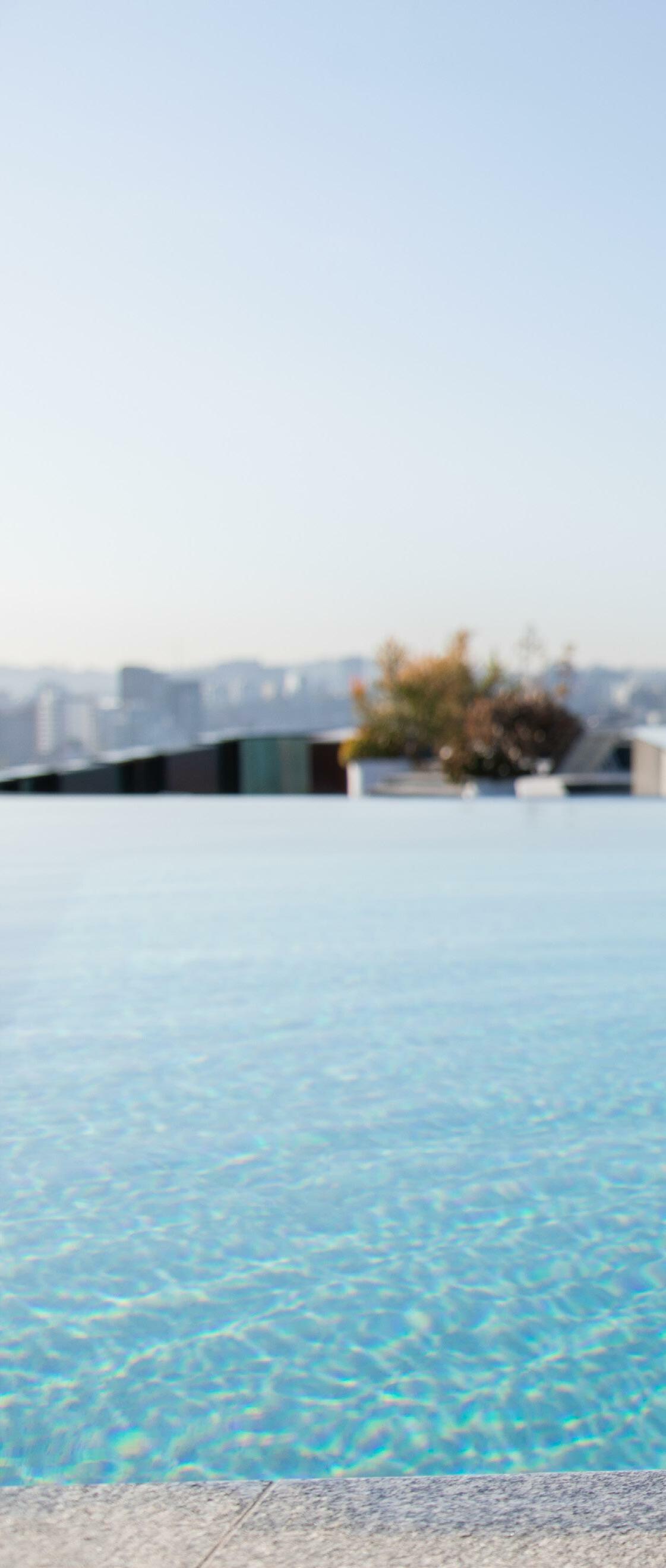



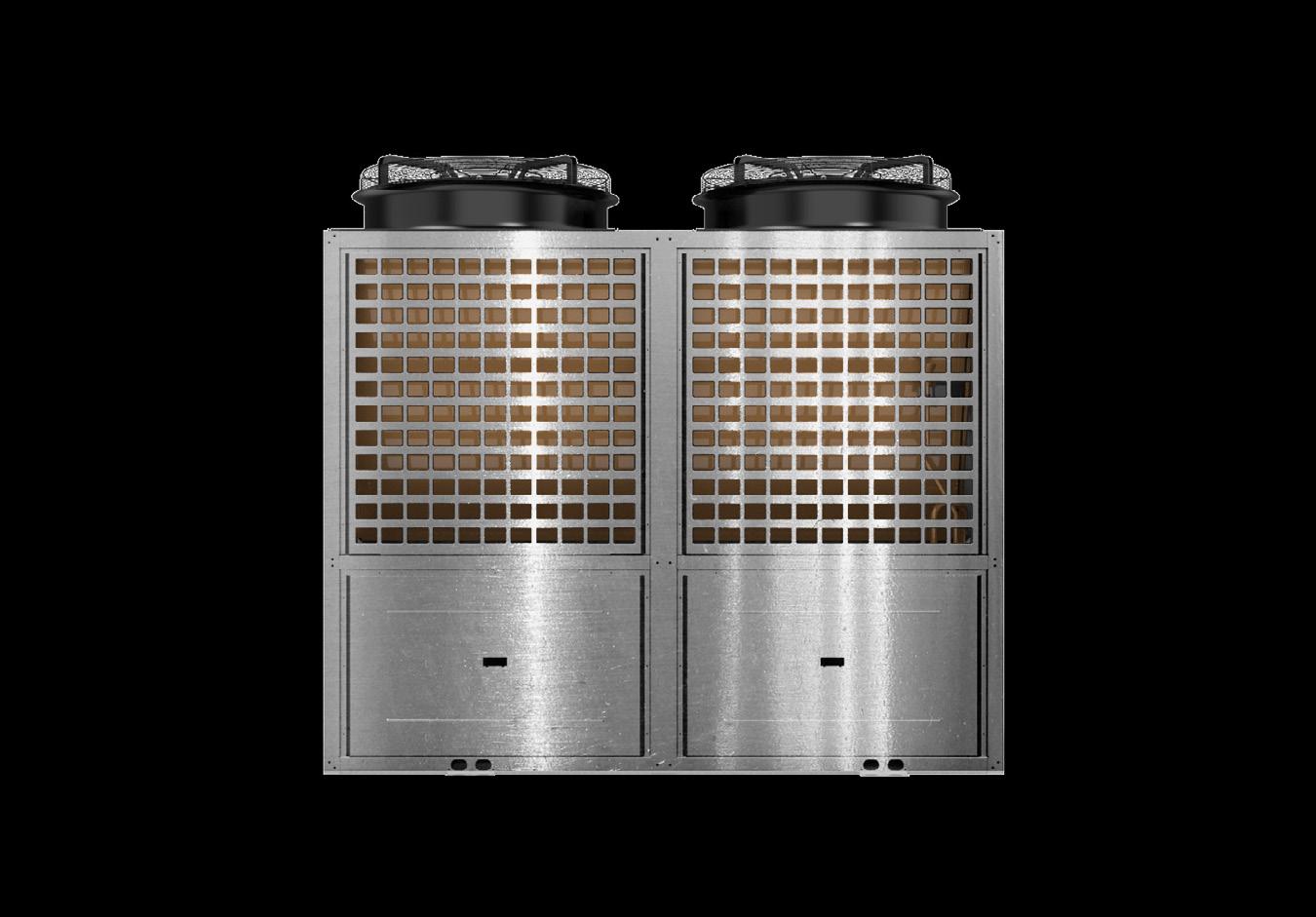

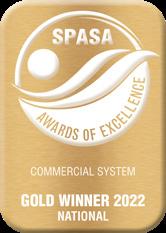

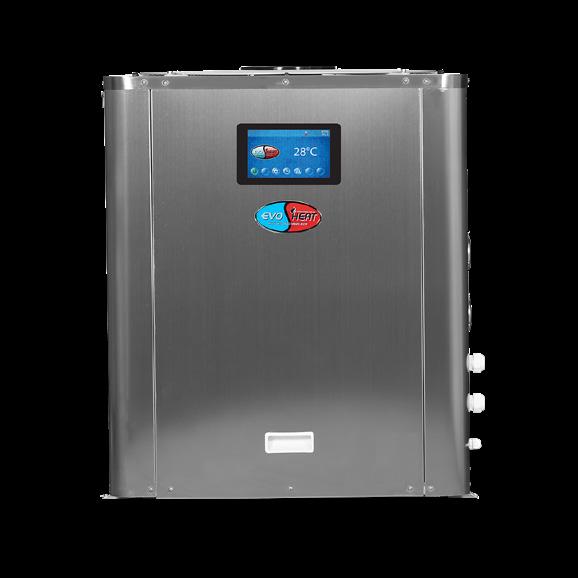





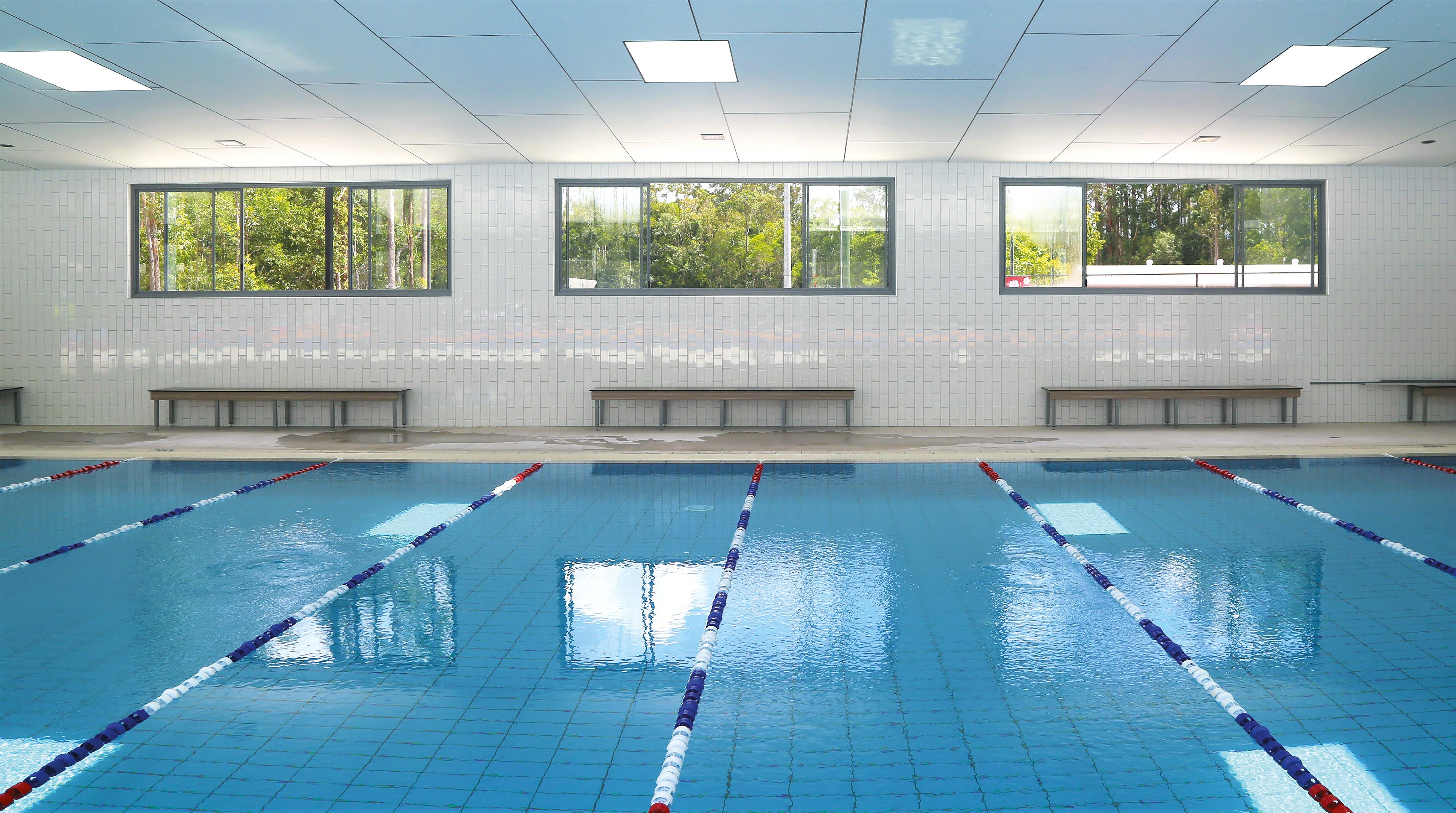

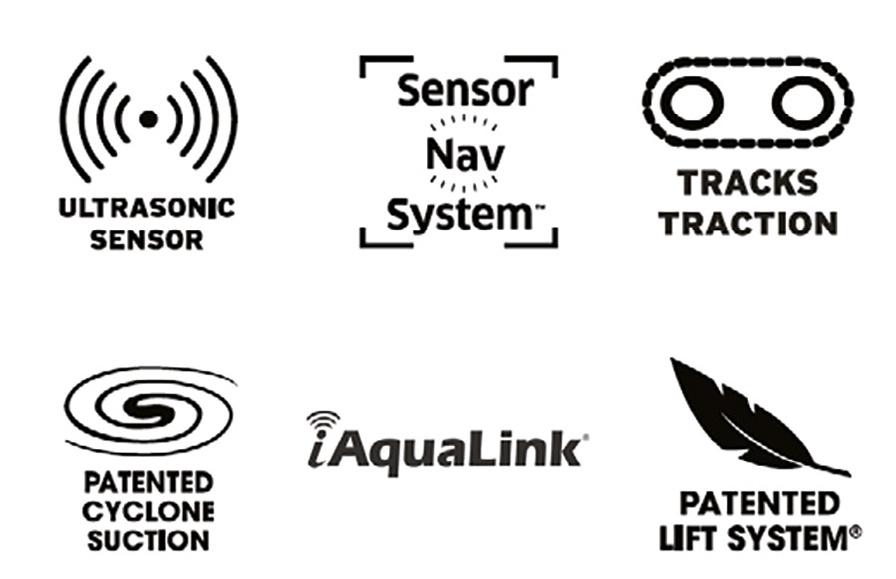






Published by
The Intermedia Group Pty Ltd ABN 940 025 83 682
41 Bridge Road, Glebe, NSW, 2037 Australia
Ph: (02) 9660 2113 Fax: (02) 9660 4419
On behalf of The Swimming Pool & Spa Association of Australia Ltd (SPASA Australia)
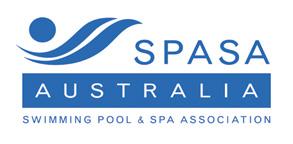


Publisher: Simon Cooper
Managing Editor: Chris Maher
Phone: 0412 048 639
Email: chrismaher@intermedia.com.au
Contributor: Veda Dante
Advertising Manager: David Stennett Phone: 0404 725 554 Email: david@spasa.com.au
Art Director: Katy Brack
Production Manager: Jacqui Cooper
Subscriptions: 1800 651 422
Email: subscriptions@intermedia.com.au
Copyright
All material in this publication is copyright to the publisher and/or its contributors. No material may be reproduced without the express permission of the publishers.
Disclaimer: This publication is published by The Intermedia Group Pty Ltd (the “Publisher”) on behalf of SPASA Australia. Materials in this publication have been created by a variety of different entities and, to the extent permitted by law, the Publisher accepts no liability for materials created by others. All materials should be considered protected by Australian and international intellectual property laws. Unless you are authorised by law or the copyright owner to do so, you may not copy any of the materials. The mention of a product or service, person or company in this publication does not indicate the Publisher’s endorsement. The views expressed in this publication do not necessarily represent the opinion of the Publisher, its agents, company officers or employees. Any use of the information contained in this publication is at the sole risk of the person using that information. The user should make independent enquiries as to the accuracy of the information before relying on that information. All express or implied terms, conditions, warranties, statements, assurances and representations in relation to the Publisher, its publications and its services are expressly excluded save for those conditions and warranties which must be implied under the laws of any State of Australia or the provisions of Division 2 of Part V of the Trade Practices Act 1974 and any statutory modification or re-enactment thereof. To the extent permitted by law, the Publisher will not be liable for any damages including special, exemplary, punitive or consequential damages (including but not limited to economic loss or loss of profit or revenue or loss of opportunity) or indirect loss or damage of any kind arising in contract, tort or otherwise, even if advised of the possibility of such loss of profits or damages. While we use our best endeavours to ensure accuracy of the materials we create, to the extent permitted by law, the Publisher excludes all liability for loss resulting from any inaccuracies or false or misleading statements that may appear in this publication.
This issue of SPLASH! magazine published by The Intermedia Group Pty Ltd (Intermedia) may contain magazine or subscription; offers, competitions, forms and surveys (Reader Offers) which require you to provide information about yourself, if you choose to enter or take part in them. If you provide information about yourself to Intermedia, Intermedia will use this information to provide you with the products of services you have requested and may supply your information to contractors that help Intermedia to do this. Intermedia will also use your information to inform you of other Intermedia publications, products, services and events. Intermedia may give your information to organisations that are providing special prizes or offers that are clearly associated with the Reader Offer. Unless you tell us not to, we may give your information to other organisations that may use it to inform you about other products, services or events or to give it to other organisations that may use it for this purpose. If you would like to gain access to the information Intermedia holds about you, please contact Intermedia’s Privacy Officer at The Intermedia Group Pty Ltd, PO Box 55, Glebe, NSW 2037.
Copyright © 2023 - SPASA Australia.
Proudly supported by


The views expressed in this magazine do not necessarily represent those of the above supporters, nor should any product advertised in SPLASH! magazine be seen to be endorsed by the above.
A few years ago, we were in drought and everyone was begging for rain; water restrictions were in play, and every drop of H2O was considered sacred.
That seems like an aeon ago now, following the arrival of the little girl from South America: La Nina. Not only her arrival, but her refusal to leave! This summer we are soaking in our third La Nina event in a row.
The Intermedia Group takes its Corporate and Social Responsibilities seriously and is committed to reducing its impact on the environment. We continuously strive to improve our environmental performance and to initiate additional CSR based projects and activities. As part of our company policy we ensure that the products and services used in the manufacture of this magazine are sourced from environmentally responsible suppliers. This magazine has been printed on paper produced from sustainably sourced wood and pulp fibre and is accredited under PEFC chain of custody. PEFC certified wood and paper products come from environmentally appropriate, socially beneficial and economically viable management of forests. The wrapping used in the delivery process of this magazine is 100% recyclable.
Chris Maher Managing Editor

chrismaher@ intermedia.com.au
Combined with a negative Indian Ocean Dipole, this has caused considerable devastation. Most recently it was the Riverina, the Western Plains and Victoria that were inundated by flood waters. Our hearts go out to all the people affected. Earlier in the year it was the Northern Rivers and south-eastern Queensland. We covered the efforts of industry people to assist those affected at the time, and there is more on that this issue as well, with the Reece Foundation looking for trades to help with the rebuilding of the Lismore community.
As well as causing devastation, the wet weather has caused inconvenience, delays and safety issues. In our story on the Pool of the Year, we learn how Transform Pools and Spas had to carry out most of the construction under tarps. WorkSafe is also issuing warning about excavations and ensuring the safety of workers due to drenched soil, following an increased number of incidents.
While this is all a bit gloomy, there is some unexpected positive news. Most recent BOM forecasts show La Nina going neutral by January or February, raising the prospect of a decent summer after all. On top of that, the Indian Ocean Dipole has officially ended, which will hopefully mean the end of the flooding rains.
As we all know, predictions are just that – they are not certain, and the gutted BOM has had its fair share of issues lately – but it gives us reason to hope.
So, from all at SPLASH! here's to a jolly and warm Christmas, splashing and relaxing around the swimming pool – followed by a prosperous 2023!
The dramatic National Pool of the Year by Transform Pools and Spas. There is more on this project on page 36. Image photography by Nicholas Film from Bolt Media.






24 Navigating the challenges
Valentina Tripp explains what Davey has learned from the past two years of upheavals, and how they are preparing for the future. 27 The benefits of secondary sanitation Eddie Lloyd discusses IQ’s push into the secondary sanitation market, and the way it is being received in the marketplace. 28 Stock is King Stephen Humphris describes Focus’s journey through the past couple of turbulent years, and the importance of having stock to sell. 31 Managing growth in The West Liz Hollingdale discusses supply chain issues and managing growth in the WA market over the past couple of years. 34 Waterpark innovation racing ahead Jim Corbett updates us about what WhiteWater Australia has in store this summer. 36 Blue leaf design makes for a stunning Pool of the Year We discuss the 2022 National Pool of the Year with Luke Bruni of Transform Pools and Spas, and learn about the challenges of building this unique design.
Beautiful landscaping, robust drainage
Dante looks at both the art and the practical side of landscaping, including the extremely important element of drainage. 54 As SPLASH! turns 25, we look back in time We look at the origins of the SPLASH! brand, and consider how far the Australian swimming pool and spa industry has come. 64 Successfully navigating times of change We talk to Emma Baldock, people and culture manager at Fluidra, and learn how implementing strong people-focused initiatives can help navigate business change. 74 Aquaphobia: overcoming the fear of water Former Commonwealth Games gold medallist Jason Cram explains how he is helping people regain the confidence to enjoy and feel safe in the water. 76 The not so tender art of winning tenders Veda Dante gets some good advice on how to make the best response to requests for tenders, proposals and quotations.

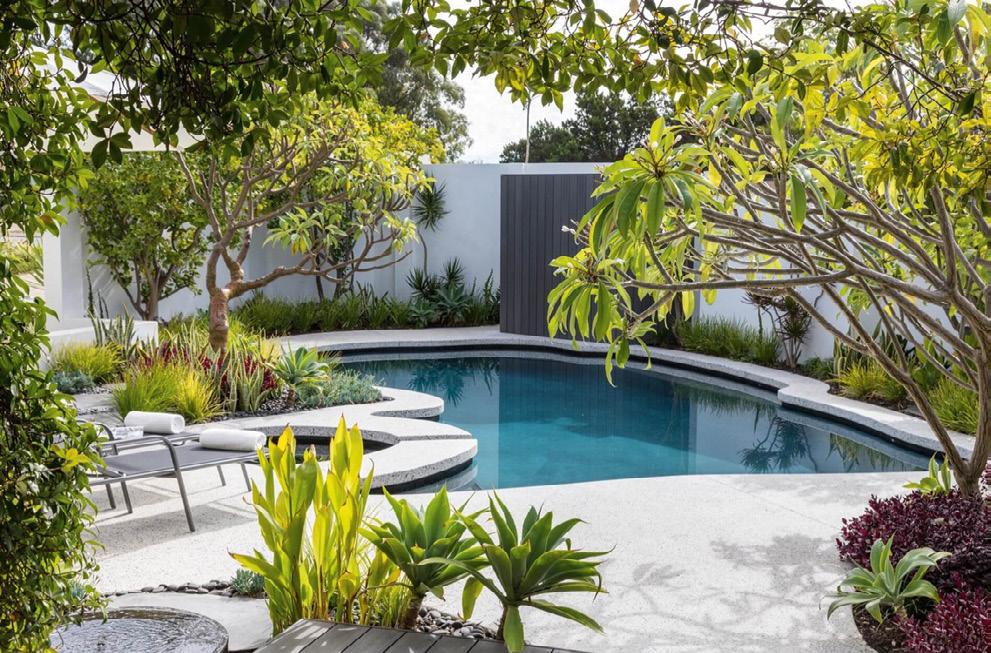
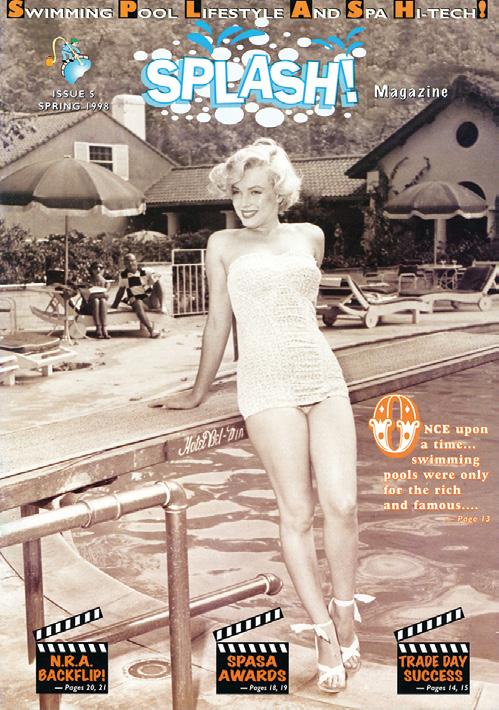

In an overwhelmingly successful ballot, SPASA WA members voted on Tuesday November 8 to amalgamate into SPASA Australia.
The organisations are now moving towards an amalgamated and cohesive national association for the Australian swimming pool and spa industry.
SPASA CEO Lindsay McGrath says it was a truly historic moment that has been under a collaborative and strategic process for some time.
“It establishes a unified industry representation going forward for the first time across the Australian continent,” he says.
“Creating a platform where all industry members from every state, territory and our diverse professional sectors will work together to see our collective interests protected, promoted and growing into the future.”
SPASA WA EO Sadie Stevenson believes that the amalgamation marks an exciting new chapter for the industry.
“WA has a long history of being at the forefront of innovation and we look forward to making a valuable contribution to the national association,” she says.
“While navigating the amalgamation process, our focus now turns to ensuring that WA members receive the many benefits that come with national membership, while maintaining the uniquely West Australian culture we all value.
Liz Hollingdale, SPASA WA EO Sadie Stevenson and SPASA Australia CEO Lindsay McGrath
“To have led SPASA WA to this point has been a privilege, and I look forward to seeing what we can achieve as part of the larger team.”
Stevenson and her team will join forces with SPASA Australia to create a unified group across multiple different roles to help continue to serve SPASA members and work together towards the mission to protect, promote and grow the swimming pool and spa industry.
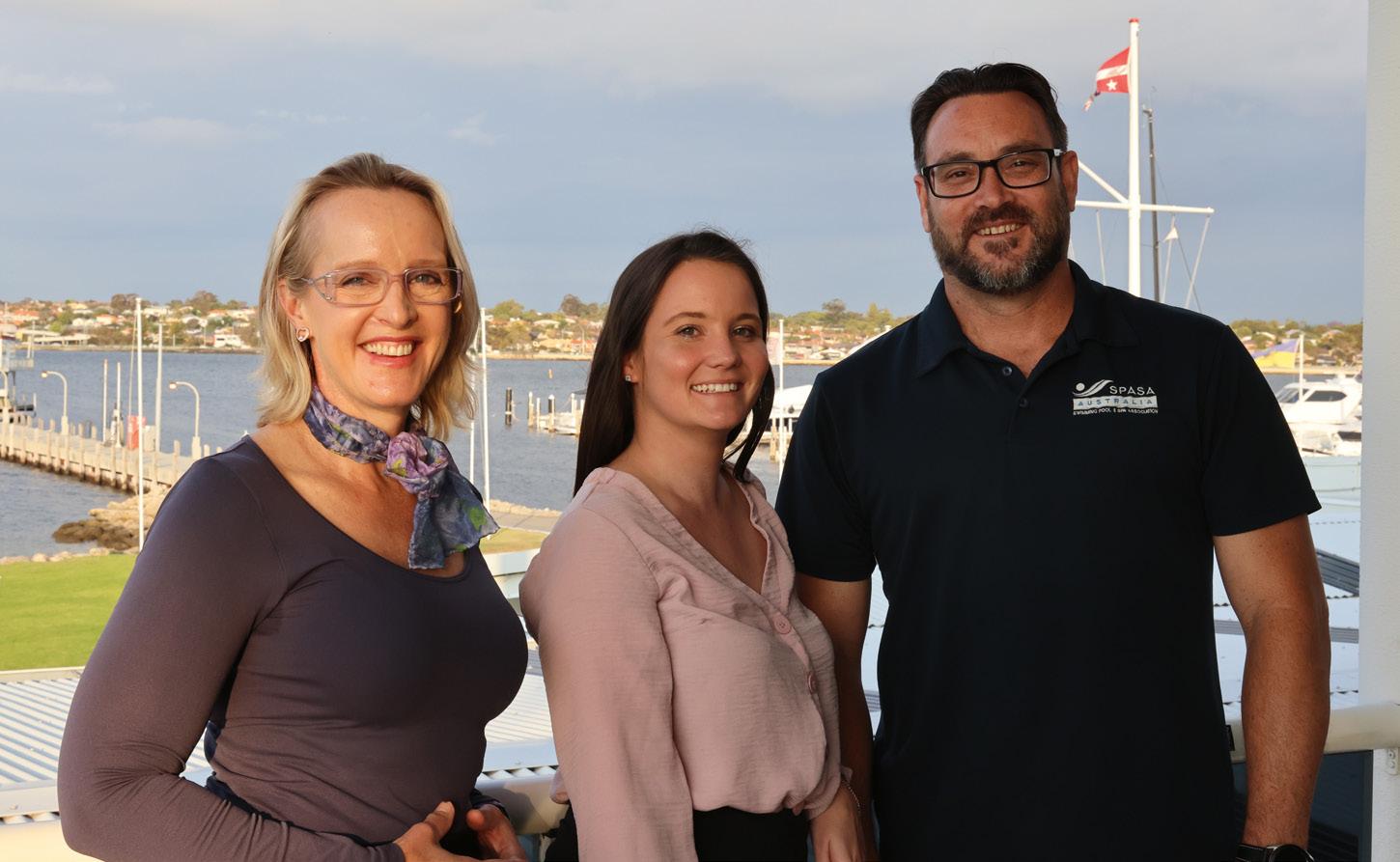
Nico Delvaux, president and CEO says he is very pleased to welcome D&D Technologies into the ASSA Abloy Group.
“The company will reinforce our current offering within gate hardware and will provide complementary growth opportunities,” says Delvaux.
“D&D Technologies has strong expertise in developing premium gate hardware products and with its broad portfolio, is an excellent addition to the Pacific & North East Asia Division. I look forward to working with the experienced team to continue D&D’s successful journey,” says Simon Ellis, executive vice president and head of Asia Pacific ASSA Abloy Opening Solutions Pacific & North East Asia.
D&D Technologies was established in 1989 and has approximately 110 employees, with their main office and factory located in Sydney.
Sales for 2021 amounted to about $AU68m with a strong EBIT margin. The acquisition will be accretive to EPS from the start.
Swedish-based global leader in access solutions, ASSA Abloy, has acquired D&D Technologies, a leading Australian designer and manufacturer of premium gate hardware.
The ASSA Abloy Group is the global leader in access solutions. The Group operates worldwide with 51,000 employees and sales of SEK 95 billion. The Group has leading positions in areas such as efficient door openings, trusted identities and entrance automation. ASSA Abloy’s innovations enable safe, secure and convenient access to physical and digital places.
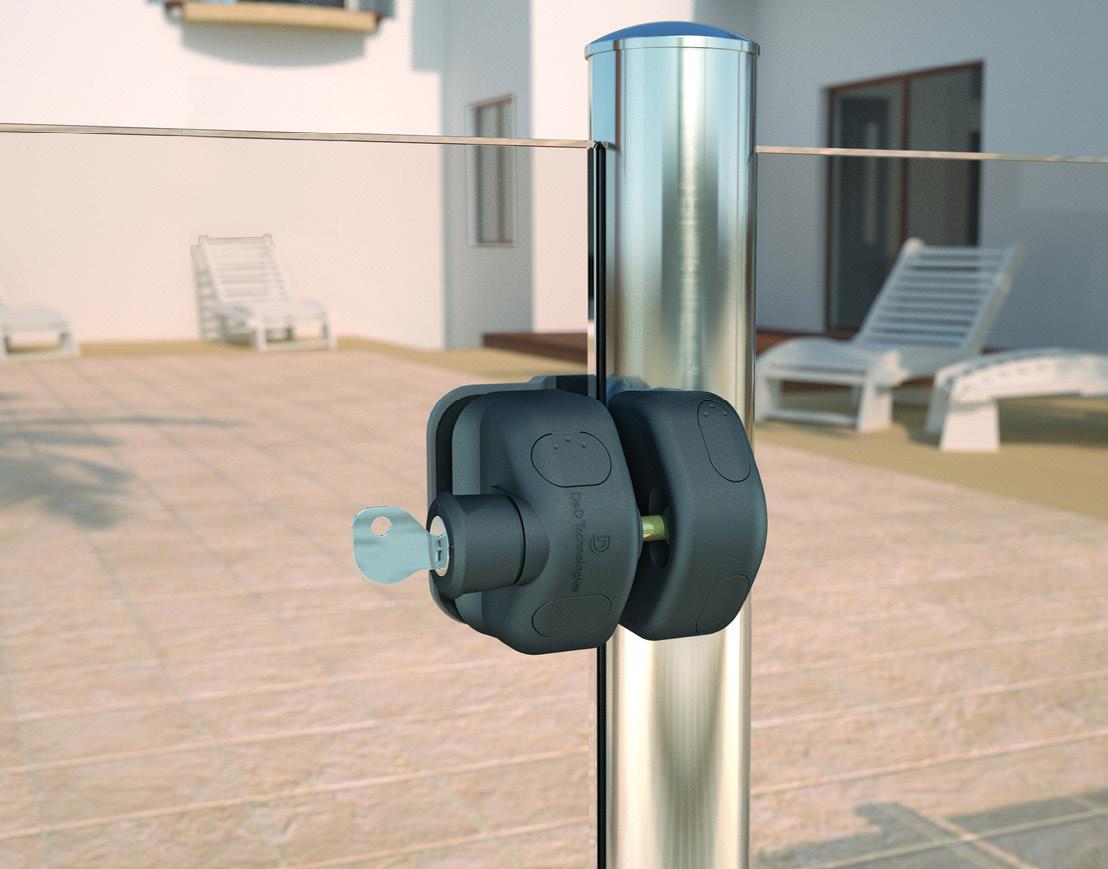
The new Australian Standards AS5348 Pool Covers and AS5352 Swimming Pool Heat Pump Systems have now been published and are available to the industry.
The standards were developed due to concerns that pool covers and heat pumps have historically lacked manufacturing rigour and made unverifiable claims of performance.
Swimming Pool and Spa Advisory Groups, set up by SPASA Australia in 2020, identified a significant need for pool cover and heat pump benchmarks to be established whereby consumers could rely on claims being made in the marketplace. Work commenced on the draft Australian Standards in 2020 with public consultation being undertaken in mid-2022 before the standard was finalised and published.
The objective of this new pool cover standard is to provide a series of benchmarks and tests for pool covers to meet performance requirements that will lead to the reduction of costs associated with evaporation and the heating of pools and spas.
Lindsay McGrath, SPASA CEO, says the new Australian Standard for Pool Covers was developed to protect industry and consumers from substandard products that may not be able to withstand the harsh Australian climate, as well as the ever-changing pool chemical environment to which pool covers are regularly exposed.
“SPASA is proud of its involvement on Australian Standard AS5348 Pool Covers, which was based on the Climate Care Certified pool cover certification criteria,” he says.
Derek Prince from Daisy Pool Covers says that after almost three years of comprehensive development, the new Australian Standard has been published to protect the nation’s swimming pools and spas, the pool cover industry and Australian consumers.
“In doing so, Australia has once again been the world leader in the swimming pool industry, being the first country to develop a minimum standard for pool covers,” says Prince.
“To achieve this important milestone, industry came together as part of the SPASA Pool Cover Advisory Group that encompassed PASCAA (Pool and Spa Cover Alliance Australasia) alongside other leading manufacturers of pool covers.”
The objective of this new swimming pool heat pump standard is to specify the procedures for determining the heating and cooling capacity, coefficient of performance, installation and sizing of swimming pool heat pump systems.
“The new Australian Standard for swimming pool heat pump systems was developed to promote uniform industry performance requirements and empower consumers to make informed choices,” says McGrath.
Adam Shelley from Waterco says the new standard for swimming pool heat pump systems provides the much-needed technical reference for suppliers of pool heat pumps into the Australian marketplace.
David Daft of Fluidra says the publication of AS5352 ensures the consumers can now purchase swimming pool heat pumps that are tested to the one standard.
“Equally important are that heat pump comparisons can now be made on a like-for-like basis,” he says. “So marketing of these products will need to be conscious of stated performance figures that can now be checked against AS5352.”
Comparing the available pool DA figures for the 12 months to November with the same period last year, annual applications were down by five percent nationally. Victoria was up nine per cent, Western Australia was up by two per cent, but all others states were down: Queensland down by two per cent, New South Wales was down by 13 per cent and South Australia was down by 31 per cent.
The numbers over the most recent three months were down by 16 per cent nationally when compared to the same period last year. The September-November numbers from Cordell show Victoria up by 35 per cent but all other states down; Queensland down by 12 per cent, Western Australia down by 31 per cent, New South Wales down by 32 per cent, and South Australia down by 64 per cent.
BWT Pool Group has acquired Austral Pool Solutions Pty Ltd, a leading Western Australian pool equipment distributor, effective November 21, 2022. The business will continue to trade as Austral Pool Solutions Pty Ltd.
Established in 1975, Austral is Western Australia’s leading distributor of Australian pool and spa brands, covering swimming pool and spa equipment, accessories, leisure products and chemicals.

This deal follows earlier Australian acquisitions by BWT: national distributor Lincoln Pool Equipment in October 2021, and Seaford Transformers, manufacturer of Aussie Chlorinators, in October 2022.
The purchase of Austral will add a Western Australian channel to the Queensland, NSW and Victorian branches that the purchase of Lincoln Pool Equipment delivered.
Owner Jon Richardson will remain in the role of managing director alongside the staff who will continue to operate the business from the current location in Balcatta, WA.
He is looking forward to being part of the BWT Pool Group.
“I’m excited by the opportunities for the Austral team to expand the range even further, while continuing to provide our high-quality service to the construction, retail and service sectors in the industry,” he says.
“We are pleased to become connected with such a dynamic and strong group of companies that is very innovative and progressive in the pool and water treatment business worldwide. The high quality BWT branded products are very welcome in our product performance portfolio.”
Richardson says they will continue to distribute a wide range of high quality pool and spa products from leading suppliers
Keep informed by subscribing to the free online newsletter.
Reece Group acquires International Quadratics and Dontek IQ and Dontek joined the Reece Group, effective November 1, with both businesses to operate as standalone entities within the Reece Group.
including AstralPool, Crystal Aquatics, Lo-Chlor Chemicals, Lincoln BWT, Madimack, Magnum, Pool Systems, Spa Electrics and many others.
“With office and warehouse facilities totalling over 3000 square metres, we are able to provide a wide range of stock and always strive to provide rapid turnaround of orders.”
He adds that their superior sales and technical support has seen them win SPASA WA Supplier of the Year many times, from 20082011, 2015-2018 and 2020-2022.
Andreas Weissenbacher, CEO of BWT Group enthusiastically welcomed Richardson and his team into the BWT Pool Group family.
“I am very pleased that Jon enabled us to invest in Austral, which will provide another key
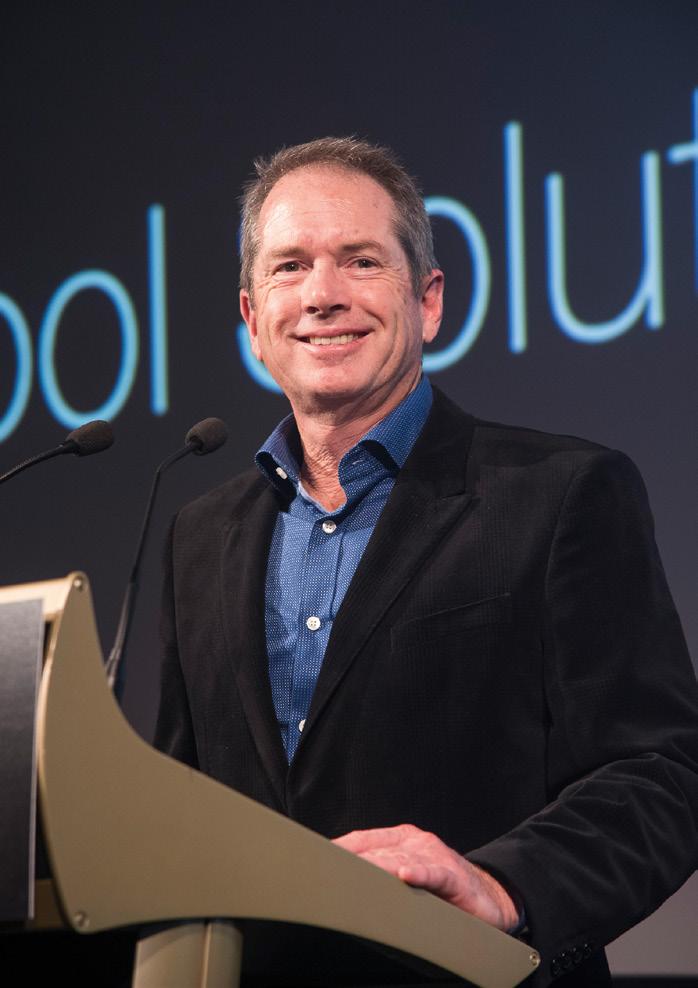
distribution channel to the broad range of BWT pool water treatment products in Australia.
“Together with Jon and his experienced team, the business will be further developed with the existing valuable customers and suppliers and with the additional support of our international BWT organisation,” he says.
The BWT – Best Water Technology – Group is a leading water technology company in Europe with a staff of more than 5500, working on innovative, economic and ecologically friendly water treatment technologies to provide private households, industry, commerce, hotels and municipalities with the safest, healthiest and most hygienic water possible for their day-today needs. Employees work particularly hard to create products which use fewer resources and less energy, thereby reducing CO2 emissions.
BWT is committed to sustainability and their message of “For You and Planet Blue” is today more relevant than ever before, given the challenges our society faces worldwide today.
The
BWT continues local growth, acquiring Austral Pool Solutions
BWT Pool Group acquired Austral Pool Solutions Pty Ltd, a leading Western Australian pool equipment distributor, effective November 21.
Victorian pool fixer and Block regular Jon Jon Bradey passes away John Jeremy Bradey – better known as Jon Jon – left the Victorian industry and the Block’s TV audience in mourning after passing away aged 42.
David Daft appointed as Fluidra Australia national service manager
Fluidra stalwart and pool industry expert David Daft was appointed national service manager for Fluidra Australia.
New Kew aquatic centre roof collapses in the middle of the night The long delayed Kew Recreation Centre suffered a serious setback as the roof collapsed at about 10pm on October 20.
Jon RichardsonJan 12-14 Aquafun expo, Istanbul, Turkey
Jan 31-Feb 2 Spatex, Coventry, UK
Feb 3-5 Pool & Spa Lifestyle Expo, Victoria
Feb 15-17 Forum Piscine, Bologna, Italy
Feb 18-19 SPASA WA Pool Spa Outdoor Living Expo, Claremont Showgrounds, Perth
Feb 24-26 Brisbane Autumn Home Show
Feb 25-26 Pool & Spa Lifestyle Expo, New South Wales
March 25-26 Pool & Spa Lifestyle Expo, South Australia (TBC)
March 27-31 ASSA National Conference, Glenelg, South Australia
March 29 ASSA Excellence Awards
Apr 1-2 New Zealand Pool and Spa Expo


Apr 21-23 Melbourne Autumn Home Show
May 20-21 Pool & Spa Lifestyle Expo, Queensland
Aug 25-27 Melbourne Home Show
Sep 8-10 Brisbane Home Show
Oct 13-15 Sydney Home Show
Oct 24-27 Aquanale, Cologne, Germany
Nov 27-30 Piscina & Wellness, Barcelona
More details at splashmagazine.com.au. Dates are subject to change and should be checked with the relevant organisation. Send calendar submissions to info@splashmagazine.com.au.
International Quadratics (IQ) and Dontek joined the Reece Group, effective November 1, 2022.
Both businesses will continue to operate as standalone businesses within the Reece Group, retaining existing names and branding, and will sit within Reece’s Irrigation & Pools Division.
All staff and management are remaining the same. Key owners have been offered employment with Reece and will continue to be involved in business operations. David Lloyd has decided to take retirement after more than 50 years contribution to the industry, while Eddie Lloyd is staying on with the Reece Group.
Will Rossiter, Reece Pools & Irrigation operations leader says that this is an exciting new chapter for the collective businesses. He also says it will allow Reece to enhance their presence in the Australian pool industry and become the trades’ most valued partner in pools.

“By joining the Reece family, both the Dontek and IQ brands will have the opportunity to scale and grow through the Reece network,” says Rossiter.
“In turn, we are excited to have the opportunity to learn more from these incredible home-grown brands to ensure we collectively continue to provide quality service, products and expertise to our trade customers within the pool industry.”
Rossiter says that both business models align with the Reece network footprint, giving them the opportunity to scale and expand Reece Irrigation & Pools’ product offerings into the pool tech, pool builder and maintenance categories.
Combined, Dontek and IQ bring more than 180 years of experience in the pools industry to the Reece Group.
Over three decades, Dontek has grown into the largest manufacturer of solar pool controllers in Australia. It is known for its Aquatek product, the first agnostic pool controller that uses app-enabled technology to help one easily control pool, spa, and heating tech seamlessly. Manufacturing in Melbourne, the team will remain based there.
Paul Were of Dontek says that being Australian made, owned, and proudly manufactured in Melbourne, he is excited to be joining another Australian homegrown company in Reece.
“Dontek’s focus on product innovation and customer service will be strengthened with this partnership ensuring continued growth and advancements for the swimming pool industry,” he says.
“Additionally, Dontek’s longevity is due to its loyal staff which will now be benefited by a culturally aligned and experienced team from Reece, guaranteeing an expanded product offering to both its suppliers and customers.”
In a combined statement, David and Eddie Lloyd of IQ said: “We are so pleased the IQ family company is joining another Australian company. Despite being a publicly listed company, Reece operates with an entrepreneurial spirit and values similar to ours. This stems from the Wilson family’s commitment to delivering long-term
success for the business, its people, and customers – something also very important to IQ.
“Our shared commitment to our customers will ensure the reputation IQ has established for quality products and service will continue. We are very excited for the future of IQ, specifically for our people and customers present and future.”
A Reece spokesperson said that the acquisitions will deliver more value for customers across all three businesses by investing in more services, customised
Reece Irrigation & Pools now has 41 dedicated locations across Australia
expertise and quality products that will continue to improve the local pools market.
“Creating Customers for Life is a core value at Reece and one that we all strive to live daily. We believe the collective customer base will enjoy having access to Reece’s 41 Irrigation & Pools branches, with the capability of servicing customers across Australia.
“All three businesses are focused on delivering value and a better pools experience for customers. Additionally, there is a strong cultural alignment between Dontek, IQ and Reece, which was the primary factor in our decision to acquire these great Australian brands. IQ and Dontek’s product range complements Reece’s current range and further empowers the pool trade to utilise our network.”
About Reece Irrigation & Pools: With 41 dedicated locations across Australia, Reece Irrigation & Pools prides itself on the efficient supply of quality products and specialised services to landscapers, irrigation specialists, pool builders, pool plumbers and maintenance technicians. Backed by a national Reece Plumbing network of 350+ locations, Reece Irrigation & Pools remains committed to helping customers succeed in business and focusses to provide innovative product and service solutions to save their customers more time, every day.
About International Quadratics: With a combined history of over 150 years, International Quadratics (established in 1976) and Pierce Pool Supplies (established in 1898 as A H Pierce) have been names synonymous with the aquatic and leisure industry. Both companies merged in 2008 and for the first time the commercial and residential aquatic product and service became available under the one roof.
The result is one place where a broad range of customers are given a solution to almost all of their aquatic needs. This is done through the expertise of staff backed by an extensive range of quality furnishings, equipment, and chemicals.
About Dontek:
Dontek Electronics Pty Ltd was established in October 1989 specialising in solar controllers and has continued with this focus for 33 years to become Australia’s most diverse manufacturer in this field. Dontek specialises in the swimming pool industry and has grown to become the largest manufacturer of solar pool controllers in Australia as well as offering customised turn-key solutions. Dontek products are designed, engineered and manufactured in Melbourne, Australia to ensure quality and precision are front of mind from inception to use. Dontek manufactures innovative solutions for over 30 companies within Australia and around the world comprising more than 120 models.


Sam O’Sullivan has been appointed as the new EvoHeat national sales manager.

EvoHeat general manager Tim Martin says that Sullivan is wellgrounded, experienced and highly motivated.
“Sam has spent the past 10 years in sales management roles across wholesale distribution and industrial packaging solutions. His extensive sales and leadership background, along with his drive for customer satisfaction, make him the ideal candidate for this position,” he says.
“In this role, Sam will
be responsible for driving performance and growth through leading and supporting the EvoHeat sales team.”
Chlor Chemicals has appointed Meagan Le May as an additional sales executive for the Queensland sales team. She will be joining Jayne Orth who has a similar role.
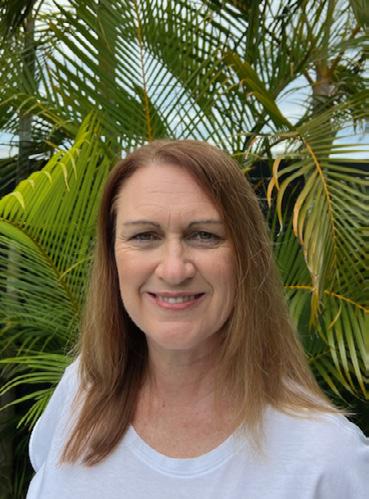
Managing director Paul Simons says Le May has had a wealth of experience in the pool industry, having been involved in retail, wholesale and manufacturing, and has an extensive knowledge of its many facets from the ground up.
“Moreover, her past experience of having had a pool shop of her own for many years will have given her an insight into what will be expected of her from the other side of the counter.”
Le May is looking forward to being able to offer assistance to Lo-Chlor customers in Queensland.
Contact: 0448 617 997; meagan@lochlor.com.au
Terry Mwase is the newest member of the SPASA Australia team. He is based in the Adelaide office and has taken on the role of Member Services. Members will soon be familiar with his voice as he works on adding further membership value.

Mwase previously worked at Master Builders South Africa for six years, also in the role of Member Services. He will bring excellent knowledge and experience to the team which will help enhance member support.
Meanwhile, SPASA New Zealand’s general manager, Jonty Mills, has resigned to take up a new role in the civil construction sector.
“We don’t always get to control timing and opportunities as to when they arise, and this is something that at this stage of my career is right for me and my family. I hope I can replicate some of the great learnings and experiences I’ve gained from the pool and spa industry in my new role.”
He says that SPASA in New Zealand is in good shape and has a strong foundation going forward, with the organisation committed to growing, promoting and protecting the industry locally.
Terry Mwase“Genuinely, I leave with mixed emotions as working in this great industry with you all has been truly rewarding,” says Mills.
Waterco has appointed industry veteran Jo Ainsworth as its new chief commercial officer (CCO) who will oversee all aspects of its commercial and export sales in Australia and New Zealand.

Ainsworth’s role is to develop and implement strategies to achieve sales targets and group EBITs (earnings before interest and taxes) across the two countries.
Waterco Group COO Bryan Goh says Ainsworth has great passion and enthusiasm for the pool and spa industry.
“She brings with her a wealth of experience in business management and sales which she Jo Ainsworth
“There is a great group of people in SPASA who care about the New Zealand region. I have witnessed and been part of the investment SPASA continues to place in the New Zealand pool and spa market, so it’s exciting times ahead.”
gained from her early career at Certikin (part of the Fluidra Group) and more recently with Waterco Europe, where she held the position of export director, before relocating from the UK to Sydney,” he says.
Ainsworth has successfully managed teams in Europe, India and the Middle East, developing strong relationships with customers and specifiers while developing revenue streams in the water treatment, swimming pool and aquaculture markets. She has 28 years’ experience in the industry.
“I am delighted to have been offered this opportunity with Waterco,” says Ainsworth.
“With a great team in place here to support me and a product range that’s renowned worldwide for quality and innovation, I look forward to being a part of Waterco’s future success story in ANZ,” she says.
“This is an exciting new challenge on both a professional and personal level and I am thrilled to be living and working in this amazing country.”
Sam O’Sullivan Industry moves Industry moves Industry Moveswww.remco.com.au

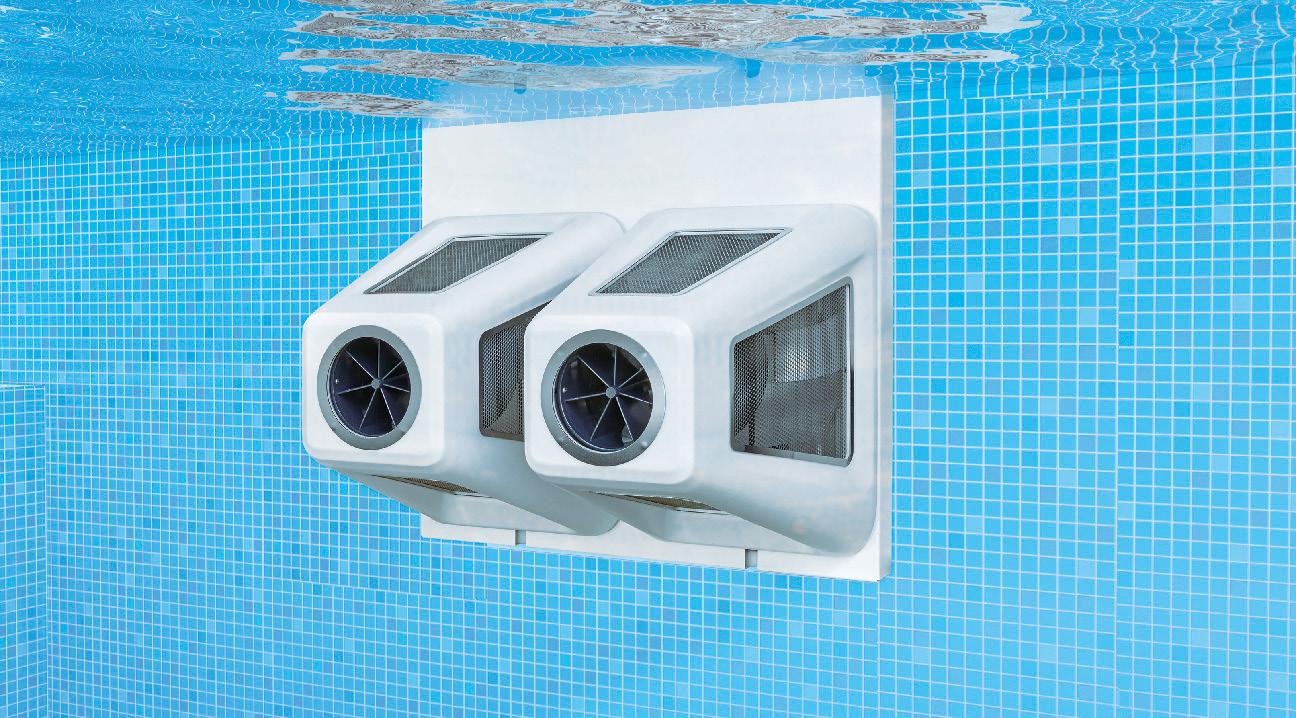











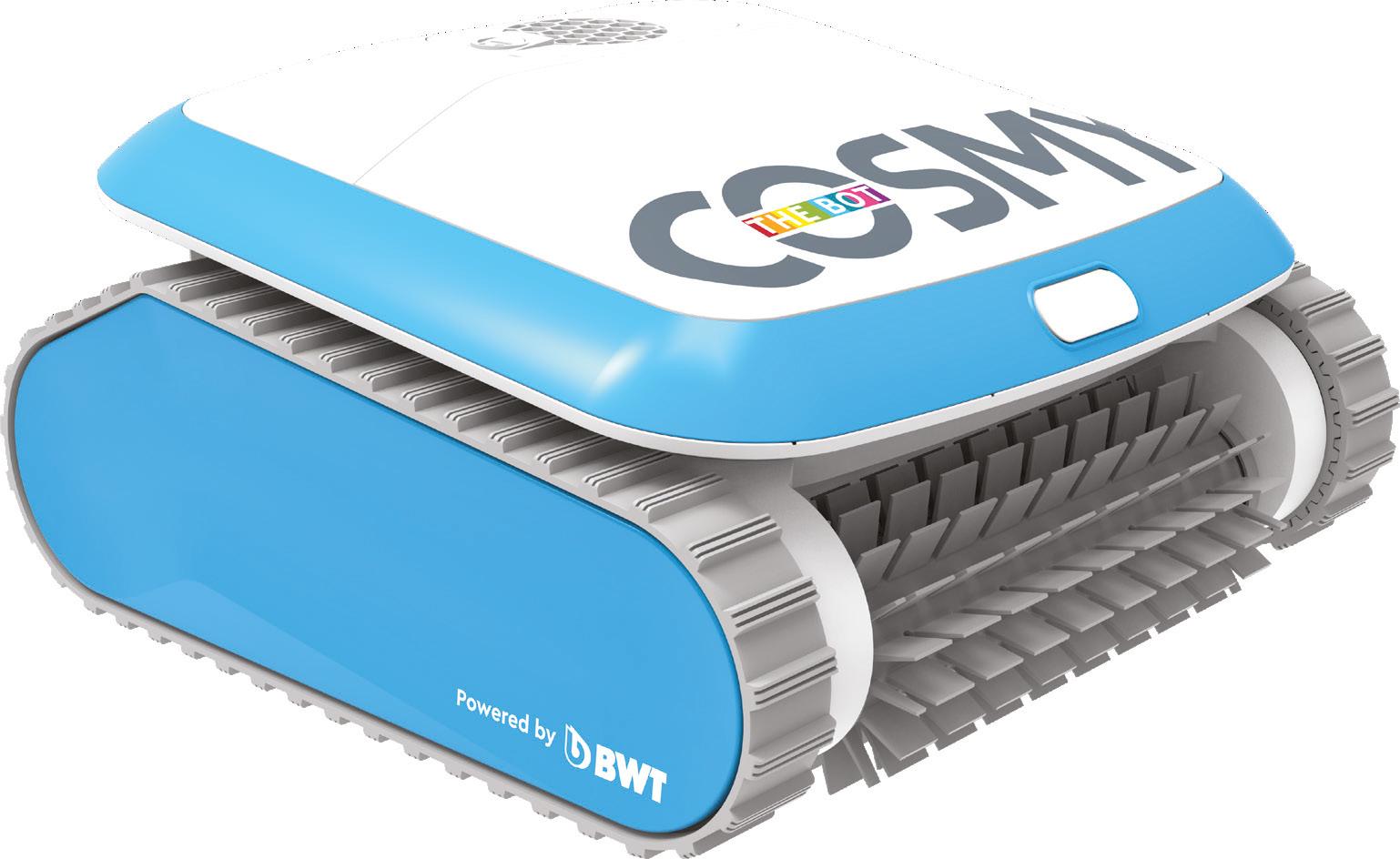
Fluidra Australia has recently relocated and opened two major new facilities, Bibra Lake in Western Australia and Townsville in Queensland. Both facilities are next generation Fluidra Pro Centres and include Pro Counters, Pro Academy Training Rooms and increased interactive displays.
Over the past two years, Fluidra has been working through its legacy network of facilities and updating them in line with the next generation Pro Centre model. Smithfield, Keysborough, Marleston, Townsville and Bibra Lake have all been updated with Gold Coast and Willawong next in line.
Fluidra’s Pro Centres are exclusive to pool industry professionals who have Fluidra accounts, and provide access to sales, service and support nationally. Each location stocks an extensive range of Fluidra’s top selling products including leading brands AstralPool and Zodiac. Fluidra trade customers can also place orders conveniently online 24/7 via the Fluidra Pro Trade Portal and choose to have the order delivered or picked up from a Pro Centre.
The new footprint for the Pro Centres includes a warehouse, sales counter,
hospitality station and a Fluidra Pro Academy Training facility in each location to host face-to-face product training sessions with trade customers.
The first of the new Fluidra Pro Centres opened in Marleston, South Australia in 2020. The Victorian Pro Centre was relocated from Dandenong to Fluidra’s Keysborough manufacturing facility and opened in 2021. In August this year, the North Queensland team opened their new Townsville Pro Centre and in October Fluidra WA held their grand opening of their new facility at Bibra Lake, attracting customers and industry partners who were keen to celebrate the occasion with the local team.
“The Fluidra Pro Centres offer our customers another point of contact where they can talk to our team face to face,” says Brendan Butler, Fluidra director of operations.
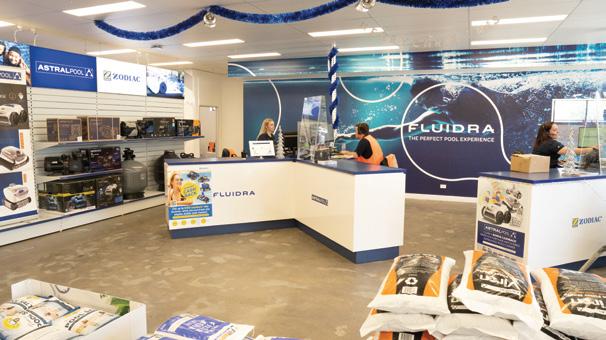
“It was great to see many customers attend our grand opening at Bibra Lake as well as industry support, with Sadie from SPASA also joining us. It shows that the service we provide at our Pro Centres is valued by the pool trade.”
Contact: www.fluidra.com.au
Reece recently opened a new Irrigation & Pools branch in Moe, Victoria. With agriculture and primary industry being central to the local economy and Moe’s proximity to other large regional towns, such as Morwell, Traralgon, Warragul and Leongatha, expansion to Moe will help Reece better service the needs of customers in regional Victoria.
Branch manager Dan Hyland says it is a really exciting opportunity for the Irrigation & Pools team to better service the Latrobe Valley and Greater Gippsland region.
“There is a real need for a dedicated business out here servicing the community’s needs,” he says. “I was born and raised in Gippsland, and I’m looking forward to not only driving the growth of this new branch but also building our local team to better service this amazing community.”

With a focus on customised service and industry expertise, Moe Irrigation & Pools will be dedicated, not only to the landscape and pool market, but to the rural farming community that surrounds it. With the added expertise of the Reece Irrigation Design team, Reece can also support local farmers and growers with all their irrigation, pump and filtration needs.
Spa World is laying claim to the title of the world’s first carbon neutral spa retailer.
Two years ago they committed to achieving this aim, on the back of the devastating Australian bushfires.
While they were already reusing, recycling and reducing waste, the bushfires were a wake-up call, and they committed to carbon-neutrality.
They teamed up with GreenFleet – a 25-year-old not-for-profit organisation and Australia’s first carbon offset provider – and Ekos, a New Zealand organisation that creates self-sustaining forest carbon projects and programs.
This enabled them to carry out a comprehensive selfassessment of their carbon footprint. They looked at all components used in the manufacturing and the overall process; all international freight; each retail showroom and warehouse; every domestic delivery; and head office operations including waste, electricity, vehicles, flights and accommodation.
Once they calculated the emissions, they looked at a range of options to offset them – and with GreenFleet’s help they are removing 2000 tons of carbon dioxide from the atmosphere every year.
Spa World is encouraging other businesses to get on board to help make a sustainable planet.
If your company is interested in measuring and reducing your own carbon footprint, there are some easy to use tools to help. As a start, simply google “calculate your carbon footprint” or check out the carbon footprint calculators on the Ekos website.
Contact: www.ekos.co.nz, www.greenfleet.com.au, www.spaworld.com.au
In addition to direct delivery to site and the ability to order products online through its maX app, Reece’s Irrigation Australia certified design team can help customers design their next irrigation system, with experience designing jobs of all sizes from backyard gardens to sporting fields.
Reece Irrigation & Pools in Moe has been purpose-built to service landscapers, irrigation specialists, pool builders and pool maintenance technicians. However, being a regional store, the branch is also set up to provide expertise and customised service to customers supporting the farming and agriculture industries.
Reece Irrigation & Pools in Moe is actively recruiting to grow its local team. Locals looking for a career change or who work in allied industries are encouraged to get in touch Dan Hyland on (03) 5127 0640.
The centre will service landscapers, irrigation specialists, pool builders and pool maintenance technicians

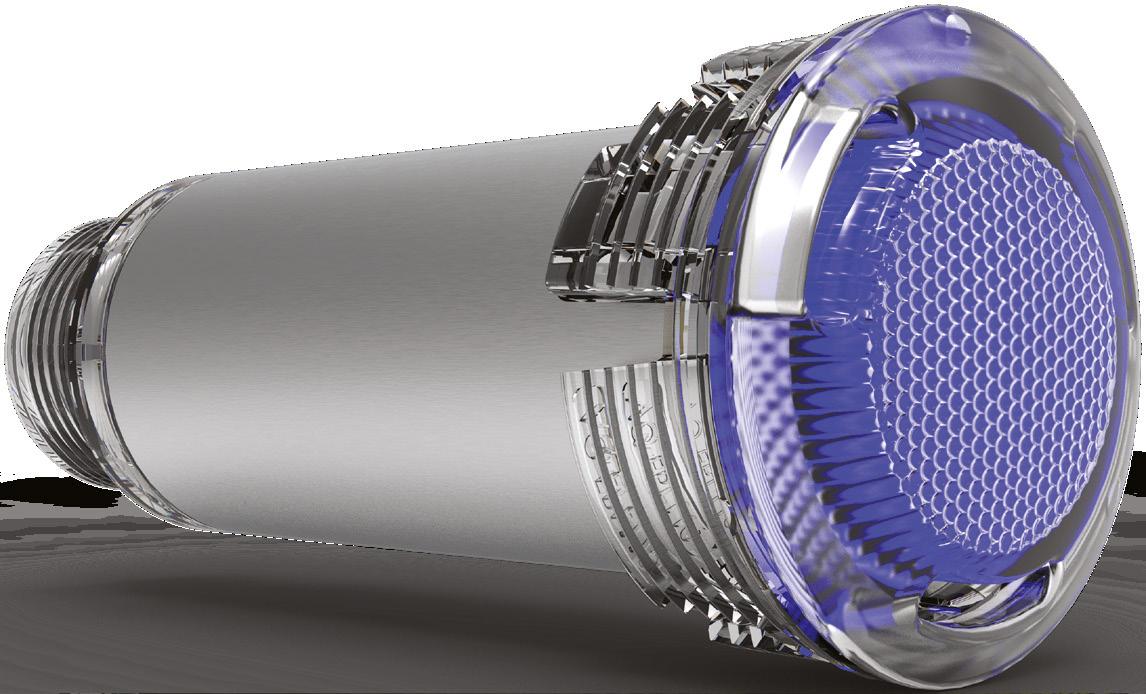
The Reece Foundation is putting resources together to help flood-affected residents of northern New South Wales. The flood disaster recovery efforts have been focussed on Lismore and driven by Resilient Lismore. In early 2022, floods inundated Lismore and the rest of the Northern Rivers. This disastrous weather event destroyed thousands of homes across the region, leaving the residents homeless, displaced or living in poor conditions.
The disaster recovery efforts were an enormous task and the Reece Foundation partnered with Resilient Lismore to connect essential plumbing services to those who were displaced or vulnerable because of the floods, and to help them get safely back into their homes.


This project has two phases:
Phase One: Five amazing tradies helped them scope the work required to get people back into their homes, and work with Reece to create material lists and quotes.
Phase Two: The Foundation is calling for 10 tradies to deliver and restore essential services to up to 50 homes, commencing late January 2023.
If you’re a licensed plumber who wants to use your skills to make a difference and have a life-changing experience, you can express your interest on their Get Involved page.
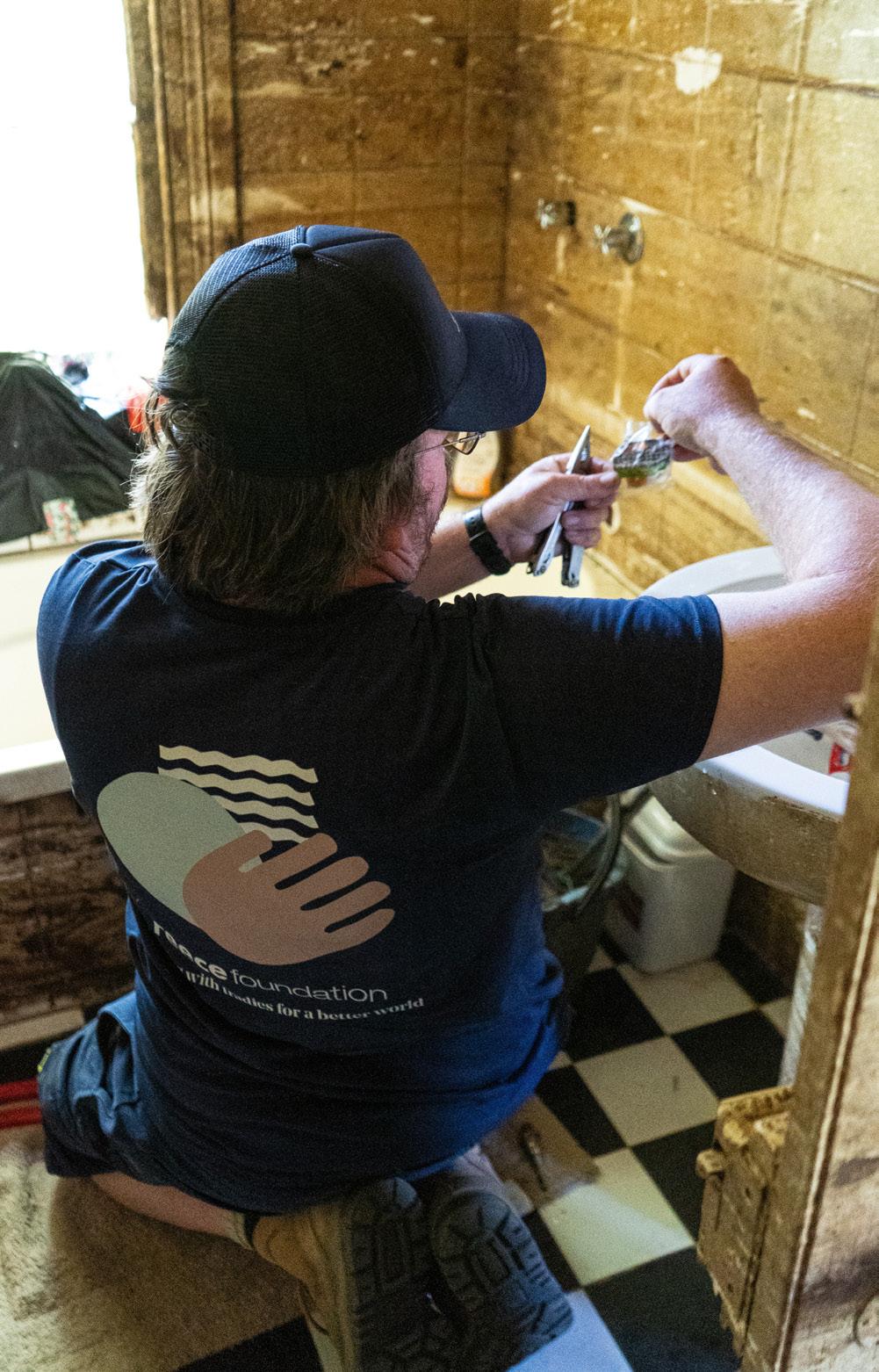
Clean water is fundamental for quality of life, and trades play a vital role in helping communities access this precious resource. Together with sanitation, it has a positive ripple effect – children can go to school with access to toilets and women are empowered to access an education. That’s why Reece created the independent charity: the Reece Foundation.
Get involved: The Foundation works as a team and knows it cannot solve this problem alone. If you have a project idea that will improve water and sanitation for a community, the Foundation wants to hear from you.
Volunteer: Tradespeople have unique skills that can change lives. The Foundation connects tradies who want to give back to projects that use those skills to amplify the impact a project can have. If you sign up to their mailing list you can be contacted with opportunities.
The Reece Foundation Grant supports projects both internationally and locally. It started in 2016 after customers were coming to Reece with ideas to help local and overseas communities. It was a way to provide funding and materials for these projects. Each year, the Grant had more applications and interest from tradies. It soon became clear the Reece Grant needed to evolve into something bigger.
2016: Reece Grant is established to support healthier, brighter futures for the next generation, in Australia and abroad.
2017: Jack Timmins completes a project in Indonesia that helps more than 700 community members gain access to water through a rain water catchment and filtration system. The Reece Grant supports six projects.
2018: Adrian Lockley travels to Haiti to build rainwater tanks and capture water around a school. The Reece Grant expands to support 21 projects.
2019: John McComb installs flushing toilet suites, basins and taps to a school in Uganda to help prevent diseases. The Grant is supporting 29 projects.
2020: Following Australia’s devastating bushfire season, the Reece Grant dedicates all fundraising support to 24 local communities that needed to rebuild.
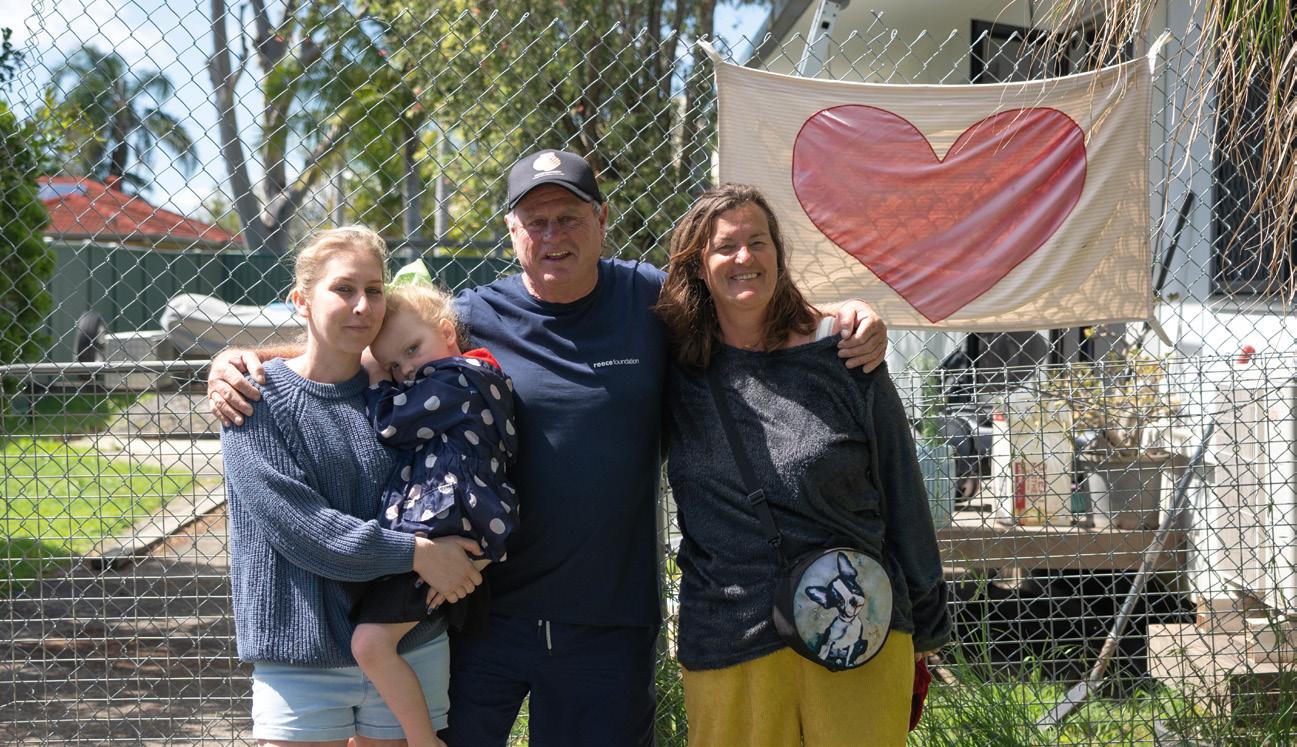
2021: Reece Group launches the Reece Foundation. With its own revenue stream and resources, the Reece Foundation supercharges the work done with the Reece Grant, connecting more communities and partners with the invaluable skills of volunteer tradies.
Contact: www.reecefoundation.charity/ get-involved
Retail
Jim’s Pool Care has reached a milestone: 125 franchisees across Australia, which is impressive growth considering the pool franchise division only started14 years ago.
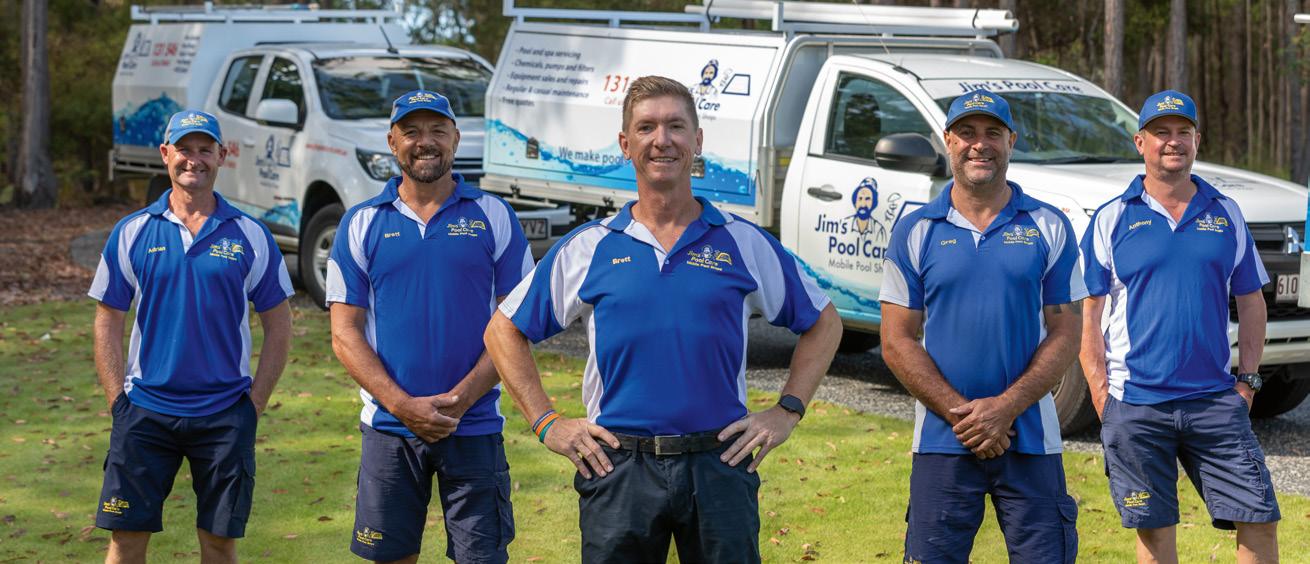
The Jim’s Pool Care division began in 2004 in Western Australia and was taken over by Brett and Kelli Blair in 2008. Since then, the Blairs invested time and effort into improving the system and have added value to the division by creating a community where all
franchisees can be a part of a supportive and encouraging environment.
Brett Blair says that, with improved supply chain relationships and with the extra care and attention of the local franchisors and suppliers, the team has been able to offer their customers a wide range of innovative products and services in recent years.
“It has been great to see this Jim’s division grow and we appreciate all the support from our franchisees, franchisors and amazing suppliers. Of course, we owe a big thank you to our thousands of swimming pool customers and pool owners around Australia, who use our services every week,” he says.
Contact: www.jimspoolcare.com.au
Jeremy Ashton is joining the Naked team, starting January 10.
Known as Jez to his friends, Ashton has experience in the retail side of the pool and spa industry and spent the past five years as Victorian sales rep for Spa Electrics.
Naked director Darren Milne says Ashton is a walk-up start for Naked Pools in Victoria.
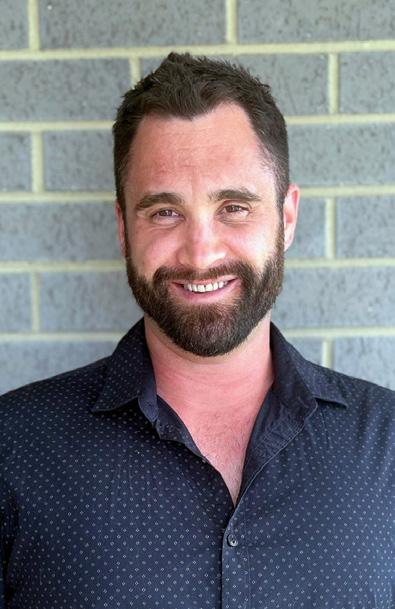
“He already has plenty of hands-on experience with the freshwater solution and great relationships with the many builders and retail stores throughout the state,” he says.
Ashton loves spending time with family, camping and four-wheel driving.
SafeWork Inspectors have begun visiting excavation sites throughout New South Wales to ensure safety and remind those excavating about the Before Your Dig Australia requirements.
Head of SafeWork NSW Natasha Mann says that SafeWork’s excavation and earthmoving plant safety program will continue until April 2023, after an increase in La Nina-related excavation incidents due to the deterioration of ground conditions and a rise in other incidents involving earthmoving plant.
“Excavations on construction sites and farms are high-risk activities. Risk management precautions must be in place with conditions continuously monitored,” says Mann.
“Business owners, site managers and supervisors must consult with workers to fully assess potential risk and complete a Safe Work Method Statement before any excavation work starts, ensuring trenches are safe from collapse.”

She says workers can be severely injured if they are struck by earthmoving equipment or if their equipment comes
into contact with electrical assets.
“Digging blind is one of the main causes of electrocution,” she says. “So SafeWork NSW is collaborating with Before You Dig Australia to increase awareness of their free service. Before starting any excavation, check with Before You Dig Australia so you know the location of utilities and services.
“Proper planning before work begins and ongoing monitoring of ground conditions is essential, especially following flooding or heavy rain. If in doubt, we recommend consulting further with a geotechnical engineer. The consequences of failing to properly assess site conditions can be fatal.”
In June this year, a 19-year-old apprentice was seriously injured clearing a trench on a residential building site. He was positioned within a two-metrehigh unsupported trench when a section collapsed. The worker sustained multiple fractures and needed to be rescued by other workers on site.
Contact: www.safework.nsw.gov.au; www.byda.com.au
Jeremy Ashton Brett Blair, centre, took over the division in 2008 with his wife Kelli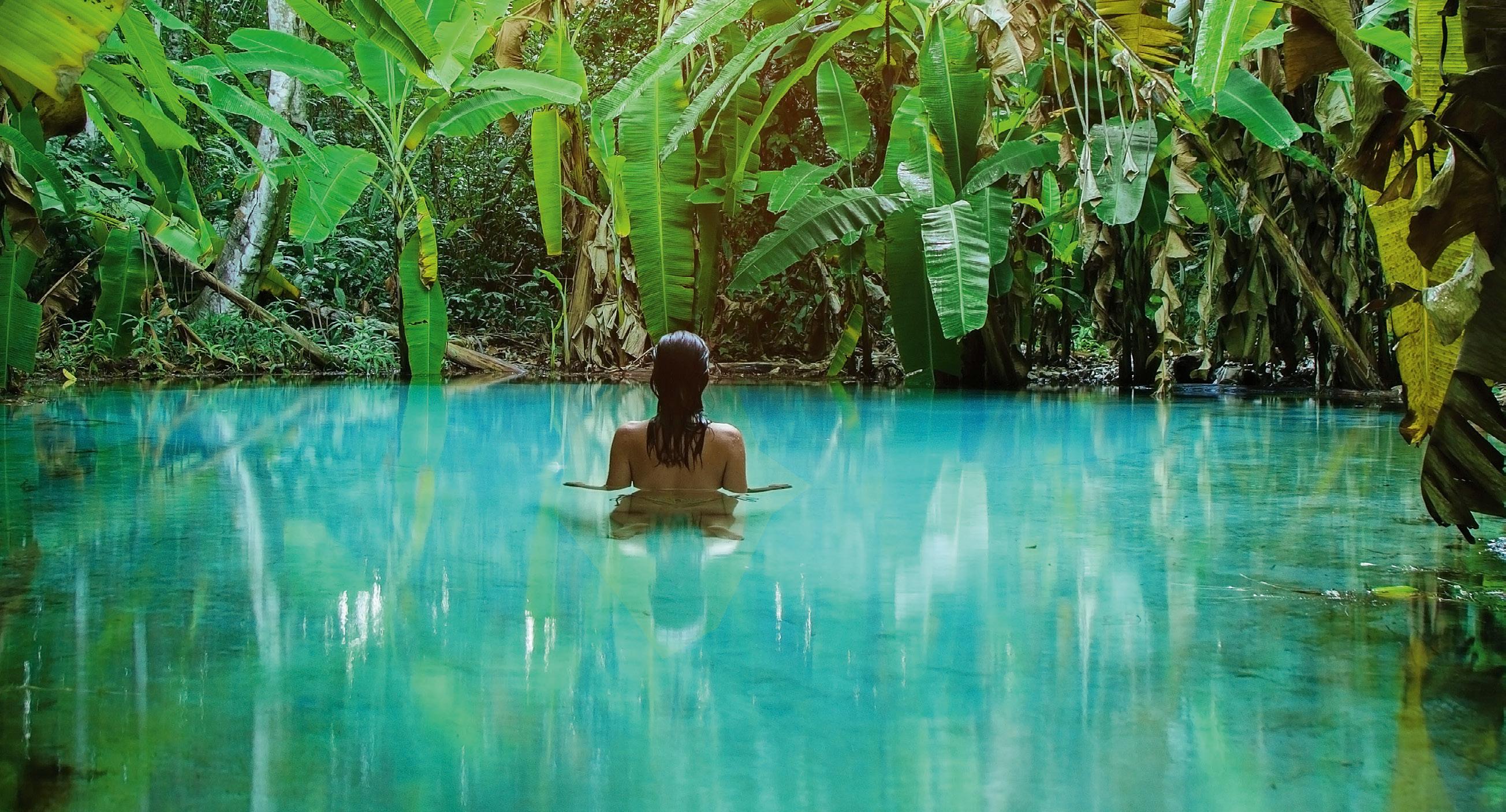


At SPLASH! 2022, CEO Valentina Tripp informed us about what Davey has learned from the past two years of upheavals, and how they are preparing for the future.
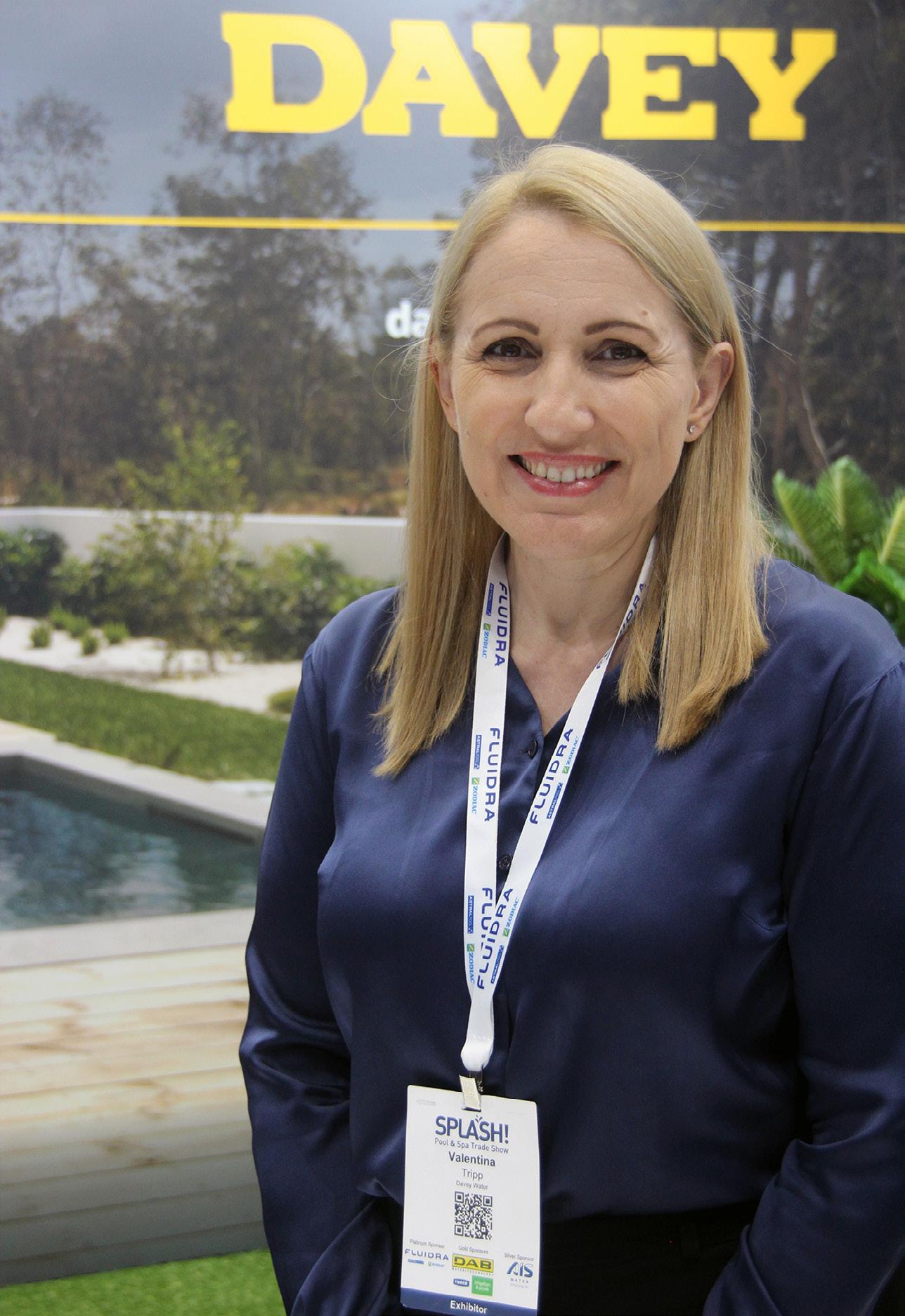
It’s been a challenging couple of years, especially for our industry with global supply chain shocks and challenges right across the world.
However, at the same time we’ve seen demand go through the roof as well – as people reconnect with their families through leisure, and the health and wellness aspects have been dialled up through this pandemic period.
So for us, responding to that has been critical – and ensuring that we have enough inventory and enough planning in our factory to make sure we can meet demand.
We’re seeing some major supply shocks, particularly around key raw materials like ruthenium, some of the plastics and PCBs – there are global shortages of PCBs.
It’s been really wonderful to see our planning teams look forward and secure supply over the next couple of years. It’s been a really important investment for us to make sure we are long on supply – to make sure that we can serve our customers through this global uncertainty.
We’re seeing these global uncertainties will continue – and it’s really about planning two, three years out, to see what that looks like and making sure we can take some of that instability out, for our network and for our customers. So we don’t see it going away anytime soon. In fact, it’s probably going to worsen a wee bit before it gets better.
But for us, it’s really about long-term planning, and thinking about what the next generation of products are going to be – and what our customers, what our distributors, what our dealer partners are looking for, and planning for the future.
We’ve noticed a number of big trends that are impacting our R&D, our investment in our new product pipeline and the work our engineering teams are doing both on product and in our factory.
In particular, a lot of it is actually coming out of our European business around energy efficiencies, the impact of climate change, and what that is going to mean for our products and how they perform out in the field.
Ruthenium is used in the electronics industry for chip resistors and electrical contacts. Ruthenium oxide is used in the chemical industry to coat the anodes of electrochemical cells for chlorine production. Ruthenium is also used in catalysts for ammonia and acetic acid production.
“I’ve had a pool for 20 years, and this year it probably got the most use ever.”
It’s wonderful.
I’m new to Davey – I’m a year and a half in. So it is my first trade show here in Australia.
And obviously, after a number of years of not being able to connect as an industry and as a dealer network as well, it’s been really hard.
So it’s wonderful to see such amazing attendance, some great connection with all the industry partners and stakeholders. And the huge amount of interest in the products, particularly connected products that were showcased.
We’re also seeing the big ESG shifts [Environmental, Social and Governance] right across our business. We’re looking to make changes to ensure water efficiency, energy efficiency and global, sustainable ethical supply chains become top of mind.
Some of the bigger trends around connected products and easeof-use have been core to developing our new products. We’ve just launched the Lifeguard product here in Australia, a fully connected system that you can run from your app every day 24/7. And it’s really making a difference. And I know personally it’s making a difference because I had one installed over Christmas!
I’ve had a pool for 20 years, and this year it probably got the most use ever. Because I could see exactly where my pool chemistry was at and where the water temperature was at. Then I text the kids – “It’s time for a swim kids, off you go!”
And it’s been wonderful. I can see connected products will really start to become the norm right here in Australia as they are in many of our other markets.
We see ourselves as a unique niche globally focused OEM in the pool and spa space. Our focus is on design-lead products that really going to meet end user needs in the future. And we’ve now organised our capability, our engineering teams to focus on the pool sector.

We have 30 people in our engineering and product development team right here in Australia, at our Scoresby facility, and we’re looking forward to seeing the pipeline over the next three years of exciting products that really meet the Australian consumer demand and the new requirements that we’re seeing in a connected world. n

These interviews, conducted at the 2022 SPLASH! Pool & Spa Trade Show on the Gold Coast in June, can be viewed at SPLASHTV at www.splashmagazine.com.au/videos. Additionally, further audio interviews will be available on the Ready Set SPLASH! podcast at https://splash.buzzsprout.com.
“We have 30 people in our engineering and product development team right here in Australia, at our Scoresby facility.”

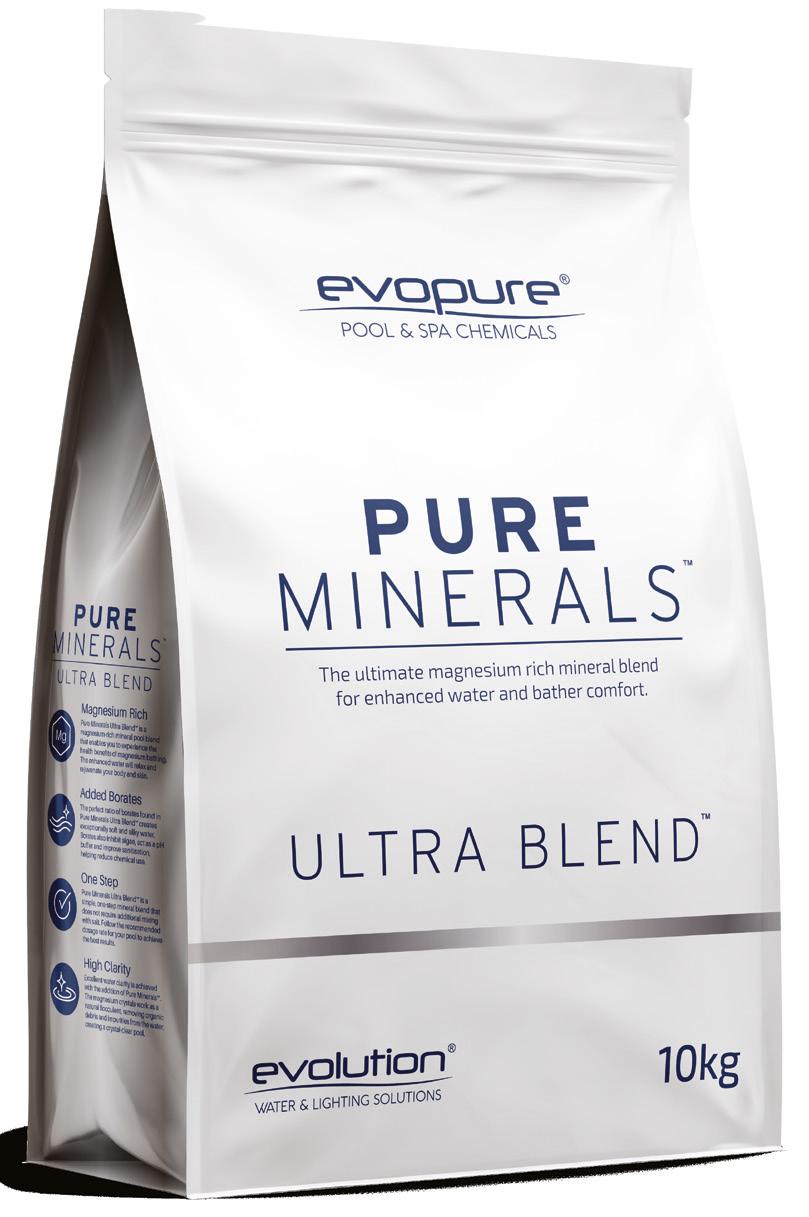

At June’s SPLASH! 2022 Pool & Spa Trade Show, International Quadratics director Eddie Lloyd talked about the company’s push into the secondary sanitation market, and the way it is being received in the marketplace.


At the moment we are really pushing into secondary sanitation as a big trend in the marketplace.
And our key hero product around that space is Quantum AOP photocatalytic oxidiser – but for short, it’s the world’s most powerful natural steriliser. It works through splitting water molecules, H2O into HO, which is creating hydroxyl free radicals, a highly reactive molecule, the most powerful way of removing viruses and bacteria within the water.
How has it been received?
Tremendously. We keep expanding the range within that secondary sanitation space for pool sizes and average pool sizes. So we’re going to have a 110 watt unit for large pool sizes, all the way down to a 35 watt unit down to your small backyard pools and spas, so it’s been received tremendously.
Yeah, super excited. I mean, it’s been four years since we’ve been able to be back here and a lot’s happened from a product innovation space within our team, from automation and controlling your pool from your phone, all the way through to that secondary sanitation market and really stitching that all together to provide a solution to the pool owner.
So super excited to be able to profile that over the next couple of days. n
And we’re also able to clarify the water which is really unique to us. There’s a general trend in the marketplace for healthier water with high efficacy rate of killing of viruses and bacteria. So the quantum was a natural fit for that solution.
On November 1, 2022, IQ and Dontek joined the Reece Group . Both businesses will continue to operate as standalone businesses within the Reece Group, retaining existing names and branding. For more on this story go to page 14.
“There’s a general trend in the marketplace for healthier water with high efficacy rate of killing of viruses and bacteria.”The IQ stand
At the 2020 SPLASH! Pool & Spa Trade Show, we caught up with Focus Products managing director Stephen Humphris who described the company’s journey through the past couple of turbulent years.

It has certainly been a challenge. In my 26 years, it’s probably been two of the hardest years for stock supply. Anything from China to here has obviously been hard, and even when it actually gets here, you still have to get the stock all around the country.
Oh, absolutely. And also at the end of covid, or at the end of the covid lockdowns and all that, we also had a salt shortage on the East Coast. So that put us back to the 1970s when we were actually putting chlorine in pools every day again – which was a flashback in time.
So it’s been a challenge upon challenge upon challenge. You really had to stay on your toes. And we certainly did our best there.
Yeah, to a point. You know, it’s hard to know what the new norm is. But we look forward to it!
It’s probably easier to get stock now. It’s still quite expensive – but slowly but surely, the shipping lines are coming back on, their prices are decreasing slightly, but it’s always hard to drop back to those pre-covid costs. Because everyone’s pretty keen to hold on to that high pricing. And with the shipping lines around the world, there’s fewer and fewer. So that makes it harder again as well.
Well, it’s great to be back!
You know, after all these years it feels like so long ago, and it’s just great to see everyone face to face in the industry again – not on Zoom calls and all of that. So yeah, great to see everyone, and there’s been really good numbers.
We look forward to the next one. n
So it’s been a challenge. But really, the key thing is Stock is King. You know, if you don’t have it, you can’t sell it. And so we put big efforts into actually getting stock on the ground for all of our clients.
These interviews, conducted at the 2022 SPLASH! Pool & Spa Trade Show on the Gold Coast in June, can be viewed at SPLASHTV at www. splashmagazine.com.au/videos. Additionally, further audio interviews will be available on the Ready Set SPLASH! podcast at https://splash. buzzsprout.com.
Stephen Humphris“So it’s been a challenge. But really, the key thing is Stock is King. You know, if you don’t have it, you can’t sell it.”
You can expect consistently clean, clear and hygienic pool water thanks to the Davey ChloroMatic Lifeguard, with acid dosing, chlorination and even pool temperature, which can all be scheduled from the app.
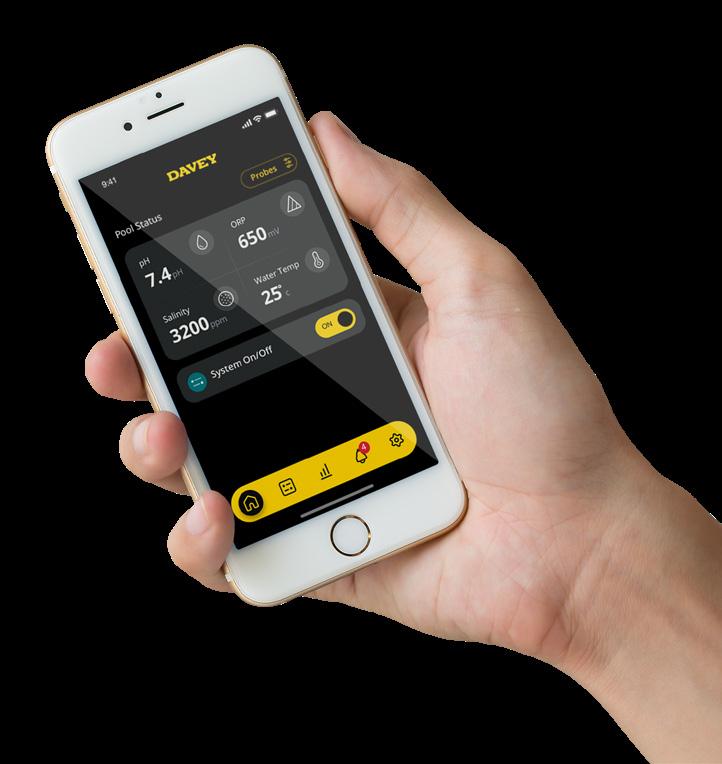
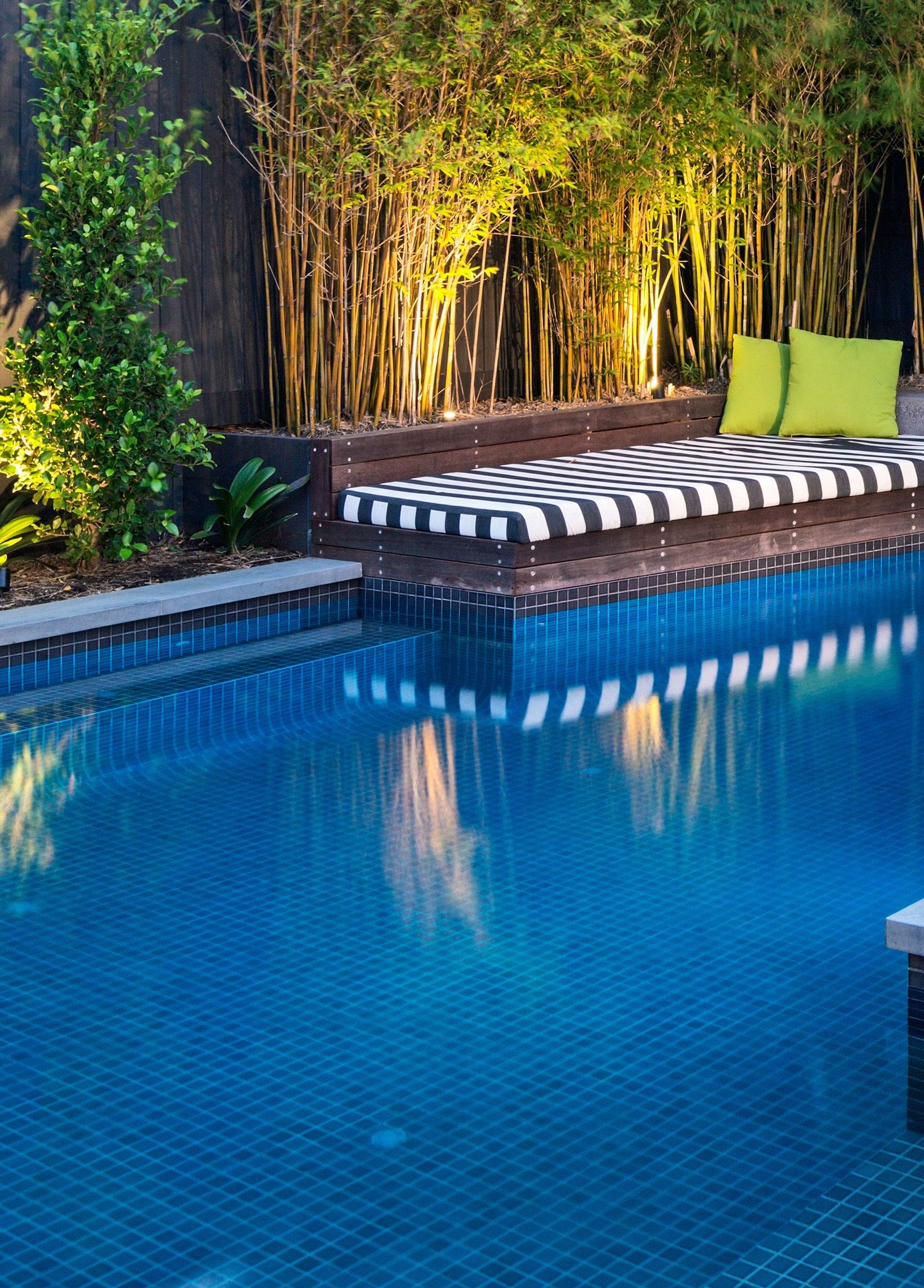
You can Depend on Davey.












But when that all happens in a rush – and you get what you wish for – sometimes it’s not as easy as you thought it might be.
So there’s definitely been challenges. Labour shortages have been a real key problem. And I think that’s an ongoing thing. And obviously, everyone’s been affected by supply chain issues. That is a global thing.
So yes. Busy, challenging. Big, is how I’d sum it all up!
Ithink WA has had a pretty unique covid experience – the last couple of years has probably been very different for us than the rest of the country. We had our little bubble going on there behind our hard borders – and that certainly had benefits – but it also made dealing with our customers on the East Coast and in New Zealand – and anywhere else in the world other than WA – very challenging.
And I think on a personal level, we all have stories of separated families. And it was interesting from that perspective.
From a purely business perspective, I think the industry in WA has been going gangbusters.
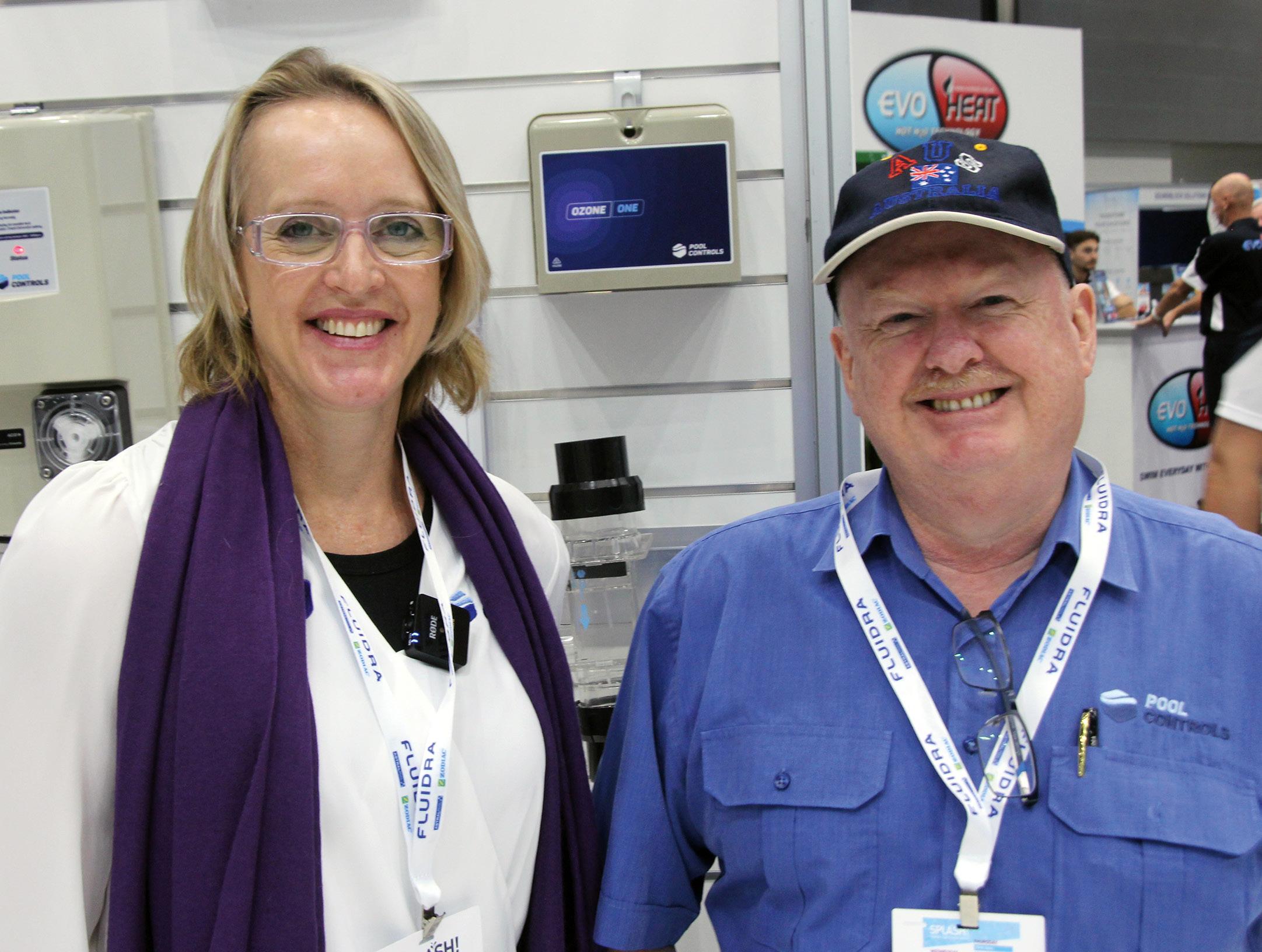
That’s brought new stresses. I mean, in the past, everyone, all they ever wanted was to be busy, busy, busy.
Well, of course, we’re in manufacturing. And I think manufacturers and suppliers have been affected as much if not more than other players – just getting a hold of components and pulling it all together.
I think perhaps for Pool Controls, we’ve been a little more nimble and agile than some of our competitors,
“From a purely business perspective, I think the industry in WA has been going gangbusters.”At the SPLASH! trade show in June, we caught up with Pool Controls director Liz Hollingdale, and chatted about supply chain issues and managing the growth in the WA market over the past couple of years. Above: Pool Controls director Liz Hollingdale with Terry Hunter
and we’ve been able to wiggle through okay. But yes, it would be a little bit painful. We have all this demand for our products and yet it’s so challenging to fulfill that. We’ve done our best – I think there’s not many people we haven’t been able to give them what they needed.
So yeah, happy days, and we’ve certainly had incredible growth.
I have to give a really big shout out to my team who have really stepped up to meet that challenge – we’ve made and delivered more of our product than ever before.
We’re showing everyone our new Ozone One injection system. We’ve been supplying ozone pretty solidly for the past couple of years, and our new system uses the Q-foil injection manifold instead of the old “agricultural” venturi system. The Q-foil is our innovative take on the hydrofoil principle, generating an area of low pressure to draw the ozone into the water flow to complete that part of the sanitation process.
I believe that there’s going to be sort of a plateauing of demand. But obviously, there’s a super strong pipeline for new pools – a lot of pool builders booked out well into 2023, which is sort of unheard of, I think, in living memory.
But as to what happens after that, I think we all have to keep an eye on the longer term, trying to peer a little bit over the horizon – not just hurtle towards it.
And obviously macro-economic factors, rising interest rates, competition for discretionary spend –and the obvious one is international travel becoming an option now, and it hasn’t been for the past couple of years.
Maybe demand overall will drop off, but the industry is strong.
I suppose the other concern I have is the construction industry as a whole – of which the pool industry is a key part – and I think there’s some massive stresses and strains and we have seen some larger building companies come to grief. Whether that has a knock on effect for our industry is yet to be seen. So it’s not trouble-free – there are some clouds on the horizon, but hopefully we’ve got a decent sized umbrella.
The beauty of the Q-foil is that it has no moving parts to corrode or fail. We also manufacture it in a clear plastic so you can see what’s happening. We’re just completing our extensive field trials but it’s going really well and everyone is loving the fact it’s compact, easy to install and you can see what’s going on.
And of course we still do all the chemical dosing and salt chlorination, mineral salt chlorination, and obviously our specialties are in the low salt end of the spectrum.
Oh, well, it’s good to be out. It’s very exciting. There’s a real buzz.
And I think everyone is delighted to be here. Connecting on a personal level is as big a part of doing business. I think that’s always been the case with a pool industry – it’s a very people-related industry.

A lot of familiar faces, some looking a little worse for wear [haha] but they’re all all here.
That’s great. It’s great to see. n
These interviews, conducted at the 2022 SPLASH! Pool & Spa Trade Show on the Gold Coast in June, can be viewed at SPLASHTV at www. splashmagazine.com.au/videos. Additionally, further audio interviews will be available on the Ready Set SPLASH! podcast at https://splash.buzzsprout.com.
“We all have to keep an eye on the longer term, trying to peer a little bit over the horizon – not just hurtle towards it.”
“There are some clouds on the horizon, but hopefully we’ve got a decent sized umbrella.”As well as being director of Pool Controls, Liz Hollingdale is president of SPASA WA, which recently voted to join SPASA Australia. For more on this story go to page 10.

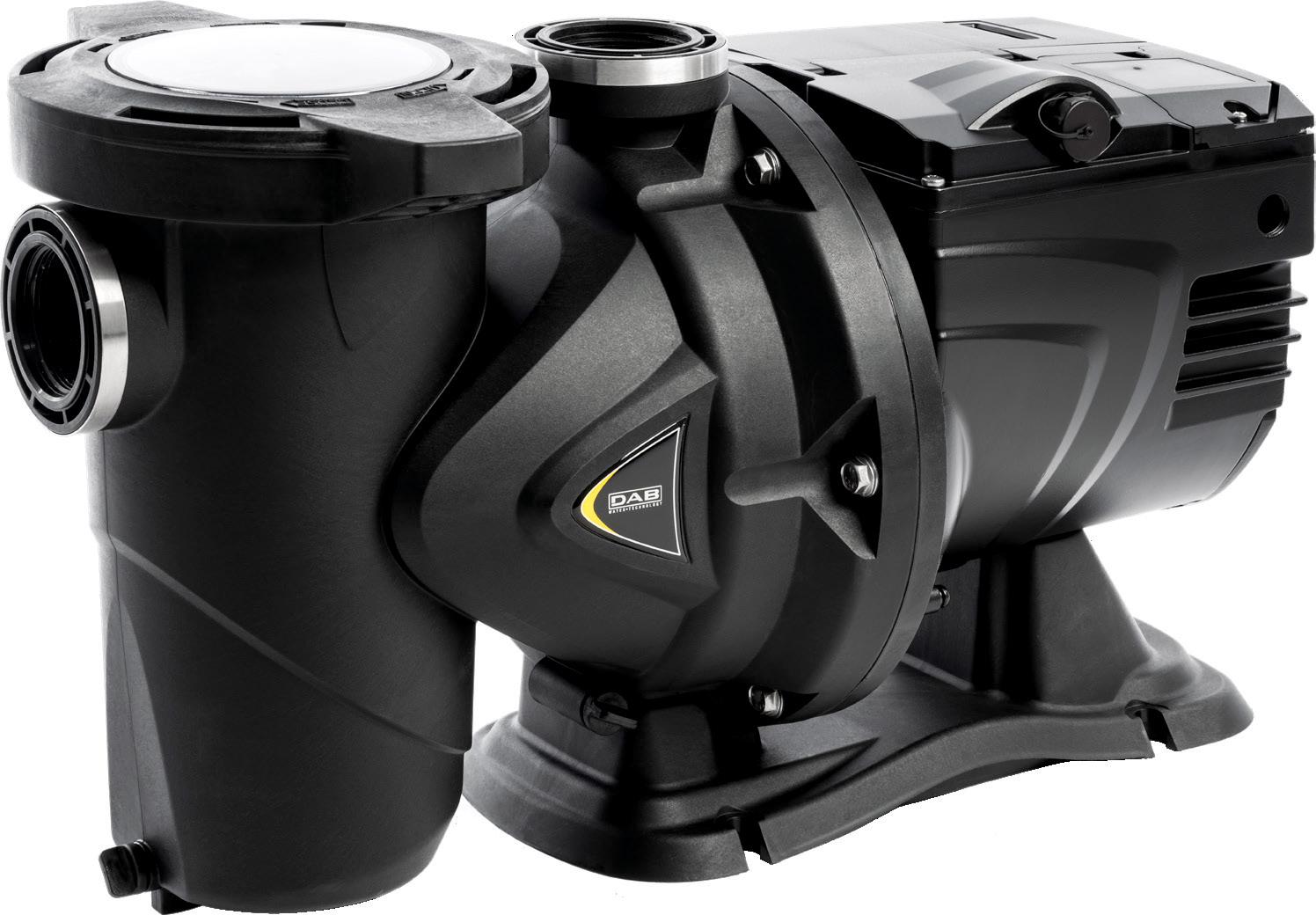



The latest thing is the Parallel Pursuit – which is two slides racing each other. So from Go to the photoshoot at the end, it’s always exciting. It attracts people back to parks when they’ve got that type of competition.
The other interesting new product would be the Flow Surf, which allows people to surf with a real surfboard with a fin in deep water, but on a stationary wave, like our Flow Rider, for example. It’s an advancement of that – it’ll be a game changer in the market, and that is something super new.
The recent slide we just installed in Wet’n’Wild on the Gold Coast is the Master Blaster. And that gives people two ride experiences in one, so they get blasted uphill with water pressure. So you get one ride going uphill, and then they get to the top and have another ride experience coming downhill.
One of the other newer products that we’re putting in locally in Palmerston in Darwin, is a variation if you like of our Aqua Play structures, but this one’s called Aqua Course. So it can be wet or dry. But it’s a little bit like the Ninja Warriors type of program that we’ve seen. So a challenge, but totally safe and the guests are locked in a harness. And we’ve got parking bays if they panic, so they can slide the track and stay there until they’re confident or be rescued or they can continue with the challenges.
Jim Corbett“It’s a little bit like the Ninja Warriors type of program that we’ve seen. So a challenge, but totally safe and the guests are locked in a harness.”
SPLASH! caught up with WhiteWater Australia director Jim Corbett at the trade show and asked him what was in store for the coming summer.
So that’s been very popular. And a lot of local aquatic centres, for example, are showing interest in that product. And that’s where this first one is going – into Palmerston Aquatic Centre. But other councils are very interested in that activity because it keeps people’s interest.
So that’s pretty much the new sort of products for this this coming year.
And then of course, on top of that, is our Endless Surf, which are the large surfing pools where you ride proper surfboards. We’ve got the first one going in here on the Gold Coast in Southport, at Parkwood. And then another one in Port Douglas, and one in the very first indoor waterpark in Australia – which will be in Melbourne.
And that’ll be a very interesting project because we’ve got an indoor park designed almost like an airport lounge, so that the parents can sit with their computers in the mezzanine floor, but overlooking their children playing in the waterpark, and it will be heated.
People can go there and just enjoy themselves and have fun. And that’s what we’re about – having fun! So that’s a pretty exciting project, and it should kick off later this year.
It’s been quite a struggle with that job, getting all the approvals. So we’re really excited about having it happen in Australia. n

Most of the interest we’ve had at the show has been for our core value products like Aqua Play, Aqua Splash; and splash decks and big bucket structures are still very popular.
We’ve had a number of representatives from local government and aquatic centres, all looking for leisure water components. And so that’s probably been the most interest that we’ve had, but still a lot of interest in Flow Surf and people asking about it.
This was our first SPLASH! show that we are trying – and we’ve had a lot of interest. Of course, a lot of our existing clients come here to see filtration and other products associated with their aquatic centres. And they see that we’re here so they stop by and have a chat.
So for us, it’s fantastic. We’ve had a good result and the first day was incredibly busy. So we’re very pleased with that.
These interviews, conducted at the 2022 SPLASH! Pool & Spa Trade Show on the Gold Coast in June, can be viewed at SPLASHTV at www.splashmagazine.com.au/videos. Additionally, further audio interviews will be available on the Ready Set SPLASH! podcast at https://splash.buzzsprout.com.

ABOVE: While challenging, the curved piece of glass for the spa spill-over makes a dramatic effect
Sydney-based pool builder and landscape contractor Transform Pools and Spas has won the most coveted award in the Australian pool and spa industry for 2022: the SPASA Australia National Pool of the Year Award.

The project is a visually stunning pool, spa and landscape using multiple levels and zones to accommodate the owners’ desire to enjoy the outdoor space and entertain with friends.
other way – offering curves and natural lines as a counterpoint to the existing sharp lines.
The more fluid concept, which was based on a leaf motif, was the design that captivated the owners.
“The second design was curved and offered a more dimensional effect to the pool and landscape,” says Bruni.
The design sits proud out of the ground, enabling it to become the centrepiece of the property, a delightfully curved feature to be enjoyed from every angle.
“We always wanted it out of the ground,” says Bruni. “I wanted it to look like it was floating, so it had to look clean along the edges – there are more than 20 metres of wet edge along the circumference of the pool and spa.”
A lot of time was spent making sure the wet edge was perfect, and many hours were spent on the tiling.
“The challenge was to try and get a curved piece of glass 100 per cent right for the spa spill-over,” says Bruni.
After visiting the site and discussing the requirements with the owners, Transform Pools and Spas director Luke Bruni and his team came back with two designs.
One design was a more formal resort style pool and landscape, playing off the square lines of the house architecture. But the more creative design went the
The 15,000 litre ballast tank was situated underground beneath the plant room from where it runs back through the filtration system to the pool.
The owners really wanted a clean look and a low maintenance design that was still in keeping with the rural surroundings.
“They are very keen entertainers, and the main factor, really, was they wanted different zones for entertaining large groups at various times of the day and night.”
“They are very keen entertainers, and the main factor, really, was they wanted different zones for entertaining large groups at various times of the day and night,” says Bruni.
That includes the 150,000 pool, the raised 15,000 litre spa, a tiled beach, seats in the spa and the pool, a curved sunning deck with round steps, plenty of landscaped space around the pool and a fire pit in a sunken well with circular seating around it.
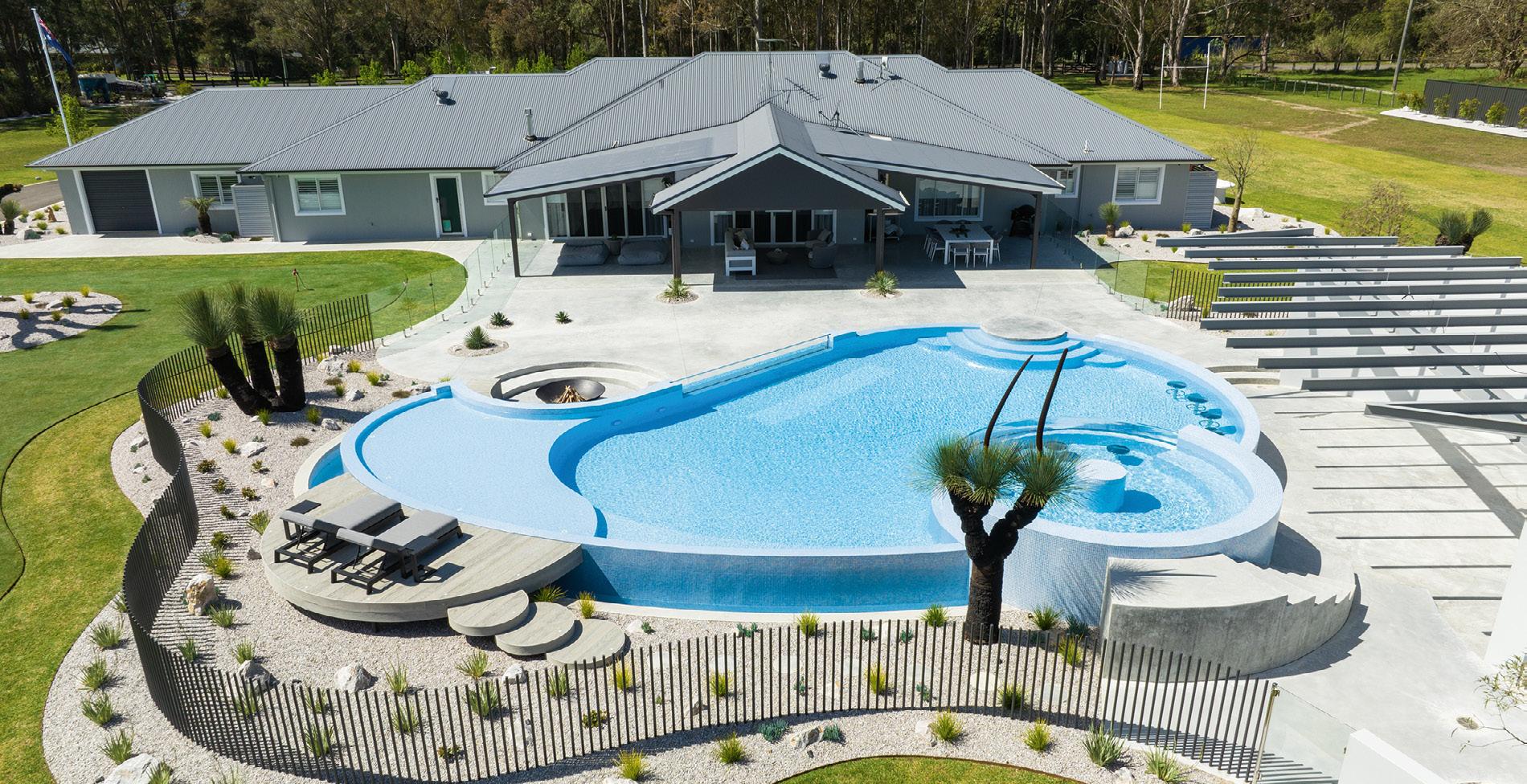
The site is on the outskirts of Sydney near Warragamba Dam, and was built during the worst flooding the area had seen.
Luckily the site was elevated so the rising Nepean didn’t adversely affect the build – but they were not so lucky with the rain.
“We had dug the hole and just as we sprayed the pool, the rain started. The pool had 80 cubic metres of concrete, and the rain just kept coming.
“We covered the site, and the pool was constructed under tarps for the majority of the build. It was the most challenging project we have done to date,” he says.
Bruni started his career as a carpenter, but soon added landscaping to his portfolio. He then became a builder before turning his hand to constructing pools.
“We’ve been in the industry for a long time now and really enjoy building pools – so that has become our focus over the past few years.”
ABOVE: The chosen pool design was based on the shape of
LEFT: The space is built around a series of five-metre curves, softening the sharper angles of the home

“We had dug the hole and just as we sprayed the pool, the rain started...the pool was constructed under tarps for the majority of the build.”
a leaf
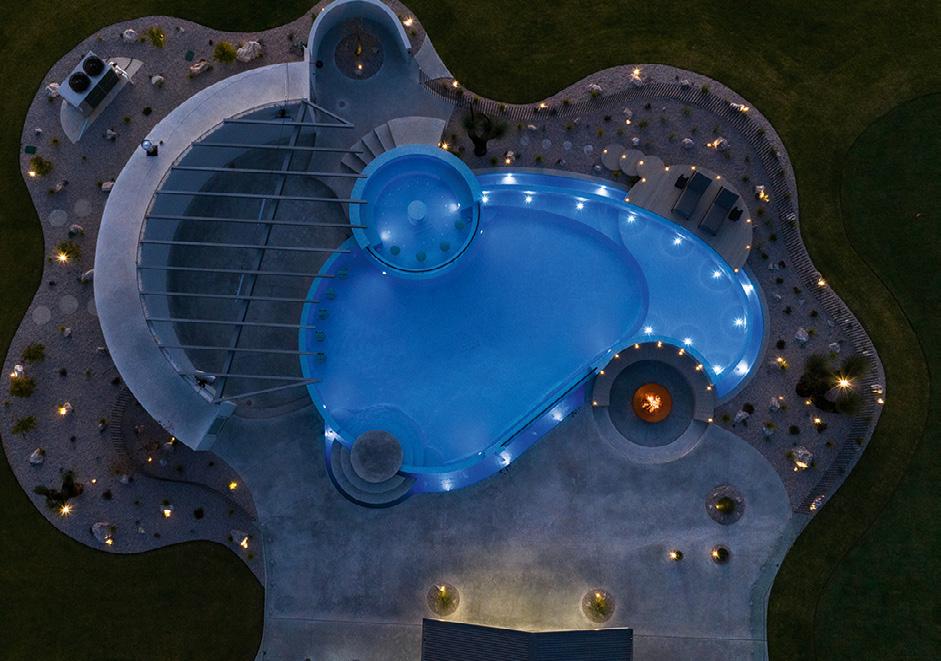

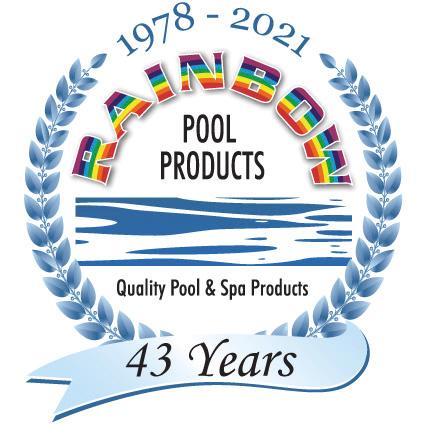
Transform Pools and Spas builds between 20 and 30 pool per year – all custom designed for the Sydney market.
“The main priority as we see it, is how much use an owner will get out of their pool. So we like to have lots of various ways our clients can enjoy their pools.”
Bruni is excited by the recognition of winning the Pool of the Year, and sees it as a confirmation of their professionalism, and an acknowledgement of their creativity and dedication to quality builds.


“It also adds to our credibility to show how we can handle all styles of pool designs and builds,” he says.



With a background in landscaping, the treatment of the space around the pool was considered very important to finalising the project.
“The whole of concept of the job was to overcome the squareness of the existing site and add some creative flair. The place was really plain and square, so the main focus was to make it curved including a series of five metre radiuses, not just in the pool but in the overall landscaping so it became like a recurring pattern, which is pleasing the eye.

“We didn’t use a lot of planting, rather concentrated on big feature trees – native designer plants, hardy drought tolerant trees such as grass trees and bottle trees.”

The result is a fully integrated pool, spa and landscape –elevating the property into a stylish and unique resortstyle space. n
Designed and built by Transform Pool and Spas
Pool surface: Ezzari mosaics
Pool cleaning: Cooke in-floor cleaning
Heating: 132 kW Rheem heat pump

Filtration: 11 Hayward pumps and filtration
Sanitisation: Hayward Omnilogic automation

Lighting: Aqua Quip pool lights
Features: Aqueaus bar stools, acrylic windows, custom in-spa table, infinity pool edge to the whole pool, beach area, raised spa
Contact: 0405 461 430; info@transformnsw.com; www.transformnsw.com
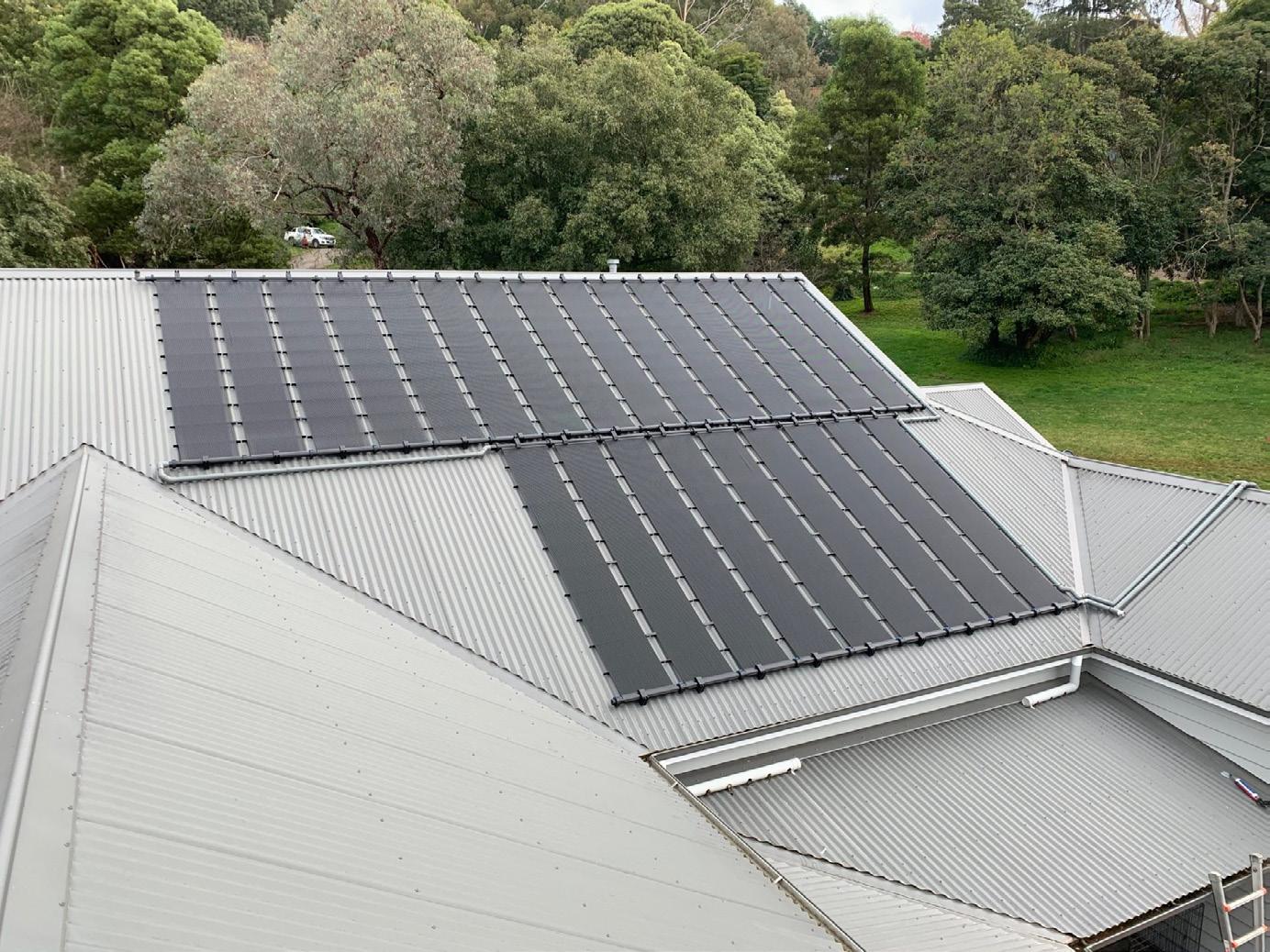
 By Veda Dante
By Veda Dante
ABOVE: The sloping Mount Martha site provided some challenges.
People are increasingly seeking a healthy home environment that is also visually appealing. This is even more the case since travel restrictions and public health orders have resulted in more Australians spending time at home than ever before.
One way to help achieve this when building a backyard pool is through the thoughtful design of a landscape that complements the built project.


The art of landscaping is the arrangement of nature’s raw material elements, like vegetation and planting, combined with nonliving elements such as exterior
ABOVE: A slot drain, which is pictured the at base of the steps, is an aesthetic and effective way of draining a large, paved area
Image:
A Total Conceptstructures, paving, and decking to create site-specific solutions that enhance the exterior spaces of a project.
Landscape architecture is sometimes described as a quasi-profession, a cross between art and a consideration of science. While the art side of the profession includes the creative ability to allow for the selection of shapes and colours within the design – the plants, paving, pool water, timber and paint that create an aesthetically pleasing palette – landscaping also includes more practical matters.
“Superficially, what we see as the end product — the shapes and colours — are important in a design but what is more crucial for the longevity of the project, is that the science of the design works,” says John Storch, landscape architect and swimming pool designer at A Total Concept.
“Ensuring that concrete has adequate steel so that it doesn’t fail, that fixings don’t rust and that drainage works, is nowhere near as romantic and creative as the selection of colours, shapes and plant species, but still very important.
“Often landscape architects may have great creative flair but don’t have the learned knowledge to ensure the finished product can weather the test of time.”
Beautifying the pool deck with plants not only adds colour and visual appeal but can also increase the value of the property. And, unlike paint that peels over time or interiors that change with trends, landscaping is one of the home improvements you can undertake that has a twofold benefit. It increases usability and enhances lifestyle – think of it as the elusive X-factor; it’s a comfortable space to be in but you don’t know why –and it also immediately adds real financial value to the property that increases over time.
TOP: Similar to the floor plan of a home’s interior, landscape plans like this one from COS Design, create a visual representation of a site using scaled dimensions

TOP RIGHT: Plant palettes are essentially high-level filters to narrow down the group of plants you are looking through. This is the palette for the Mount Martha project.
Image COS Design.While many owners will have a favourite plant species, they may not be the best choices for growing near pool water treated with salt or chlorine.

Rather than just selecting their favourite species or your own go-to species, peruse the latest books and magazines and select images in which the garden and landscaping have an overall appeal. Investigate what plants make up the images and start looking at their characteristics.

“Gardens surrounding pools provide one of the more challenging environments to grow plants in,” says Storch. “When planting adjacent to a swimming pool the design needs to be very closely thought through in regard to the plant species selected to ensure a successful garden.”
If the variable factors that determine a plant’s ability to flourish are not addressed in detail, a garden that starts off stunning may end up being short lived.
“The main reason of failure for planting around a swimming pool is due to not enough attention being given to, firstly, the situation in which the plants will be growing and secondly, the resolution of the problems associated with poolside planting,” he says.
The key to clever poolside landscaping is to find species that can withstand your pool’s microclimate, are easy to maintain, and still look appealing.

One: Carefully research any plants you choose to surround the pool as the environment they are being planted into is harsh to say the least. Pool-friendly plants must be capable of thriving in semi-shaded to full sunlight, tolerant of wind due to the normally exposed nature of pool decks and be able to withstand intermittent salt or chlorine exposure from pool splash. A lot of the native grasses such as Lomandra longifolia (native long grass) are great for contemporary, tropical, and native style planting designs.
Two: There are very few plants that will grow and thrive if planted immediately adjacent to a swimming pool and are splashed all day. If possible, a hob should be installed to restrict water flowing into the surrounding garden areas.
Three: Ensure that landscaping around the pool has good drainage to stop the build-up of water and chemicals. This can be achieved by installing effective agricultural (ag) drainage lines to remove water, or if the drainage cannot be improved, select plants that can handle brackish water such as Juncus usitatus (sedge reed).
ABOVE: Tall plantings help give dimension to the project while also providing privacy.
The Outdoor Establishments project in Cronulla that won the NSW Pool Landscape of the Year 2022. This contemporary swimming pool and spa is grounded in a sub-tropical, coastal garden, only minutes’ walk from Cronulla Beach. It was designed and built to accommodate all members of the family; the oversized spa comfortably fits eight adults, while the remaining eight metres of pool allows for plenty of room to splash and play. Generous poolside lounging areas open out onto a large lawn, firepit zone, and landscaped grounds – creating a beautifully integrated pool and garden project
Four: Install irrigation. It washes pool chemicals from the leaves and surrounding soils and prevents a build-up of chemicals. Salt, if left on plant leaves, can cause spotting, a burning of the leaf tissue and, if left to build up in the soil, will kill most plants.
Five: Softer tissue plants like Impatiens balsamina (busy lizzy) absorb water quickly and are therefore more prone to damage around pools from the chemicals in water.
Six: Plants with minimal leaf litter – and preferably ones without spines, thorns, or seed pods – will mean less time vacuuming the pool, less demand on the filtration system, and less injury to children.
Seven: The messiest plants are gum trees, which drop leaves, bark and twigs all year round, as do jacarandas, silky oaks and Illawarra flame trees — and, annoyingly, they often drop mostly through the warmer months while you’re using the pool! Instead, consider palm trees, cordylines and flax plants along with large leaved shrubs as these are easier to clean up and don’t drop leaves as often. In many instances these types of plants are more drought tolerant and require less water to keep them looking great.
Eight: In some cases – notably heated pools protected from prevailing winds – increased humidity levels and intense sunlight reflected from the water can create a harsh microclimate that puts plants under further duress – but the benefit of this is it creates an area where more tropical style plants can thrive.
Nine: While nothing can be done to prevent microscopic pollen spores from blowing into your pool, regular upkeep throughout spring will ensure they don’t wreak too much havoc on chemicals and filtration equipment. Regularly clean baskets during spring and summer, replacing any that are faulty, broken or not operating properly. If your pool is surrounded by high pollen producing plants, consider attaching a fine material such as cheesecloth or pantyhose to your skimmer to trap the pollen.
Regardless of where you live or what type of pool you have, selecting the right plants, shrubs and trees can significantly reduce maintenance and chemical costs and help create a stunning garden.
Drainage is one of the more important aspects of a design to ensure viability of a project. For many of us, the only time drainage is appreciated is when it is raining. The rest of the time it doesn’t really get noticed, especially if it has been designed and installed effectively.
Traditional drainage solutions are not usually attractive, so clever landscaping is often built around making it work while making drainage, if not invisible, at least concealed as best as possible or designed in a way that is aesthetically pleasing.
For COS Design director and design principal, Steve Taylor, drainage is critical to every landscaping project, especially on wet, sloping blocks.
“We always factor in drainage from the outset and with our award-winning Mount Martha project, this was especially important due to the property’s severe slope,” he says.
“Poor drainage systems not only compromise valuable infrastructure at a subsurface level but can also affect plants’ viability along with a swimming pool’s water chemistry.”
For the Mount Martha project, COS Design won Pool Landscape Award at the 2022 SPASA Australia National Awards of Excellence, as well as the Residential Landscape of the Year at the 2022 Victorian Landscape Awards. The pool was built by 2021 National Concrete Pool Builder of the Year, Laguna Pools.
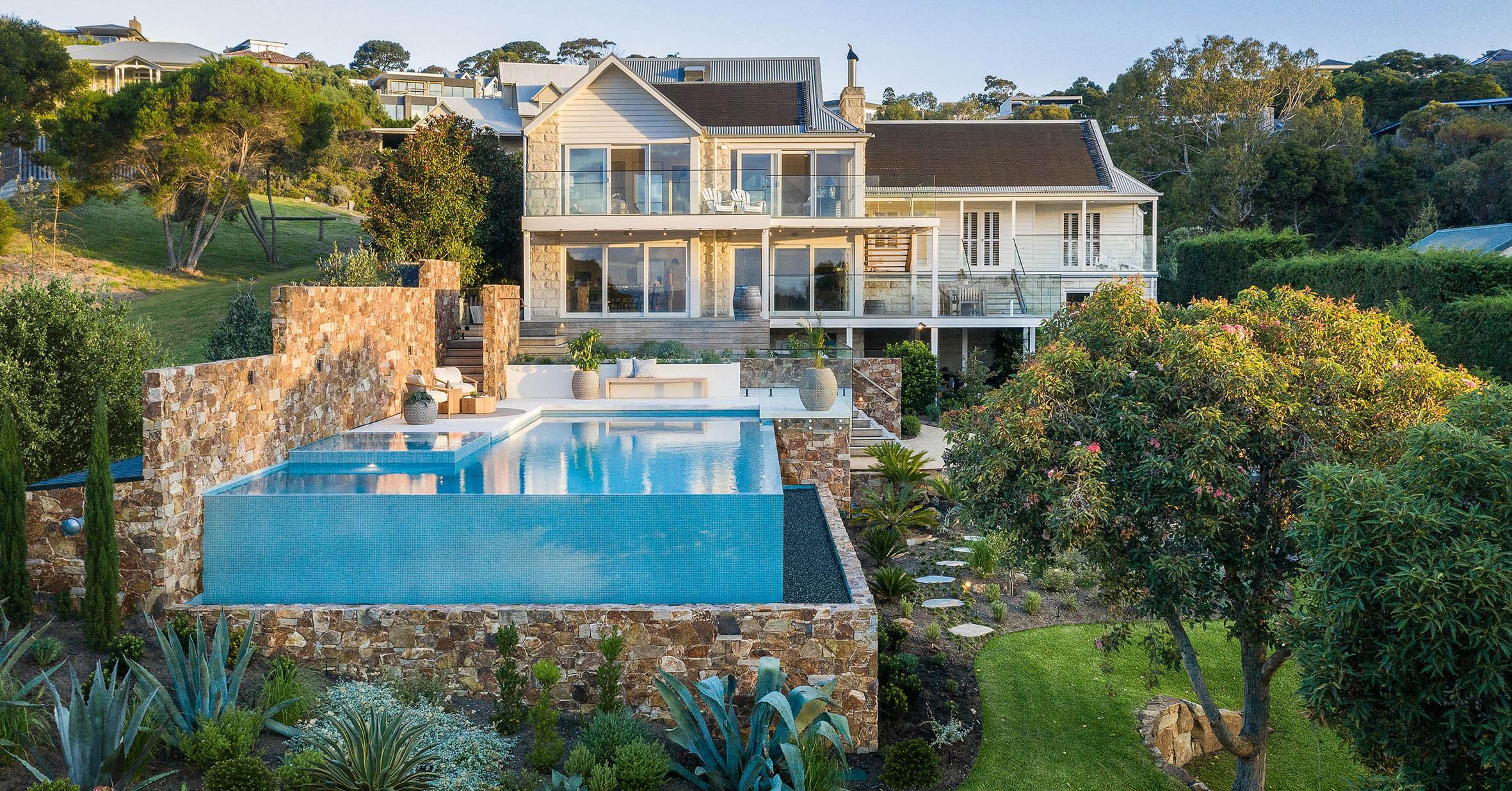
As Taylor explains, the landscaping plan for this project required a considered drainage plan for its modern Australian coastal garden theme and infrastructure.
However, the opposite of a steep slope drainage problem is a project that is not too steep, but too flat. In this situation, the problem is getting water away from the site quickly enough so it doesn’t back up and flood the site.
John Storch recalls a townhouse development that he was involved with many years ago.
“Each backyard had a pool and fencing around the perimeter with lots of gardens, timber mulch and lawn,” he says.
sales@bosssolar.com.au





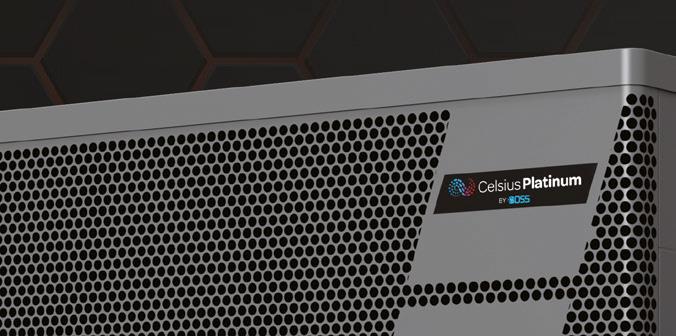




























www.bosssolar.com.au
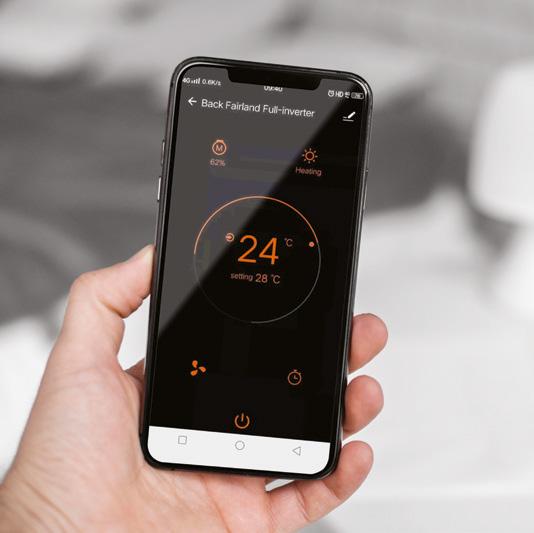


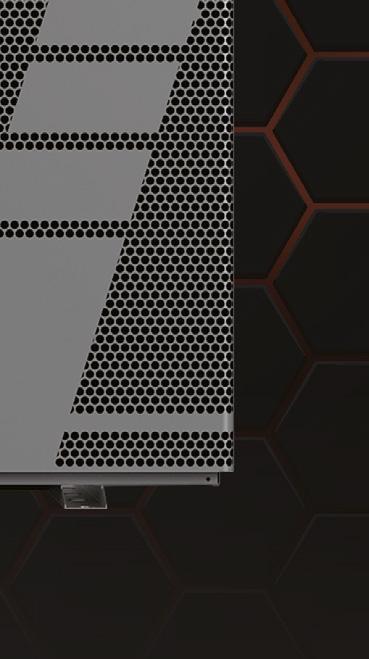




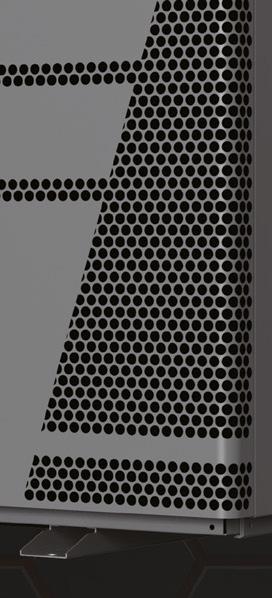
















































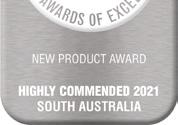

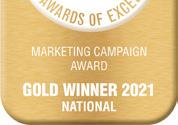
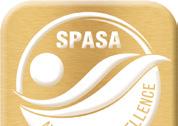


















The Queensland Pool Landscape of the Year 2022 winning project in Auchenflower, by Queensland Family Pools. This out of ground geometric pool area was designed to meet the needs of a family. Clean grey tiling combined with warm timber tones helped maximise the outdoor space in this split-level back yard. The sheer descent water feature was positioned to be viewed from the loungeroom with a bench positioned directly below to allow the kids to sit under the flow
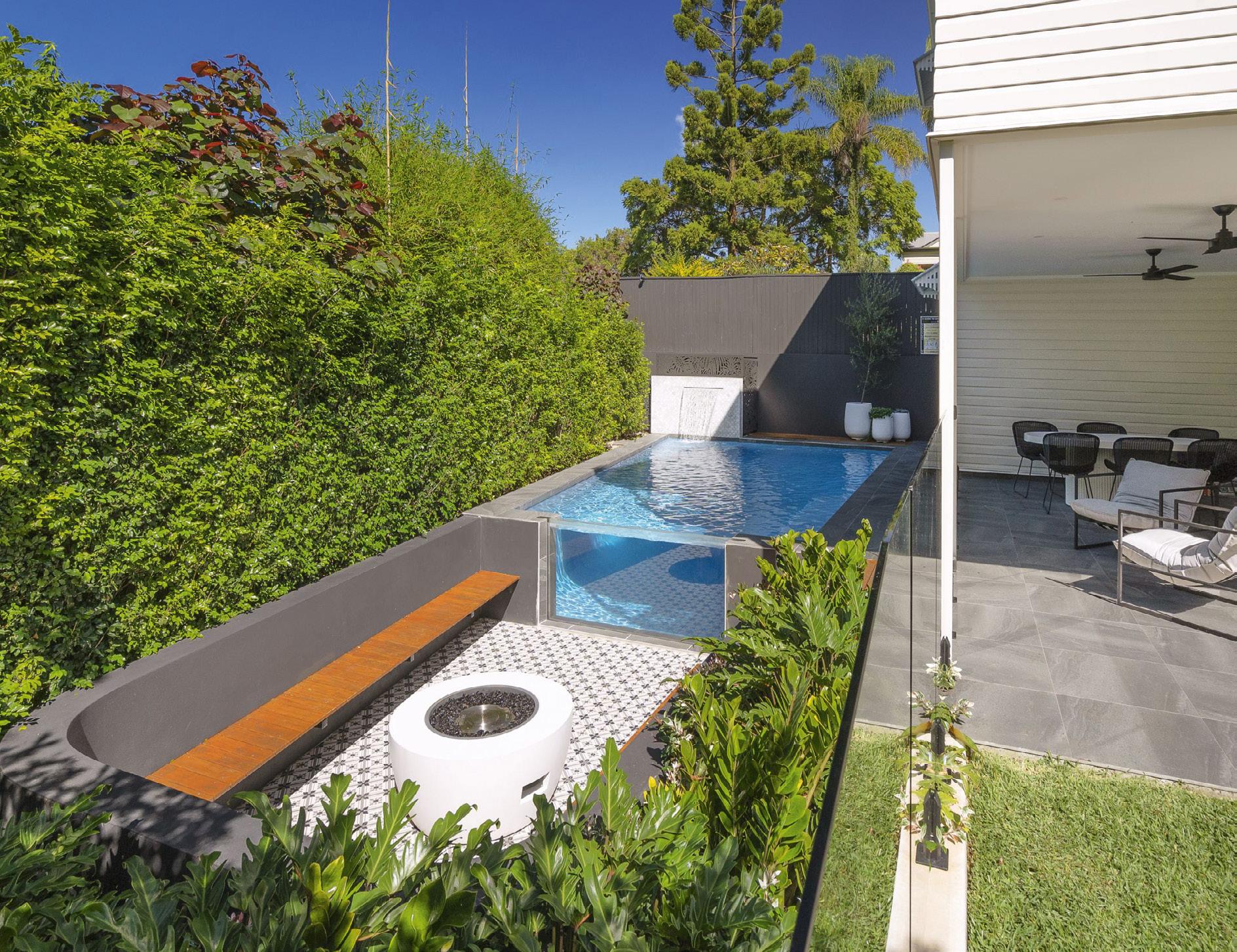
“The fencing acted as a dam to each townhouse. To ensure that rainwater was able to escape from each backyard, substantial drainage pits and stormwater lines were designed into the project – and that was the end of our engagement.”
The area had been in drought for several years and drainage was not in the builder’s foremost thoughts.
the investigation, modelling and design of hydraulic structures, most drainage problems experienced on residential properties are caused by the occurrence of overland flows during major storms.
“After the severe floods of 2011, the Queensland Floods Commission of Inquiry released a report with 177 recommendations. One of these recommendations was for councils to map all overland flow paths,” he explains.
“The fact is, a map of all overland flow paths in Queensland would simply be ‘a map of Queensland’.”
Apart from a few sand dunes, Witheridge says there would be no part of Queensland, or in fact the whole of Australia, that would be free of overland flows during major storms.
“And there is possibly no property in the whole of Australia, even on the highest hills, where a poorly designed home could not result in the occurrence of drainage problems,” he says.
“He decided to save money and not install the drainage. Fast forward to the next rain cycle and we had an angry client on the phone questioning why all the pools and the carpets of the units were covered in the bark mulch from rear garden areas. A valuable lesson learnt that was thankfully not our fault,” says Storch.
For Grant Witheridge, principal of Catchments & Creeks Pty with more than 40 years’ experience in
In his resource titled, A Public Guide to Managing Stormwater Drainage on Residential Properties Version 2,2020), Witheridge shares the ten most important lessons he has learnt about stormwater management on residential properties.
One: A good way to avoid drainage problems on your property is to employ a stormwater professional to check the property drainage. A licensed plumber can design the roof water drainage system, but if you suspect that the property has drainage or flooding problems, then you will likely need the advice of a stormwater (drainage) engineer.
Two: Don’t assume that by complying with all building and drainage codes that you will
“Poor drainage systems not only compromise valuable infrastructure at a subsurface level but can also affect plants’ viability along with a swimming pool’s water chemistry.”
Superior method of cleaning a Salt Chlorinator Cell
Can be reused several times - making it very economical to use Does not fume – unlike a diluted Hydrochloric Acid solution Removes calcium, grime and organic build up from a cell
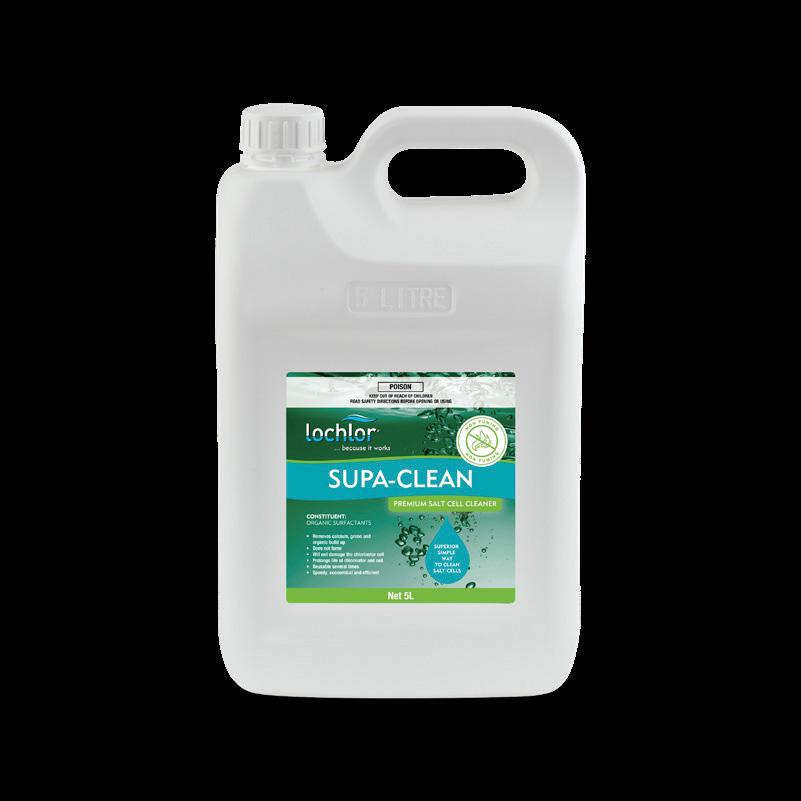

Increases efficiency and prolongs the life of the chlorinator and cell Will not damage exposed and precious metals within the chlorinator

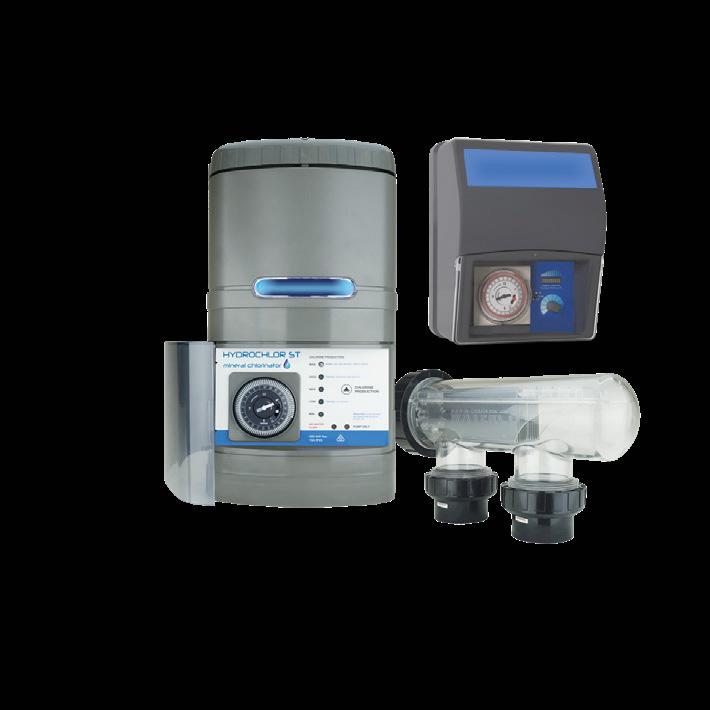
Works speedily and efficiently
Available in a 5 litre size

Eco-friendly water soluble filter cleaner Suitable for all types of filters and all forms of filter media
Efficiently removes grime, organic build up, metals and calcium deposits
Particularly effective at removing oils, body fats and suntan lotions
Prolongs the life span of both the filter and the filter media Enhances chemical performance Fast acting and easy to use Available in both 1 litre and 20 litre sizes
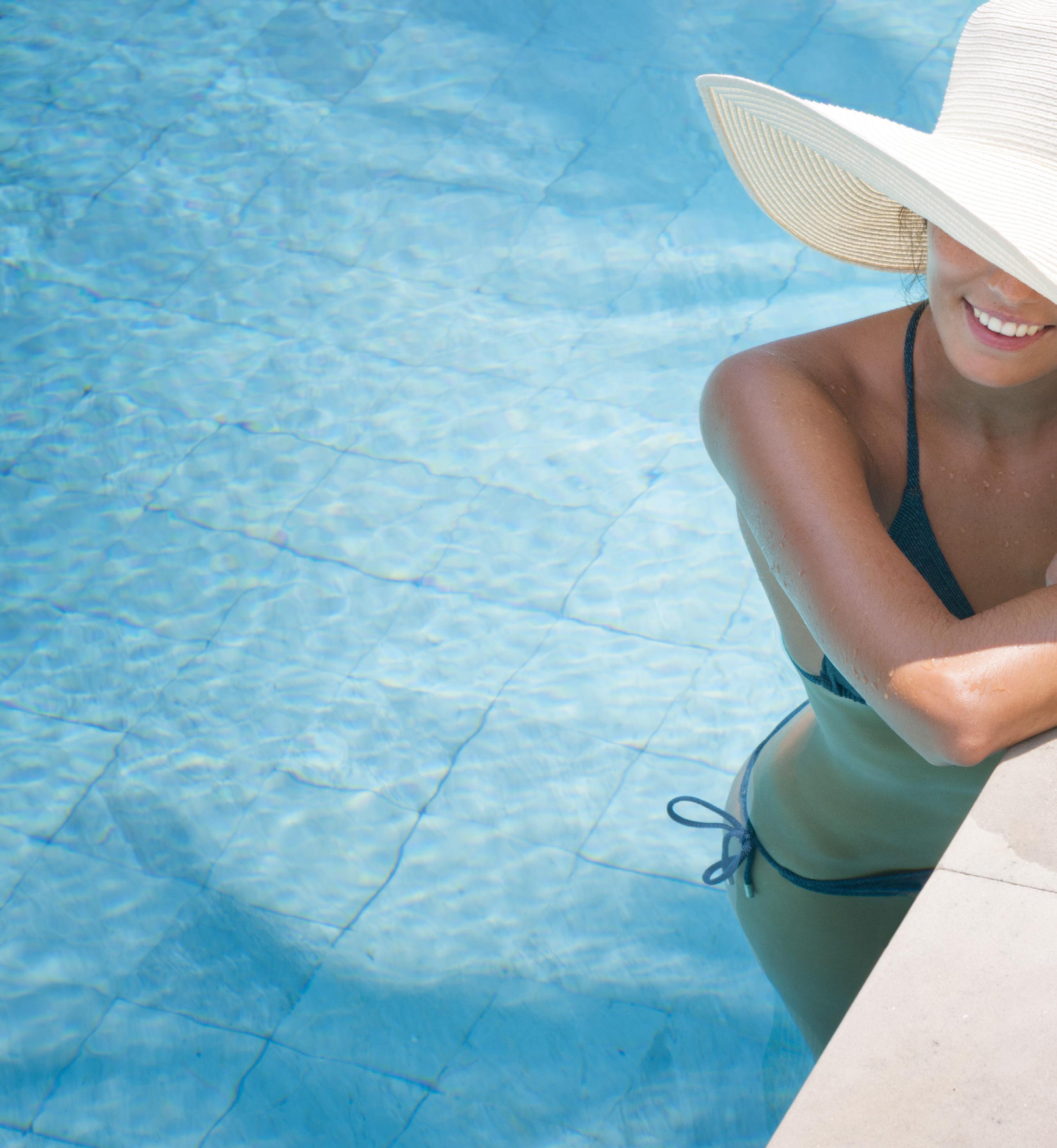
automatically avoid all possible drainage problems.
Australian building codes have been developed over many years, and by complying with these codes you should avoid most drainage problems, but every property and every building is just a little bit different from every other property and building, and these codes cannot address every possible outcome.
Three: Don’t assume that it is council’s job to prevent you from making a mistake. I have lost count of the number of times home owners have told me that their drainage problems are the responsibility of the local government because:
a) “they approved our house design”
b) “they should not have subdivided the land if they knew the land had a drainage problem”
c) “they should have prevented us from making these mistakes”
Remember, all properties have the potential to experience drainage problems, and it is not the job of governments to prevent us from making mistakes that are of our own doing.
Four: Don’t assume that just because the home is above the local flood level, that you will no longer need to think about flooding or drainage issues. The first home I ever owned was located on the top of a hill, well away from the local creek. In the first year I lived in the home, the garage flooded because of groundwater weeping through the garage walls. Several years later my roof and upper floor level experienced rainwater intrusion due to an intense wind storm (The Gap storm of 2008) that had rainwater hitting the side of the house in a nearhorizontal direction.
The lesson here is that if a stormwater engineer, who wisely buys the highest house in a street, can experience stormwater and drainage problems, then so can you.
Five: Don’t assume that all drainage problems can be avoided by installing a “bigger” drainage pipe. There will always be a bigger storm. All residential properties must allow for the occurrence of major storms, and the resulting occurrence of increased surface flows.
Six: Don’t believe anyone who tells you that it is unlawful for your neighbour’s stormwater to flow into your property. The probability is that the passage of this stormwater is in fact lawful. Which means
that it will be your responsibility to appropriately manage the passage of this stormwater through your property (but again, every situation is different).
Seven: Don’t install the type of property fence that will prevent the acceptable movement of stormwater run-off across the land surface.
Eight: Don’t landscape your property such that your stormwater run-off will be directed along a pathway or driveway directly into your home or garage.
Nine: Don’t lower or reshape the road verge (footpath) in front of your home to make it easier for your car to enter your driveway if such modifications will result in stormwater spilling off the road and into your property.
Ten: Try to ensure that any habitable room that incorporates an outside doorway, has a floor level that is at least 150mm above the outside ground level, or outside pavers. If you want to reduce this step height, then get expert advice.
LEFT: This Elite Pools & Landscapes project won the South Australian Pool Landscape Award 2022, replicating resort elegance in a backyard, utilising the spillover wall and tall landscaping to make the most of the small space


RIGHT: Elite also built the landscaping at the front of the home, carrying the style over for the rest of the project
Drainage is a common problem in many gardens and backyards, especially in areas where there is a combination of flat land and dense soil. Without proper drainage solutions in place, water may collect to undermine and cause damage to structures and severely impact plant growth and viability.
Creating a drainage system for a landscaping project can be costly, however there are a few solutions to common problems.
There are a few factors that can lead to a backyard failing to vacate excess water and different problems call for different solutions and approaches. Below are some of the most common reasons your backyard may be draining poorly:
• Land slope or pitch – in many cases, water pools in a yard because the flat plane doesn’t divert enough water away or there is excessive sub-surface water from a large land mass/hill above.
• Short downpipes – some downpipes may flow directly into a flower bed or other landscaped area, meaning excess water can collect in the soil beneath.
• Inadequate soil quality – water only gets to soak into the ground if the soil contains the right mix of sand and minerals. The opposite of this is where you have compacted soil, such as clay. In this case, water cannot sink in, forcing it to pool in your yard.
• Runoff erosion – in rainy and storm prone areas, excess runoff may have stripped away some of the topsoil, leading to heavy water collection below the eroded areas.
There are typically two water sources that can cause drainage problems to be considered on every project: overland flow and subsurface flow of water. Overland flow is water flowing over the land and subsurface water is water flowing through the soil and substrate.
You may not have control over when it rains or for how long but addressing these two sources with adequate drainage will reduce the impact that rainwater has on your property. Here are a few considerations.
One: Downpipes and gutters
Downpipes and gutters are your home’s first line of defence against leaks, but if they aren’t installed or maintained properly, they can cause problems. The most common hurdle is when the gutters overflow or when downpipes block or are not directing water away from the home. Instead, runoff will pool around the foundation of the home and cause both surface and subsurface problems.
Blocked gutters can also cause water to overflow over the eaves of a home into the ceiling and then rooms below, so it is important to be vigilant to ensure downpipes not only point downhill and drain away from your home but are extended a suitable distance. In urban areas, it is required to connect these downpipes to a drainage system to carry the water even further. This may be either a council stormwater disposal system or a dispersal trench or holding tank if on the property.
Regularly cleaning your gutters and downpipes will stop water from overflowing during heavy periods of rain and saturating the surrounding landscape.
Two: Grading
If the site is located rurally, the lot the property sits on should be graded in a way as to move water both around and away from the house through a swale to a drainage catch basin or to council’s kerb and gutter stormwater disposal system. Unfortunately, builders don’t always get their grades right, and this can cause water to become trapped, or worse yet, flow toward the house. The solution to this watery mess: a new drainage plan involving drains to collect water and pipe it away, subsurface drainage to collect water or regrading to direct the water in the correct direction.
If water is collecting in flat areas or the soil is staying saturated in some spots, it may be surface depressions causing the problem. These depressions allow water to puddle, creating a mess. A swale could be helpful, or certain portions could be filled in and graded so that the water drains out of the low spot and away from the home. If this doesn’t work, an underground catch basin or drain may be necessary.
ABOVE: Frangipanis adding dimension and life to the poolside landscaping.
Image: Revell Landscaping
Water coming from a higher property may be a major problem with both subsurface and surface runoff. It may not be your neighbours’ fault that this is happening, and unless they concentrate then redirect water flow onto a downhill neighbour (which is illegal) you can’t exactly ask them to prevent it, either. It is your responsibility to deal with the water on your property if it becomes a problem. The best thing to do is to watch at how the water runs into your yard during a rainstorm. You can then divert the water by building a berm or swale and then re-routing the water to a catch basin or dry well to act as a detention tank to slow down the water’s progress. Another option is to hire a professional landscaper to grade broad surfaces.
Sub-surface water may be very dangerous. It is either the general water table of an area or water that has soaked through the topsoil down to the clay level or similar which then runs along the top of the clay downhill. Often this subsurface water may naturally come to the surface as a spring or alternatively, the flow may be interrupted by a structure like a footing or pool, where it can build up behind and then bubble to the surface on the downhill side of the pool or footing. In this instance, if it is surfacing and pooling beneath the home or into an incorrectly waterproofed cellar it may become a major problem.
Agricultural drains are used to deal with subsurface drainage. The agricultural drains should be installed on the uphill side of the footing or pool to divert the water away from the structure.
Often the agricultural drains need to be lower than the storm water system and sump pumps are required to pipe the sub surface drains higher. In extreme cases there can be underground springs on some sites that never stop flowing. These sites require professionally designed civil engineering solutions.
A backyard that has no soil, has no vegetation, or mulch, or one that slopes toward your home or incorporates paved surfaces that direct water towards the home are all potential problems.
BELOW: The stylish drain in the paving keeps water from the garden out of the pool.

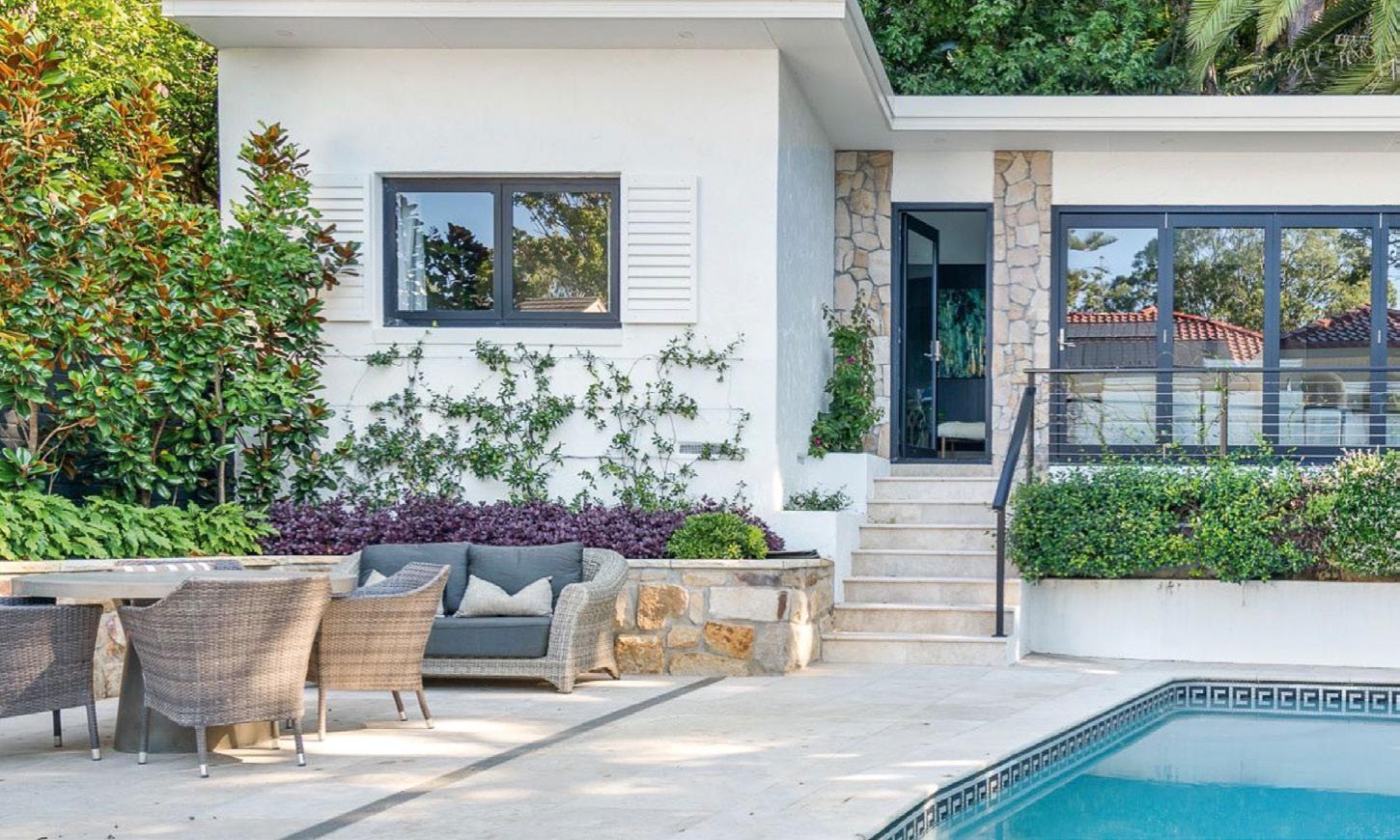
Image: Acquabocci
Soil helps hold water on a site, slowing the flow rate of the water down so that problems are reduced downhill.
In areas of cut-in newly subdivided properties where the soil is stripped, it is impossible to get vegetation growing. Trees require 1000mm depth of soil to grow, shrubs 600mm and lawn 300mm. The vegetation helps drainage issues by soaking up ground water
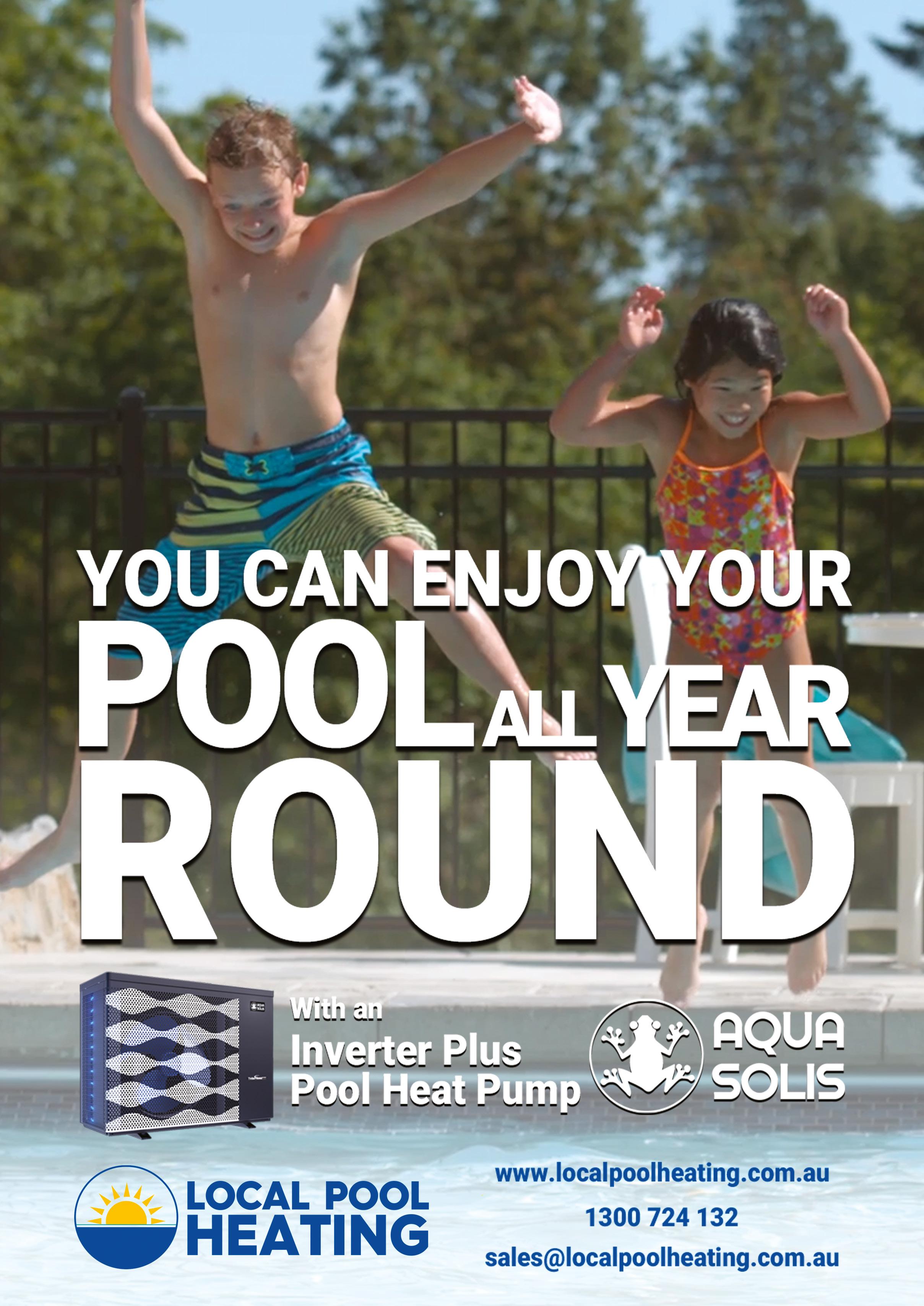
and transpiring the water into the atmosphere through photosynthesis.
Mulch also absorbs available water, creating a blanket for the plants by reducing temperature fluctuation and thus enabling plants to thrive.
So, ensuring adequate soil depths, mulch depths to grow healthy plants is a more natural and organic solution to a drainage problem.
Paved areas should always flow away from a house, towards gardens or lawn areas. Large expanses of paving should flow towards drains and pits where water can be picked up and disposed of to the stormwater system.
Five:
Tree roots seek out nutrients and moisture in the ground, and your sewer line is the perfect place for them to get it. If your sewer line consists of old earthen-ware piping, there may be breaks in the line or cracks in the line. Hair like roots can make their way through the cracks, grow and ultimately clog the sewer as a mass of fibrous roots or can grow in diameter until the pipe is mechanically broken in two allowing in more roots and blocking the water flow.
One of the first signs of a blocked drain is a sink or toilet that regularly backs up. If you’ve noticed slow draining water, be sure to keep an eye out for more signs of tree roots in your sewer lines. Having an electric eel placed down a drain can remove the tree roots for about six months but the only real fix is to replace the old earthen-ware piping with rootproof PVC piping.
There are also visible signs of a broken or failed pipe, such as greener-than-usual patches of grass on your lawn or certain trees looking uncharacteristically green and bushy. Whatever plants have infiltrated your pipes will be loving the constant source of water and nutrients.
Notorious root seeking plants include willows, bougainvillea, umbrella trees and philodendrons.
If you notice that your lawn is muddy in one spot and dry in the next, it could be the type of soil that is causing drainage problems. There are three basic soil types: sand, silt and clay. If your soil is heavy in clay, it won’t drain very well. If it’s sandy, it will let water slip right through. If it is sandy right against your home, the water will run down the sides of your foundation causing wet areas in the walls to your basement.
The best trick is to dig a small hole, fill it with water and watch how it drains. If it takes 12-24 hours to drain, you have a problem. (It should only take about four hours.) Improve your soil by adding a coarse washed river sand, an aggregate like gravel or pea gravel or even by adding gypsum spread at a rate of 1kg per square metre. Cultivate the product into the soil to a depth of 300mm to create a fine tilth. The changed composition of the soil together with the aerating of the soil by cultivation will increase the soil’s water holding capacity. Avoid adding too much organic matter to the soil as this can cause the soil to become greasy and slow to drain. n
www.atotalconcept.com.au www.aquabocci.com.au www.bluefishimaging.com www.catchmentsandcreeks.com.au www.chriscloutdesign.com.au www.cosdesign.com.au www.elitepools-sa.com.au www.lagunapools.com.au www.outdoorestablishments.com.au www.queenslandfamilypools.com.au https://revell.com.au www.sxconstructions.com.au
Unprecedented flood events across eastern Australia throughout much of 2022 prompted the Planning Institute of Australia (PIA) — Victoria’s body for planning professionals — to call for a framework to update flood mapping to take climate change into account.
Flood maps depict areas to be inundated based on risk modelling and past weather data. In addition to identifying at-risk areas for land-use planning, these maps are required for flood responses.
“This year’s flooding in NSW has shown that the impacts of climate change are here, but the information we have on riverine and coastal inundation is patchy and outdated,” says PIA division president, Gabby McMillan.
“Flood mapping is not consistently reflected in the current planning controls — like the Land Subject to Inundation Overlay — and where these controls are applied, they do not reflect the dynamic nature of flood risk under climate change.”
McMillan says the current patchwork of datasets gathered and applied inconsistently by councils and water authorities often do not have the budgets to pay for the necessary modelling, or the political authority to apply controls at a local level.
“This means that new housing and development can occur in flood prone areas or in places extremely vulnerable to sea level rises,” she explains.
“The flood maps we use to determine where new houses should not be built need to be based on the current scientific understanding such as the CSIRO rainfall and runoff projections.”
Instead, the PIA would like to see a mechanism that enables state-wide consistency and draws together the existing work done by local governments.
“This is the foundation for a comprehensive and publicly accessible dataset,” says McMillan.
“All players in the development industry need certainty, and homebuyers need confidence. The planning property reports, which many homebuyers rely on when making the biggest purchase of their lives, do not necessarily show the extent of the risk, despite the hazard being known.
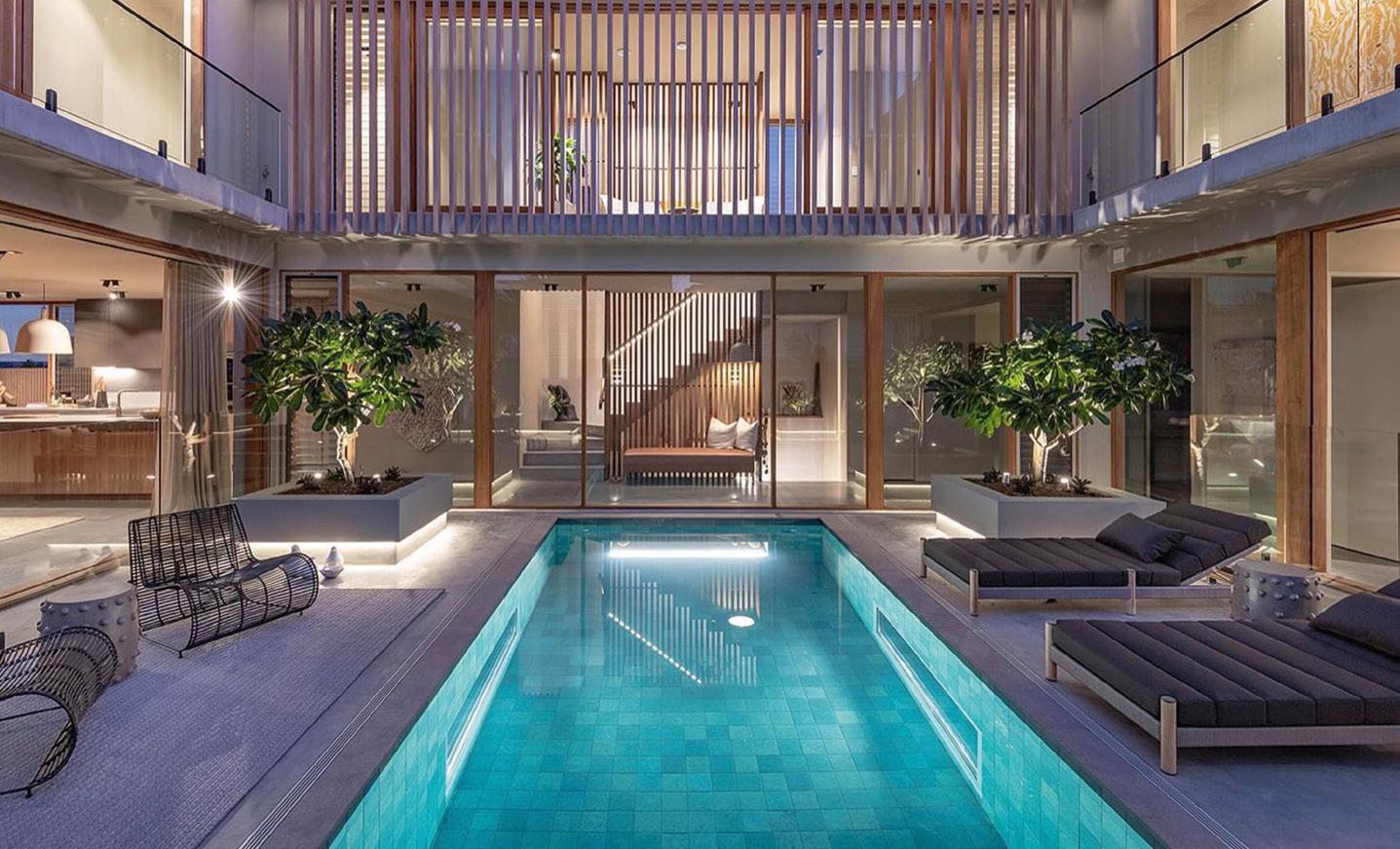
“The better our information, the better our plans,” she says.
“We don’t want to be shaking our heads in ten years’ time asking, ‘Why were they allowed to build there?’.”
Joel Zauss from Chris Clout Design says the goal with this Sunshine Beach project was to divert water away from the doors by installing Aquabocci drains around the perimeter of the pool so that the owners didn’t get wet feet every time they stepped outside onto the courtyard.Aquaguard ® X – an exciting new range of pool gelcoats, manufactured in Australia, to withstand harsh outdoor conditions




Aquaguard® pool gelcoats have long been the flagship product of our offering to the local and global composite pool markets with over 20 years of proven field history.
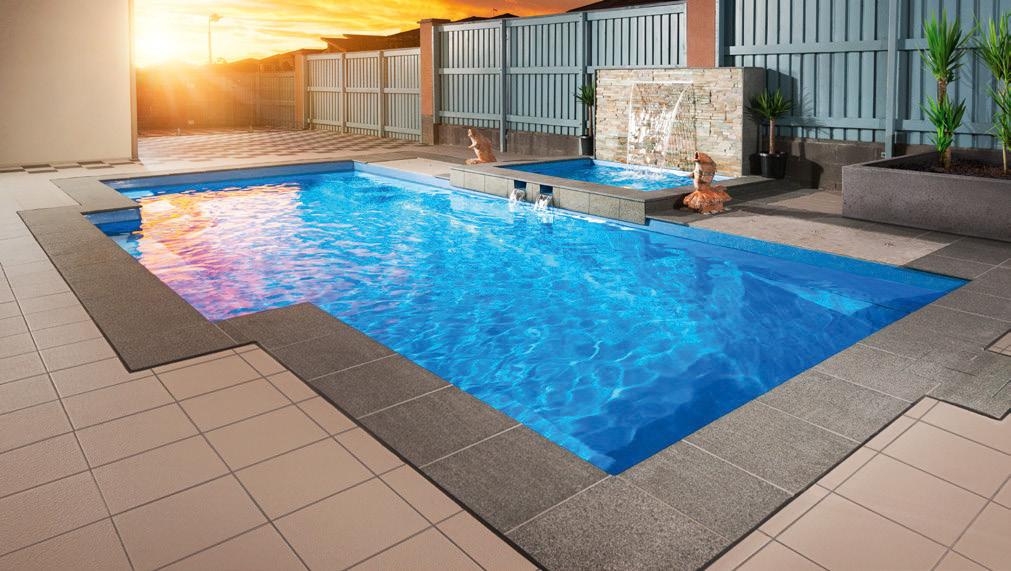
Aquaguard® X gelcoats are an exciting new range of pool gelcoats from allnex Composites, proudly manufactured in Australia, and designed to withstand our harsh outdoor conditions. They are high performance finishes for the manufacture of composite swimming pools exhibiting high durability, outstanding UV protection, weathering and chemical resistance properties.
Performance Advantages:
• Improved chemical (chlorine) & water resistance
• Improved UV resistance, protecting the finish of your pool for many years
• Increased colour retention during outdoor exposure
• Superior aesthetics of laminate during service life which maintains the original cosmetic appearance for a longer period
Aquaguard® X gelcoats are available in a range of contemporary colours and striking finishes.
For more information, please contact allnex on 1800 789 607 or visit www.allnex.com
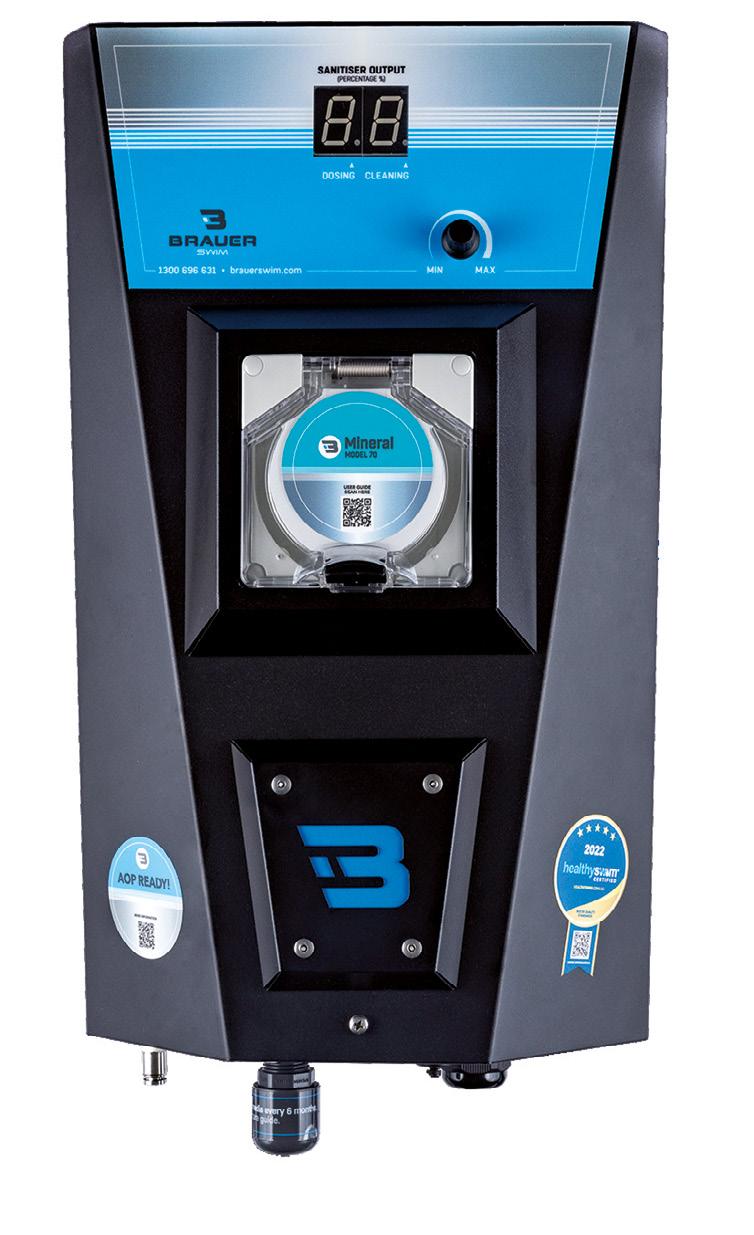
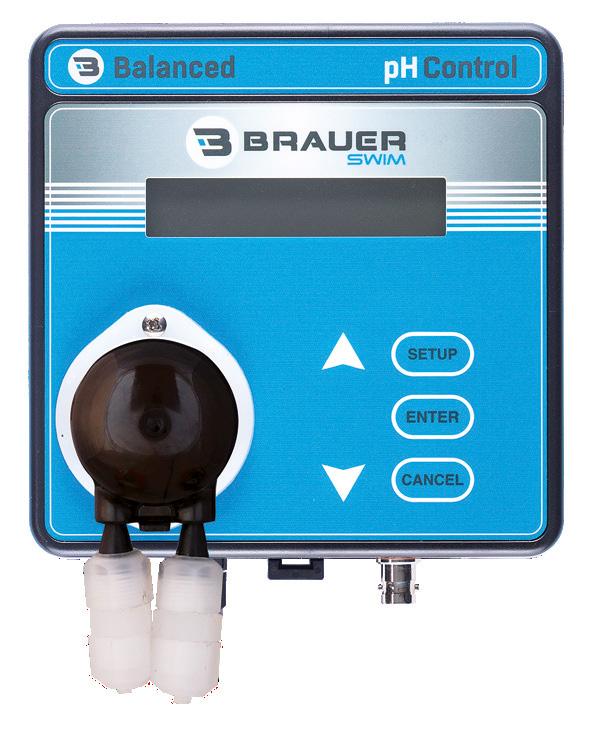
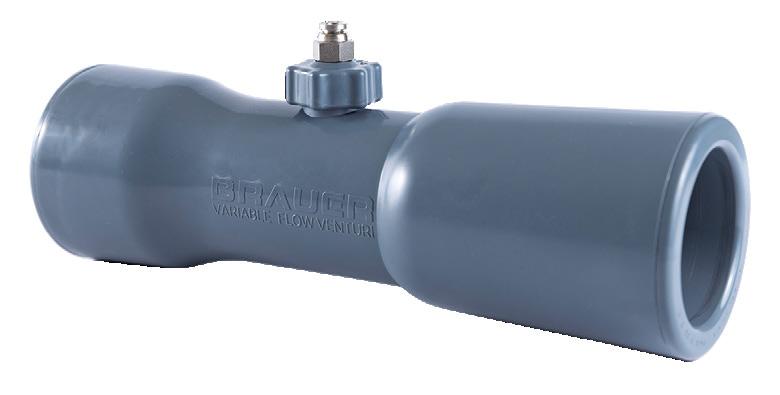
On the anniversary of the SPLASH! brand, we take a moment to consider how far the Australian swimming pool and spa industry has come.
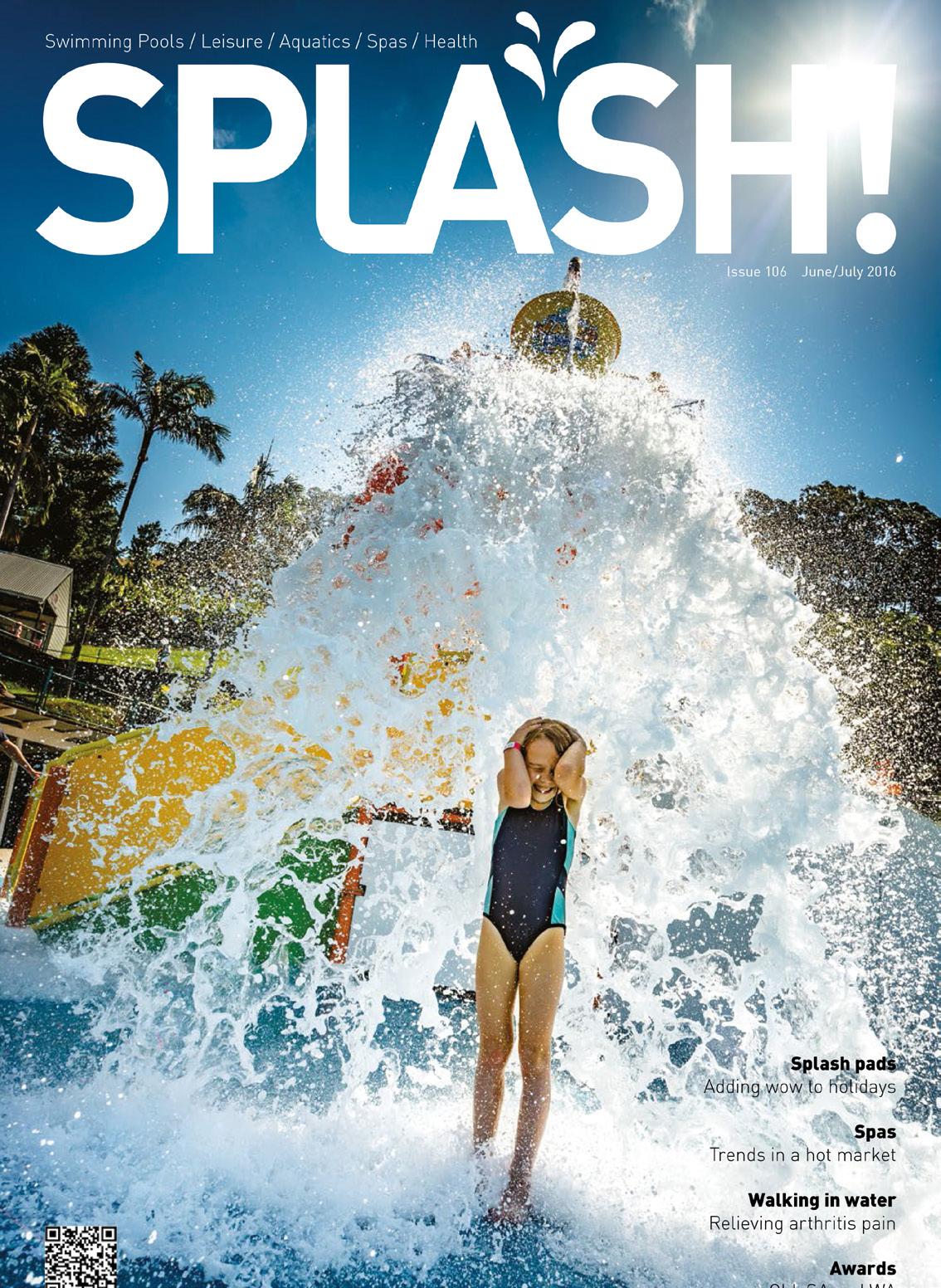
The world was a different place in 1997. Kids had virtual pets called Tamagotchis, people browsed the new sensation of the worldwide web using Netscape Navigator, clunky mobile phones were just for calls. Men in Black was the most popular movie and Natalie Imbruglia topped the music charts.
The must-have addition to every Australian backyard was a swimming pool! They were often very basic, but advanced technology was beginning to emerge. And the big public pool construction of the year was the Sydney Olympic Park Aquatic Centre, built in preparation for the upcoming Olympics.
It was also the year that Carol and Kevin Benger began putting together a small magazine with the intention of informing the Australian swimming pool and spa industry about important business issues.
They called it SPLASH!.
As pool and spa retailers themselves, they had plenty of things to discuss. Their pool shop was in the Brisbane suburb of Clayfield, where Kevin serviced the local pools and Carol handled the retailing. As with the pool shop, the magazine production was a family affair, with help from sisters Lea Edwards and Dawn McCallum, and in due course, the Benger children Sam and Jane.

Carol had the idea of starting the magazine after being particularly frustrated by what she believed was price gauging by the National Registration Board (NRA), which at the time administered chemical registration fees.
OPPOSITE: Some SPLASH! editions over the past 25 years
The magazine immediately found an audience and over time its readership grew to the point where it was distributed to 36 countries around the world – while always maintaining a strong local focus.
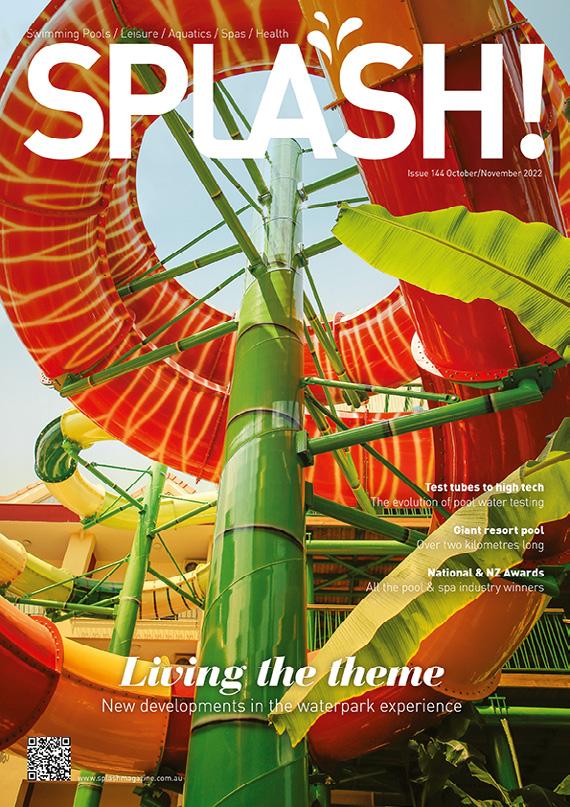

With more and more customers looking to the healthier alternative of a freshwater pool system, partnering with Naked makes more sense than ever. Our success as Australia’s leading freshwater pool system is built on supporting our partners and creating happy customers. Discover the benefits of becoming a Naked Freshwater Pool Specialist today.






While the magazine went from strength to strength, the NRA went in the other direction – dissolved by parliament and replaced by the establishment of the Australian Pesticides and Veterinary Medicines Authority (APVMA) under new guidelines.

After the success of the magazine, the next step was to bring people in the industry together so they could meet face to face, network and get more business done. Carol organised a “table top” style trade day at KedronWavell RSL in Chermside in August 1998. While the trade show was modest, it was a success and had her thinking of bigger things.
In 2000 the Bengers took the show to the Gold Coast, holding it at the Gold Coast International (GCI) and increased the event to two days. The success of this show led Carol to contemplate a move
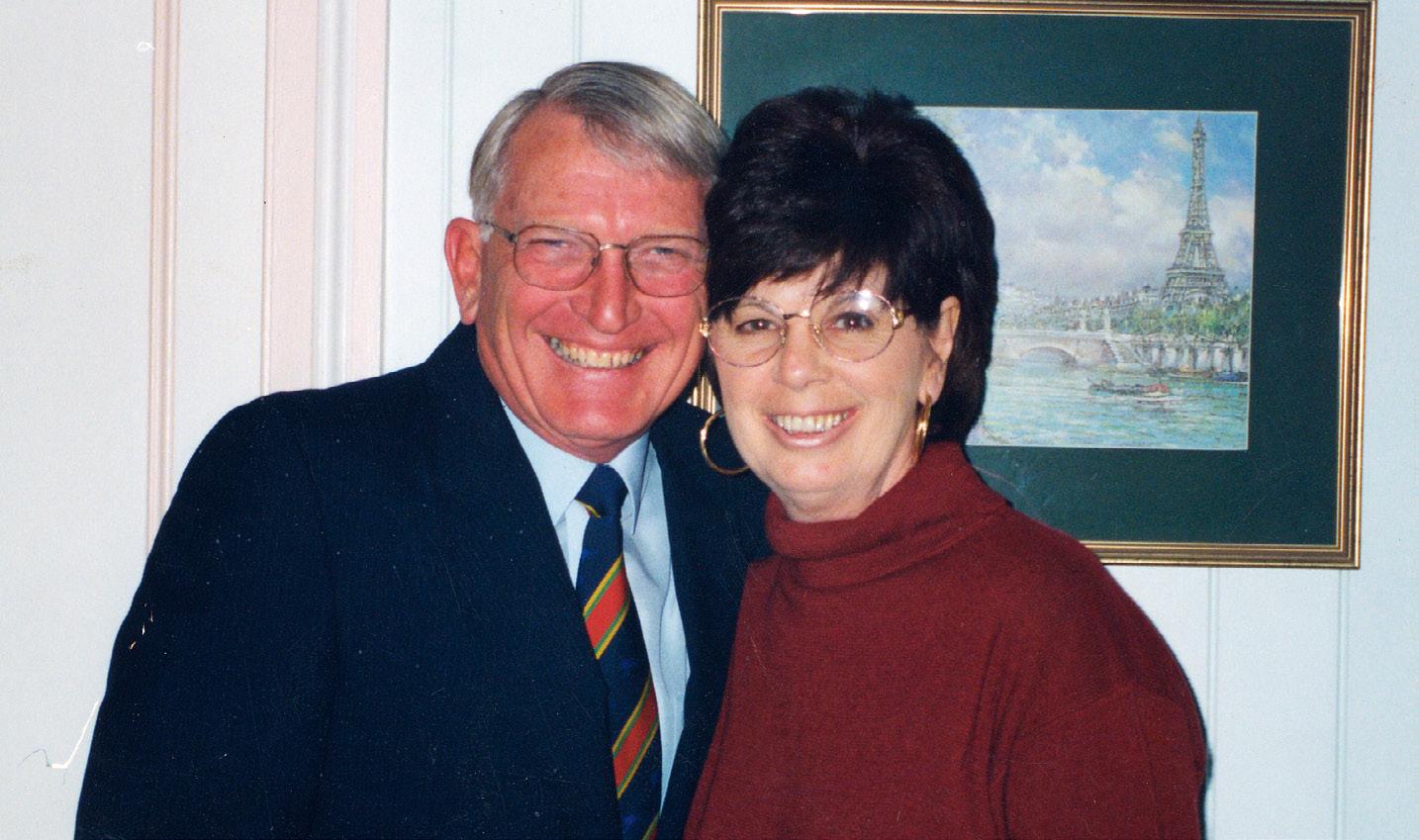
to Sydney in 2002. However, that show as not as successful as she hoped, and they returned to the GCI in 2004 for another rousing event.
Following that successful event, the Bengers decided it was time to retire and allow the magazine and show to pass on to a publisher with event credentials so both sides of the brand could fulfill their potential.
The Intermedia Group bought the magazine and show in 2005, under the businesses Intermedia and Interpoint Events, and began putting its own mark on the brand. Sadly Kevin passed away in March 2008, but had said he was pleased with the way the publication and show were progressing under the new owners.
Simon Cooper became Intermedia’s publisher of the magazine and he brought in managing editor Chris Maher who, among many other mainstream and magazine publishing and journalistic roles, had a history in the pool and spa industry – having steered consumer title Poolside from its earliest days. After sales manager Dave McLeod moved onto other magazines, Karen Jaques took over the sales manager role.
The magazine was redesigned and moved to a larger, more inviting format, and an online component was introduced, including social media, a newsletter and a website. This was part the three-pronged strategy to bring people together via print, face-to-face and online.
The online components were rudimentary compared to the current SPLASH! online offerings, but it was a start.
In 2008 the magazine was recognised at the Publishers Australia’s Awards for its series of stories and lobbying efforts regarding suction safety standards. The publication was also praised for its development of the SPLASH! Environmental Awards, which had two purposes – to encourage environmental efficiency in the industry, and to create a vehicle to promote those efforts to consumers and government, and so provide a better public and government attitude to the industry. The efforts saw extensive promotion of the winners in mainstream media. Initially held as a gala event, they later were held in conjunction with the first national SPASA awards event – at SPLASH! on the Gold Coast – and eventually SPASA’s adoption of environmental categories superseded the need for a standalone environmental award program.
The SPLASH! Pool & Spa Trade Show also evolved, first moving to Jupiters on Broadbeach where the space was quickly filled until even the corridors, a giant marquee and the lawn in front of the venue were sold out.
The show ventured abroad, hosting several expos in Auckland and Singapore, combining for a period with French organisation GL Events as well as the Architecture & Building Services (ABS) show. The trade show was complemented by a popular seminar program.
SPLASH! morphed from the only national trade show for the industry to increasingly becoming an international event. In 2010 it won the highest honour available for expos – the Exhibition Association of Australia Awards for the Best Show in Australia or New Zealand – outpointing many larger exhibitions and consumer shows.
In 2014 SPLASH! formed a relationship with the World Aquatic Health Conference, holding the first edition of the conference outside the USA. From 2016, the Australia Swim Schools Conference has been held in conjunction with SPLASH! – apart from the covid-forced postponements.
SPLASH! finally outgrew Jupiters and moved across the road to the Gold Coast Convention and Exhibition Centre, where it become the largest and most impressive pool and spa trade show in this part of the world.
The brand took a further leap forward in 2017 when it was acquired by the peak swimming pool and spa industry
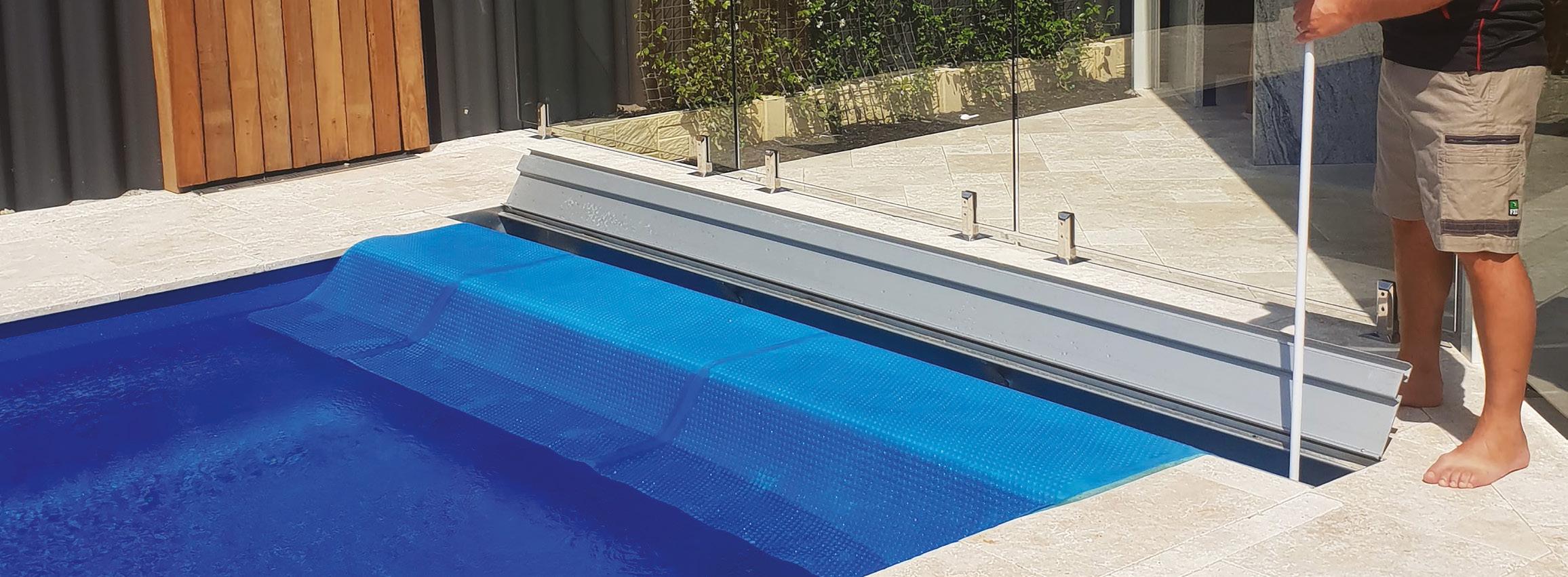
body, SPASA Australia.
Maher remained as managing editor and David Stennett was brought in as media and sales manager. He quickly developed strong relationships with SPLASH!’s partners, helping take the brand to new heights.
As SPASA made more acquisitions in the publishing space, SPLASH! became the trade communication and expo brand, now a sister brand with the Pool & Spa brand for consumer communication and expos.
Under SPASA’s ownership, the SPLASH! brand has gone from strength to strength. The digital side was fostered, the audience grew substantially, and new ways were found for industry players to reach their market, such as the Ready Set SPLASH! podcast with Stennett (and often with SPASA communications manager Luke Daly), as well as increased video content.
In terms of the trade show, the success has been even more impressive.
The first trade show under SPASA’s ownership was overwhelmingly successful, and hopes were high for it to
The SPLASH! 2022 after party was a blast
TOP: Announcing the purchase of the SPLASH! brand by SPASA Australia in 2017, Lindsay McGrath, John O’Brien, Lynley Papineau, Simon Grover and Simon Cooper

MIDDLE: SPLASH! 2022 was the biggest ever pool and spa trade show in the region, coming a long way from the first event held at the community hall of an RSL in Chermside

BOTTOM: David Stennett conducting an in-spa interview for the Ready Steady SPLASH! podcast
continue to grow each edition. Then came covid, and the show had to be postponed not once, but twice.
Finally in 2022 the SPLASH! Pool & Spa Trade Show was able to be held again. After a wait of four years, the expo proved to be everything the industry needed – and more!
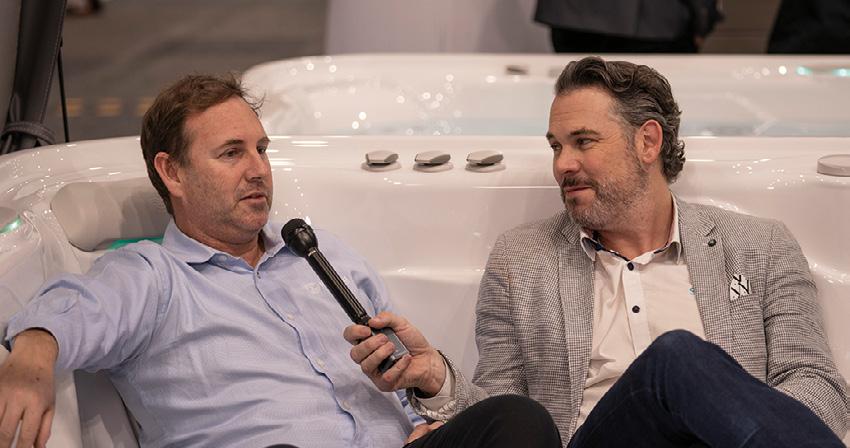
Exhibitors were delighted with the bustling crowd of excited visitors, and the visitors commented on the size of the show (with well over 100 exhibitors), and the professional standard of the exhibition stands. Many said that the show was much more like a European or American show in style and presentation, ushering in a new era in trade shows for the pool and spa industry in the region.
Visitors and exhibitors alike were genuinely excited to all get together again after such a prolonged absence.


SPASA Australia CEO Lindsay McGrath says SPLASH! has come a long way in its 25 years.

“SPLASH! is a key element of SPASA’s communication strategy, along with our consumer brand Pool & Spa.

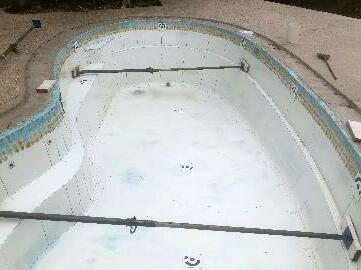

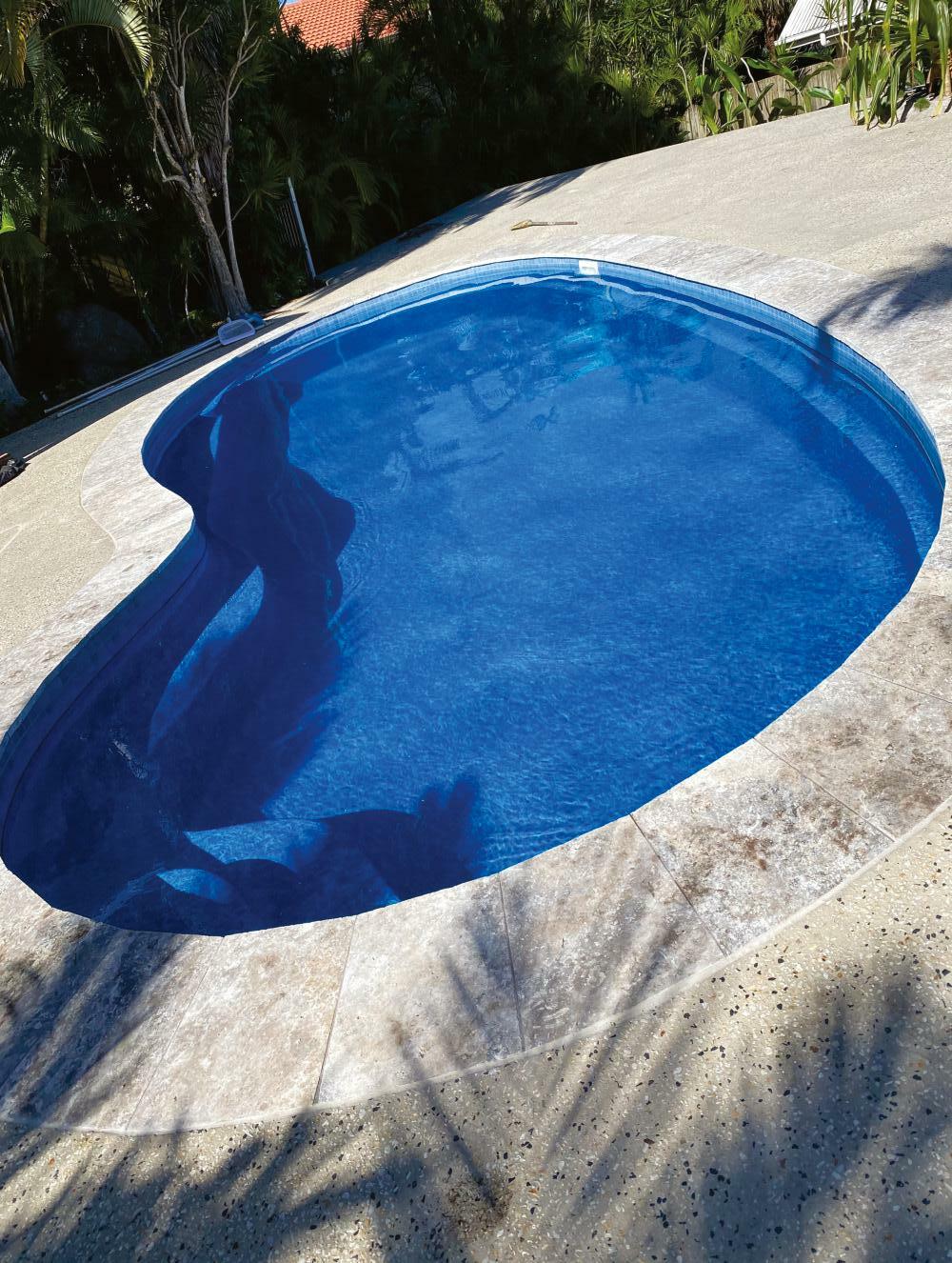
“The SPLASH! brand informs and inspires industry members through print and digital platforms, as well as face-to-face at the premier trade event in the region, The SPLASH! Pool & Spa Trade Show.
“We’re proud of how the brand has grown under our stewardship, and we’re confident it will continue to flourish in the years to come.”

This year AIS Water is also celebrating its anniversary, after 30 years manufacturing water sanitisation systems.
AIS was called AIS Enterprises back then, and it flagship brand was AutoChlor – a brand that is still going strong.

AIS Enterprises was one of the exhibitors at the very first SPLASH! expo, along with Onga (Pentair), Abgal, Focus, Hayward, Hurlcon (Fluidra), Lo-Chlor, Magnor, Pool Controls, Pool Systems and Poolrite – among many others.
AIS Water now has three manufacturing facilities in Queensland including their most recent addition, the anode factory – the first dedicated anode production facility in the Southern Hemisphere. Anodes form an integral part of AIS’s inline chlorine generation via electrolysis process and form the “heart” of each chlorinator.
CEO Elena Gosse says the new facility will produce enough anodes and anode material to permit AIS to triple its production capacity, which in turn will satisfy its own growing demand and strengthen its position as a global supplier of anode material.
“Since we could not find an anode supplier that could meet our exacting standards, we’ve been manufacturing our own anodes since 1998. We are now well known for producing superior quality, commercial grade anode
material using high quality titanium,” she says.
Gosse says that demand for AIS products is growing at such a rapid pace, the company decided to expand its production capacity not only to satisfy its own needs, but to supply to other manufacturers and industries.
Over the intervening quarter century, there have been many changes for the knowledge base and technology in the swimming pool and spa industry.
Pentair sales director for Australia and New Zealand, Bipin Menon, has outlined a few key changes in the industry.
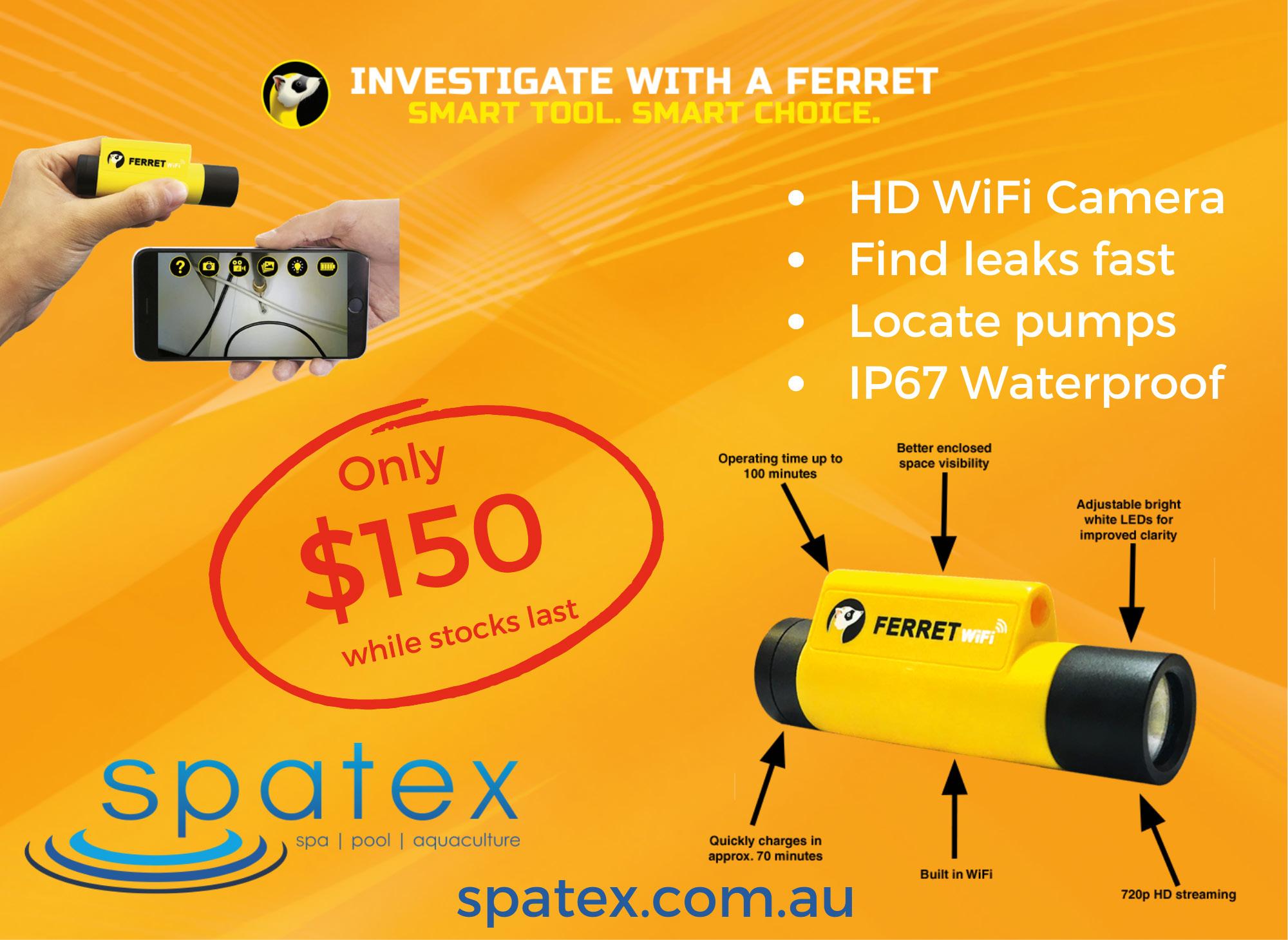
Knowledge: Consumers are more
educated than ever before. With the use of the internet people can start researching models, brands and products before even speaking to someone or walking into a store. When choosing pool equipment they can determine what is important to them: maybe it’s energy saving, costs, reducing noise or staying connected to your pool equipment from a smart device. As a pool owner, you can now choose pool equipment that meets your lifestyle.
Environmentally conscious behaviour: A growing number of pool owners want to save money and make eco-friendly choices. In the past there was only one type of pump, single speed. However, single-speed pool pumps are less
energy-efficient and more costly because they only have two settings, on and off. When a single-speed pool pump is off, pool water can become stagnant and impact the sanitation effectiveness of the pool’s water. Alternatively, keeping a single-speed pool pump on for long periods can lead to high monthly energy costs and excess wear and tear on equipment. So there has been a greater shift toward choosing a variable speed pool pump which can save you up to 90 per cent on energy costs compared to conventional single or two-speed pool pumps. Variable speed pumps consume less energy and pay for themselves over time; typically, in two years or less and the technology is far superior to single-speed pool pumps because you can choose the speed and flow of your pool water.
Accessibility: Automation is the new must have accessory. It’s the easy way to keep your pool and spa clean, comfortable and ready to enjoy. With the touch of a few buttons, you can quickly program your pool and spa filtration and heating cycles to fit

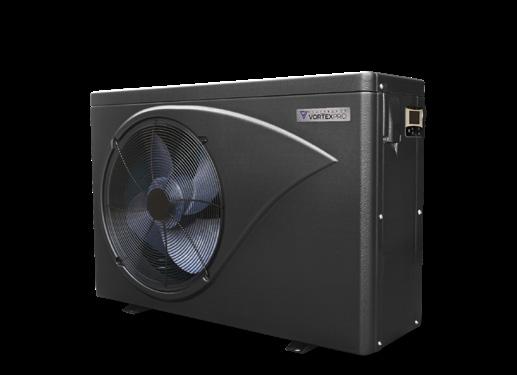
your schedule. It can make all your equipment operate at peak efficiency for minimum energy usage and cost at the touch of a button or phone app.
Mark Mohide, son of Ben Mohide, contacted SPLASH! to provide information on the early days of pebble pools in Australia.
Ben Mohide was sales director and shareholder at Mutual Pools, and was also president of the Swimming Pool Association of NSW in 1974.
Mark sent us a picture of what he believes is the first pebblecrete interior by Mutual Pools, taken on September 19, 1970 – coincidentally the date of his father’s 38th birthday. The image shows their test pool, built to see how pebble would work as an interior. We now know how successful it was, being the mainstay of 70s and 80s backyard pools and continuing to this day.
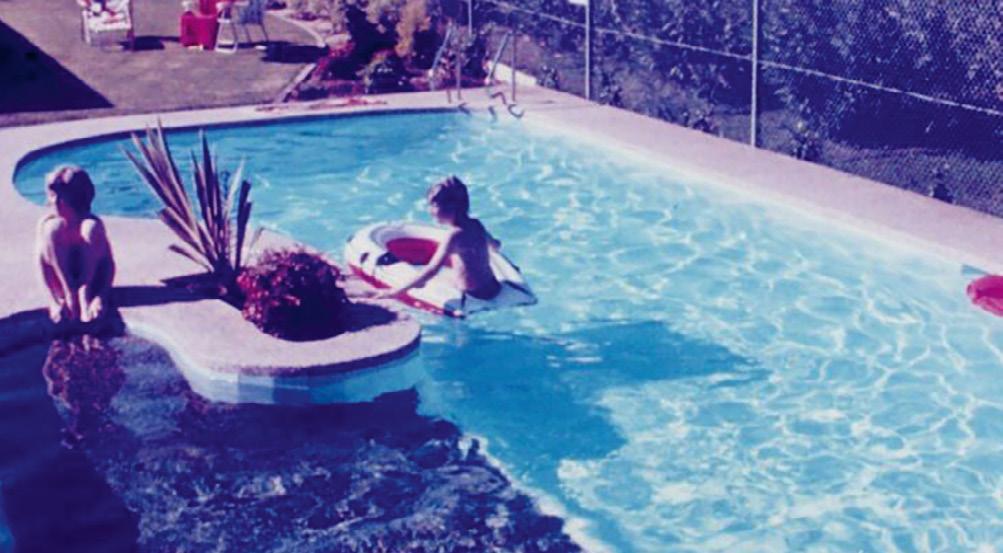
Dark pebble was used on the test pool’s swim-out, and lighter pebble was applied to the step and coping. The pebble was larger than the more modern

style of pebble in use today. The main body of the pool was painted.
Before using pebble in swimming pools, it had been mainly used on driveways and paving, as Rick Jones of Skypebble told SPLASH! in Edition 72.
“Back in the 1960s I was a contractor for Frank O’Neill Pools – one of the early companies in Sydney. One of the things I found in working for him was that if you wanted to make enough money to put food on the table, you had to do more than just build a pool – you had to sell extras. I came up with this idea of exposed aggregate as it was called in those days, which you put on balconies and pathways and whatever – and thought that this would be pretty good around a pool,” said Jones.
“I only did that on the deck around the pools, not on the interior finish. But we got the job done and the people were happy with it so off we went,” he said.
“We experimented with it a bit more and we ended up using exposed aggregate on all the copings at Mutual Pools. Then Al Hooper, who was the main shareholder in Mutual Pools, said why don’t we put this on the inside of the pools? It was a little bit harder than
TOP: The very first pebblecrete interior by Mutual Pools in 1970, testing the concept –with the Mohide boys enjoying the pool
ABOVE: Former directors of Mutual Pools and former presidents of the Swimming Pool Association of NSW, Ben Smith, Al Hooper and Ben Mohide

that, but we played with it and fiddled with it and finetuned it, and finally got it right. And it became Mutual Pools’ standard finish.”
Later, the principals of Mutual Pools took the technology to the far greater swimming pool market in the USA under the banner of Pebble Technology Inc (Pebbletec). The company expanded rapidly and reinvested its profits into research and development including undertaking a worldwide search for specialised pebble suitable and appealing for swimming pool interiors. This search led to quarries in New Zealand where pebble of outstanding colour was marketed in Australia under the Skypebble brand.
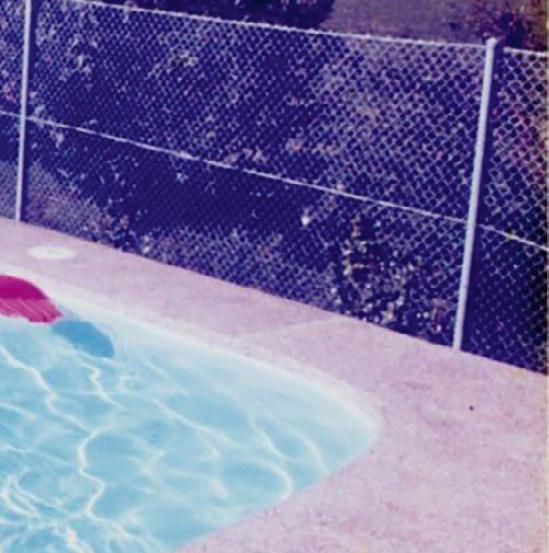
Recently, Designerite – the Beadcrete distributor in Australia – was awarded the Australian distributorship for Skypebble.




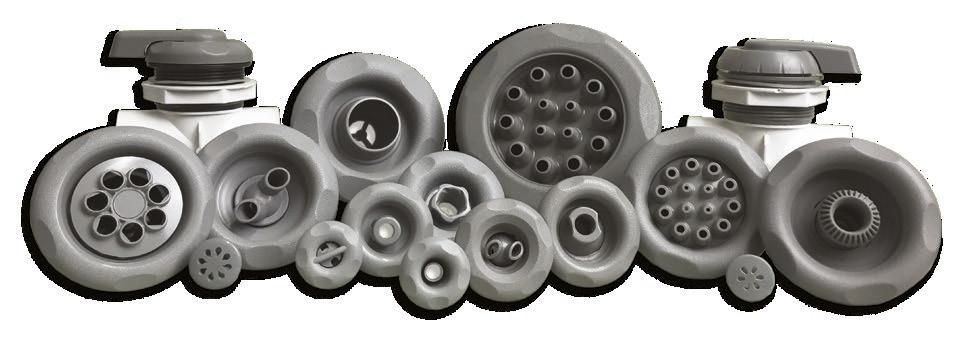
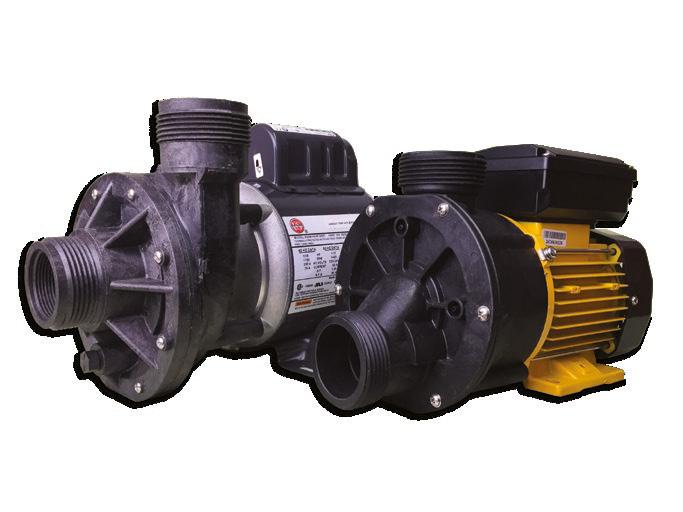

Ben Mohide arrived from Bristol England with the Big Brother Movement in August 1949 aged 16. He was trained near Fairfield for farm duties and shipped out as a farm hand near Jerilderie.
After a fall from a horse in western NSW he suffered severe back pain and following a suggestion from his wife that he had the gift of the gab, he tried sales. They moved to Eastwood and after a stint as a carpet salesman, he started working for Al Hooper at Mutual Pools in 1968.
He became liaison officer for what became SPASA in the 1980s and was the coordinator of the Sydney Swimming Pool Convention in June 1982, which included celebrities and former Prime Minister Gough Whitlam, an expert on Australian Asian relationships.
He passed away in 2014.
His sons worked in the pool and spa industry over the years, starting as child models for swimming pool catalogues and magazines. Later Mark worked in his father’s Blue Pool Service and Chemicals business, purchased as a division of Trident Pools in 1976 from receivership (formerly Bill Sibley’s Pool Supplies) to create Blue Pool, a label the previous firm utilised for their packaged chemical products.
A pool chemical help book was also published by the company under a new division Blue Pool Publications and was very successful all around Australia and New Zealand.

After the business was sold, Mark worked for the late Andrew Simons at Lo-Chlor in Marrickville, and later for other pool firms in News South Wales and Queensland.
Mark sent us a photo of his father with managing director Al Hooper and general manager Ben Smith – all three were past presidents of the Swimming Pool Association of NSW. Smith was also the founder of Pool and Spa Review magazine – a one-time rival of SPLASH!, which morphed into Pool & Spa and is now a consumer magazine as part of the SPASA stable.

One company that has been around a very long time is swimming pool builder Crystal Pools.
Founded by Les Denton in 1957, they built pools at Admiralty House and for famous Aussies like Dame Joan Sutherland and Graham Kennedy. Denton was a true pioneer of the swimming pool industry, with a philosophy to limit the number of pools built annually to guarantee quality control.

Denton was a traditional cottage builder in the 1950s. In the 50s all plans were drawn long-hand in duplicate, and swimming pools were built in the conventional method of form and poured: formwork shutter on the outside; formwork shutter on the inside; reinforcement and concrete in the middle; and when the formwork was taken away, there was a swimming pool!
Back then there was no spray concrete or ready-mix concrete. Not surprisingly, all swimming pools were rectangular – no free-form shapes, spa pools or wading pools. Measuring approximately 30ft x 15ft (9.1m x 4.6m) a pool was essentially a basic water-retaining tank in a backyard, ranging from 1m to 1.8m in depth.
As a typical builder of that era, Denton had very traditional values and principles. Everything had to be done right – a principle that remains with Crystal Pools today.
Most of Crystal Pools’ work in those early days was building domestic swimming pools, although this began to change when the company started winning contracts for commercial projects. Crystal Pools made a big splash on the commercial scene when it was awarded the contract to develop the second stage of the Parramatta Aquatic Centre in 1959. Testament to its exceptional work, Crystal Pools was invited to completely redevelop Parramatta Aquatic Centre in 2008.
In the 1980s Crystal Pools formed strong relationships with contractors by paying them immediately for every job, which in turn bred a culture of respect, dedication and loyalty. Some of these contractor relationships span 30 years and are still going strong. In this decade Crystal Pools also established a controllable target of building 200 pools a year. This ensured the highest level of quality in every single pool. The company purchased and moved to its current location at Thornleigh. It built thousands more domestic pools and completed many large commercial projects in New South Wales, Victoria and the ACT.
By the early 2000s, Crystal Pools was turning down several offers by large corporations to purchase the company, instead employing new directors from within the company to head up its residential and commercial
divisions. Running as two separate companies but under one brand allowed specific focus on these two very different but equally important markets.
The doors were first opened at Aquatic Leisure Technologies (ALT) in 1976 as Aqua Technics (WA) Pty Ltd. Originally they only manufactured fibreglass swimming pools, however over the years, the product range grew to include concrete pools, boats, spa pools and spa baths.
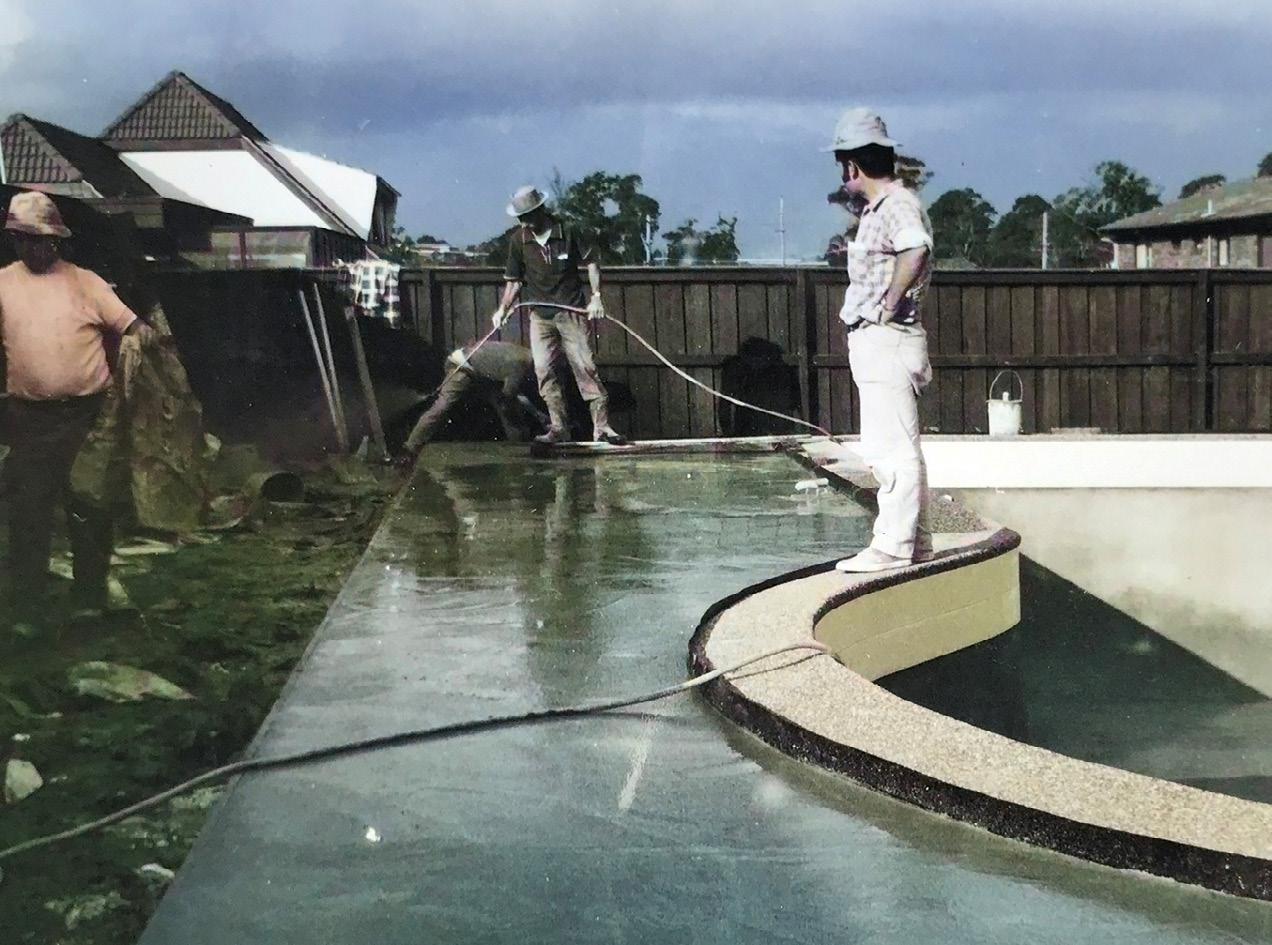
Forty-six years on, they have gone full circle and consolidated back to manufacturing only fibreglass pools and spas.
Lew Beale joined the company in 1978 and became the managing director in 1984. Lew’s son Ben Beale joined the business in 1991 after completing a Bachelor of Business and his daughter Lynley Papineau joined in 1994 after graduating from university.
In November 1986, Aqua Technics opened WA’s largest swimming pool display centre in O’Connor. The accolade of being the largest display centre then moved to Aqua Technics Joondalup in 1990 with the opening of Australia’s largest and most comprehensive centre in Ascari Lane. ALT now has 10 display centres across the Perth metro area, ranging from Mandurah in the south to Joondalup in the north.
In April 1992, Aqua Technics moved from its 5000m2 facility at McDowell Street, Welshpool to a 12,000m2 site at Ferguson Street, Kewdale. With the company growing every year, it wasn’t long before a third relocation in 2000 to a 25,000m2 premises in Stott Road Welshpool was needed.
While still operating under the Aqua Technics business name, the company purchased the assets of Sapphire Pools in 1998 and Buccaneer Swimming Pools in 2001. These acquisitions gave the group the largest range of swimming pool designs in Australia and the largest number of metropolitan display centres.
With three leading fibreglass brands now in its portfolio, the company saw the need for a new umbrella to sit them under, so Aquatic Leisure Technologies was established in August 2001.
With factory space again reaching full capacity, planning for yet another premises commenced in 2012. Three years later, after an impressive seven-month build time, ALT began manufacturing from its purpose-built, state-of-the-art manufacturing facility in Jandakot in May 2015.
ALT now boasts an extensive dealer network servicing regional WA, the eastern states and overseas markets. n
LEFT: The busy Crystal Pools premises at Pioneer Avenue Thornleigh in the 1970s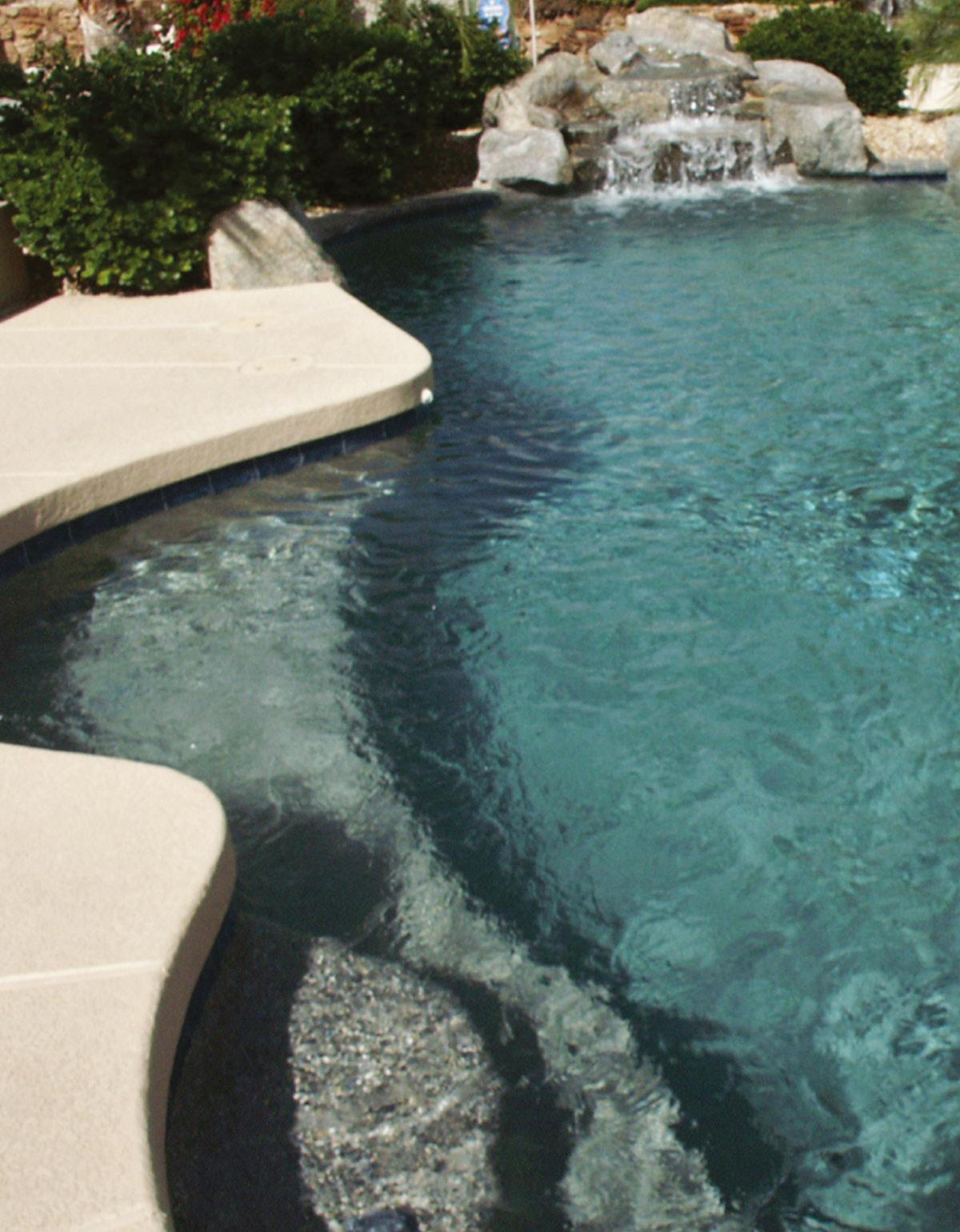























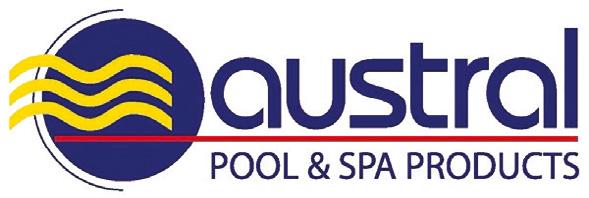
ABOVE:It may sound funny, but some businesses fail to properly communicate with staff during times of change
 RIGHT: Emma Baldock
RIGHT: Emma Baldock
In this article, we look at the question of managing change, as the past few years have highlighted the need for forward planning, adaptability, and keeping a keen eye out for opportunities.
To help with this we have contacted Emma Baldock, people and culture manager at Fluidra (APAC). She has been with Fluidra for 10 years in many different roles and has the ambition of making Fluidra an employer of choice by implementing strong people-focused initiatives and continuing to develop and foster a great working culture within the business.
In September 2021, Fluidra created a people and culture department, which focuses on the development of existing talent as well as being responsible for bringing new talent into the business.
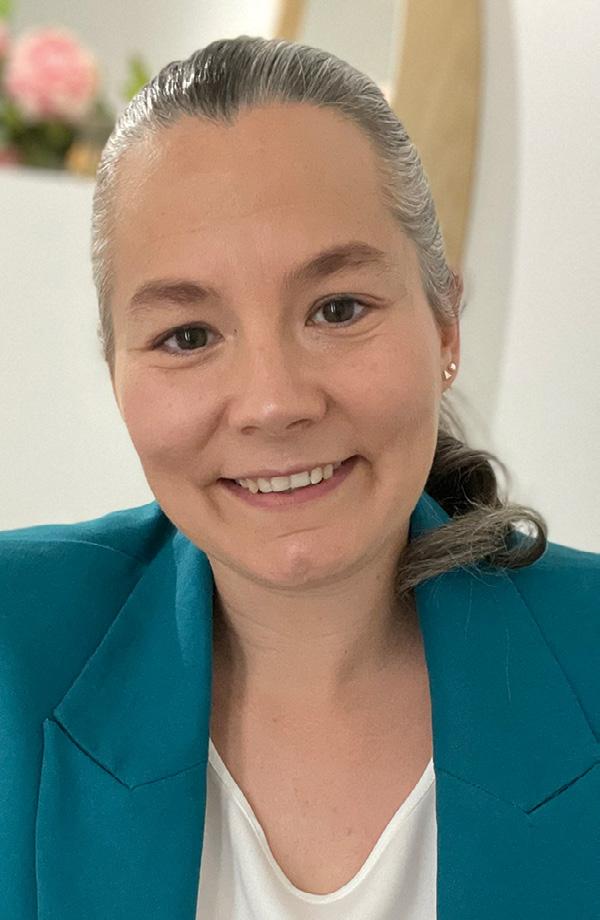
“Be transparent and don’t shy away from difficult questions/ discussions.”
Recruitment activities include not only hiring new staff but onboarding them to ensure they are successful in their new roles. Ongoing training, career development plans, remuneration and benefits are also just a few of the other areas under the people banner. Here she answers some questions about how to manage change in a business, and the importance of communications in keeping everyone travelling in the same direction.
SPLASH!: Do you have a formal approach to managing change? Is this something restricted to management or does it filter to all staff?

I believe there are many key elements that are essential in change management, these do not change. However the approach should be flexible and adaptable to the situation at hand. The key elements are:
• Clearly define your vision or goal. Great questions to ask are: “What does a good job look like?” and “What am I trying to achieve?”
• Look objectively at the vision and conduct a pre-mortem, look at the things that could go wrong and then make plans for their eventuality.
• Communication is key: create a communication plan, including a list of questions you think might be asked about the change and have a strong “why” around the need for change.
• Be transparent and don’t shy away from difficult questions/ discussions.
• Engage with your informal leaders within the business and make them your champions for change. The informal leaders are those staff that others in your business go to for advice or help. They will be aware of the temperature and feelings of others within the business, so leverage that insight and really listen to what you are being told.
• Communicate, communicate, communicate – there can never be too much communication in times of change. Communicate the vision, the why, the how, anticipate questions and celebrate success often.
• Finally, review and be flexible with your plans. Accept and embrace change as a constant in our working environment, we need to move with the wave instead of paddling against it.
And let me say it again, communication and listening is key. Everyone needs to be involved in the change process, the leaders of the organisation will likely have more insights into the change and the why, but you will need all hands on deck to make the change occur successfully.

“People are your most valuable asset and you need to treat them as such.”
“Communicate, communicate, communicate – there can never be too much communication in times of change.”
SPLASH!: How important is staff retention through periods of change?
Staff retention is extremely important, even though we don’t always get it right.
We have an initiative within Fluidra that called “Passion for People”.
People are your most valuable asset and you need to treat them as such. One of the key elements of change management that I already mentioned is transparency. I always think of the old adage, “Treat people how you would like to be treated”.
You may feel the team are not ready to hear bad news or that something will be changing – however, the more open and honest you are about the change the more accepting and understanding your team will be.
SPLASH!: How have you managed the incorporation of different corporate cultures following amalgamations? What about when there are direct conflicts in culture?
This is not an easy process, and most people will need to compromise to get a good outcome.
Communication is once again a key element to aligning cultures, sharing the vision for the new organisation and then communicating that with the wider business.
Communication can be done through many channels both formal and informal. Formal communication would include emails, letters, meetings and press announcements. Informal is the water cooler conversations and discussions amongst staff members. It is vital that you and your team are all on the same page about the change at hand and why the change is happening, as your message can get diluted if it is not consistent and frequent.
When Fluidra merged in Australia we had two different cultures: Zodiac had a more formal culture while AstralPool had a more informal culture.
As an organisation, we had to choose a path. We chose the path of becoming a more formal organisation due to our new larger size and also being a publicly listed company with many interested stakeholders.
This was not an easy change for many, and our turnover of staff increased during this time. However, we did try to include elements of both cultures like AstralPool’s more agile manufacturing and Zodiacs’ consumer and customer focus.
Conflict in culture is not something you can avoid when merging two existing businesses. Use your best asset – your people – and ask your teams to provide feedback on both the good and bad elements of each of their current cultures. Using this information, strive to create a culture that is fitting for your new business.
It may also be necessary to take some difficult decisions to exit staff from the business who are not aligned with the new vision of the business.
SPLASH!: How do you overcome the feeling of uncertainty some staff will hold during times of economic turbulence?
You can’t. What you can do is continue to talk to staff about the business and its performance. Being transparent is key – they don’t need to know every
ABOVE: The Eisenhower Matrix: determine what is urgent, what is important, what is both and what is neither.
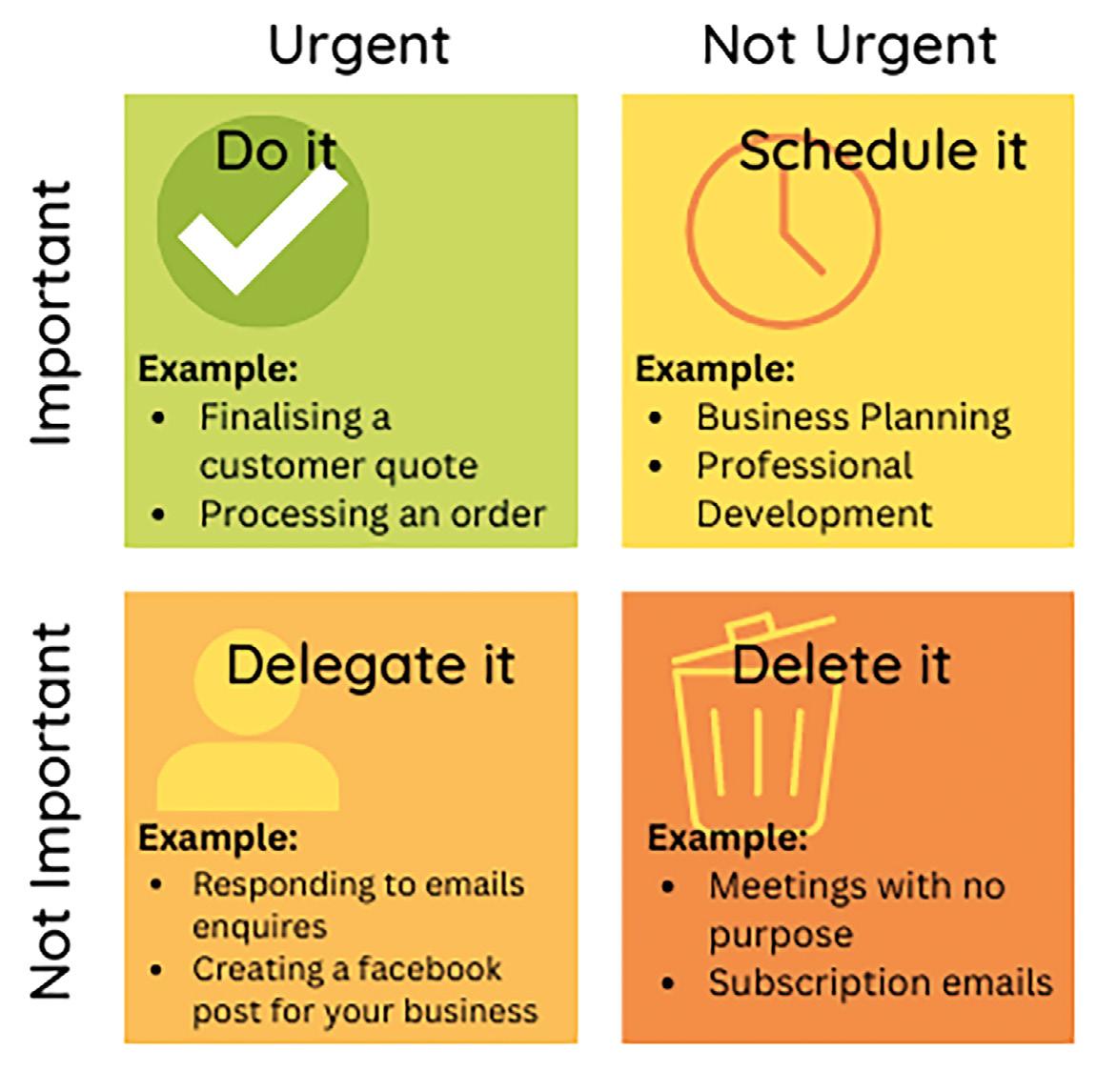
detail but it is beneficial for them to be aware of how the business is performing in both the good and bad times. You never know if one of your team members has a ‘game-changing’ idea that shifts the trajectory of your business.
SPLASH!: How do you make new ventures exciting for staff and management?
Speak with your teams about their potential growth and development opportunities. Learning is both uncomfortable and exciting, focus on the exciting outcomes and celebrate the effort and outcomes often. Change fosters innovation and allows people to be creative, so focus on the positive outcomes of change to make it more exciting!
SPLASH!: How do you identify opportunities, and once identified work towards capitalising on them? As I am in the “People” space, I use a lot of data that we gather from the teams.
We use engagement and exit surveys and data from the performance review process to ascertain what areas are a concern and what areas our team members would like development in.
I also look at turnover data and keep an eye on market trends via LinkedIn, email newsletters, newspaper articles and most importantly my team’s feedback.
Your team members are your eyes and ears on the ground they will very likely have great ideas and opportunities you can leverage from.
Once we have identified the opportunity, I look at who within my team is likely to be the best to support the change opportunity, and we work together to create a plan and then execute it.
Having a plan with clear outcomes, timelines and persons responsible is key to executing a plan. n
“It is vital that you and your team are all on the same page about the change at hand and why the change is happening, as your message can get diluted if it is not consistent and frequent.”

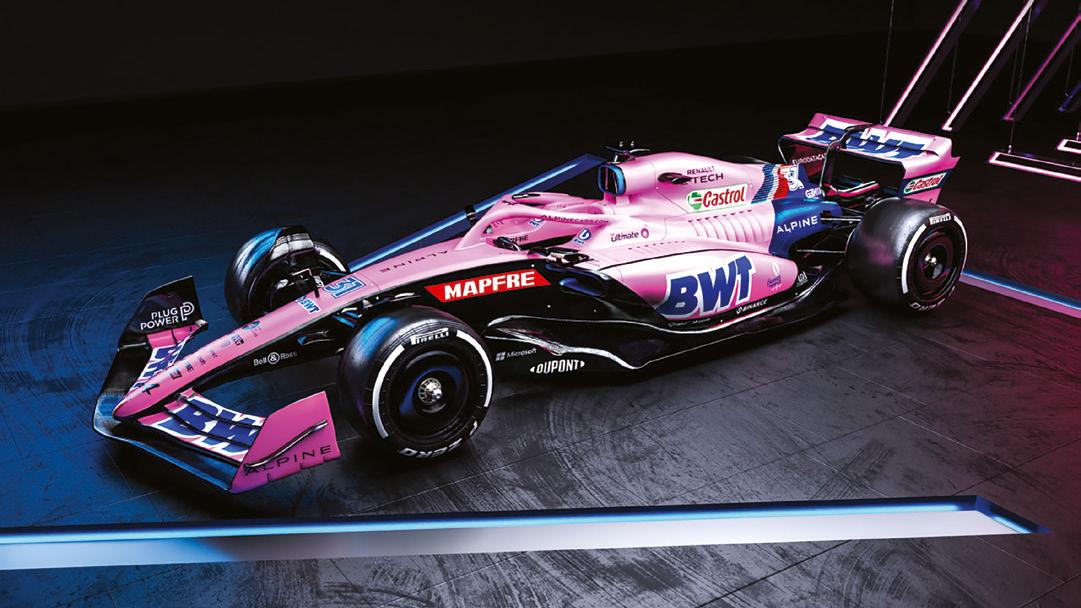



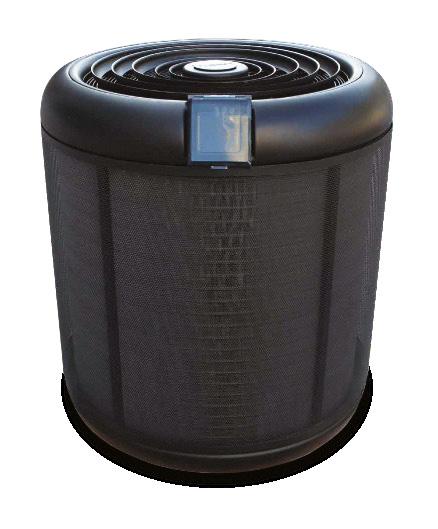
The program is based on the following units of competency;
• SISCAQU001 - Test pool water quality
The new Commercial Pool Technician Program (CPT) is proudly delivered by IRLearning and is endorsed by the peak swimming pool and spa industry body, SPASA Australia.
The Program meets the various requirements nationally for commercial pool technicians and those charged with maintaining lower risk levelled aquatic centres.

• SISCAQU003 - Maintain aquatic facility plant and equipment
• SISCAQU004 - Develop and implement pool water maintenance procedures
• SISCAQU005 - Develop and implement aquatic facility maintenance procedures
• BSBRSK401 - Identify risk and apply risk management processes





In brief 72
Swimming lessons save lives 72
Christchurch City Council wins outstanding pool award 73
ASSA and Swimming Australia form partnership 67
Overcoming aquaphobia .. 74 The not so tender art of tendering 76
Having been around for 30 years, FlowRider is the leading name in the stationary wave machine industry. By pumping a thin sheet of water over a tensioned ride surface, a nonstop wave is created, creating the entirely new sport of flowboarding (imagine a mix of surf and skate, now with a global fan base).
FlowRider comes out with new “waves”, as they call their rides, each year and the brand identity has been recently refreshed to reflect its passion and innovation.

The very first FlowRider opened in 1991 at Schlitterbahn in New Braunfels, Texas. This wave is akin to what FlowRider now calls their FlowBarrel, and it is still running after 30 years of operation. Since then, FlowRider has made over 250 waves globally.
In 2009, FlowRider joined forces with WhiteWater, a market leader
in the waterpark industry, and in the past 10 years, WhiteWater has helped FlowRider increase its global presence and secure its spot as the leader in the stationary wave industry.
“We haven’t had a true logo for a few years now, and we’re really excited to have a logo that is so representative of our product,” says Marshall Myrman, president of FlowRider.
“This new branding really nails the curvature of our original FlowRider product, while also looking reminiscent of a river wave, which is what our newest product, FlowSurf, is based on. It perfectly ties together our past and our future.”
A plan to tackle high drowning rates in Townsville and surrounds has been launched after extensive community consultation and engagement.
The Townsville and Surrounds Local Water Safety Strategy carefully balances a focus on the prevention of drowning with reinforcing the benefits of recreating in, on and around the water.
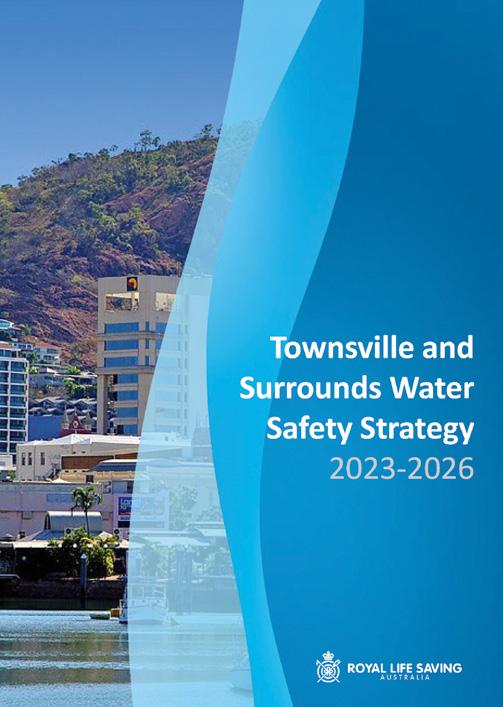
Key recommendations include funded holiday water safety programs for children, upgrading signage at river swimming spots, and getting all people boating to wear lifejackets, strategies to reduce alcohol-related drowning.
Councillor Maurie Soars says it was great to see the commitment of local groups working together towards making Townsville water safe and identifying opportunities for the council to continue its commitment towards safety.
Professor Richard Franklin of James Cook University says the strategy provides a blueprint for greater action in drowning prevention for the region.
“While there is a lot of great work going on in Townsville towards drowning prevention, more is needed. The strategy helps provide a framework for greater alignment and coordination of the efforts of many towards ensuring a water safe Townsville,” he says.
Professor Franklin, who has taken on a lead facilitation role in the Local Water Safety Group, invited organisations to implement the actions identified in the strategy as all efforts contribute to the vision of Townsville and surrounds free from drowning.

RJ Houston, the aquatics national manager for Royal Life Saving Australia says the Townsville approach aligns strongly with the approach recommended by the Australian Water Safety Council in the Australian Water Safety Strategy 2030.
“It is encouraging to see organisations and individuals at a local level contribute time and resources to the development of a local strategy to keep their community safe. We encourage all communities to develop a local water safety plan which reflects their community’s context,” he says.
Councillor Maurie Soars with Professor Richard Franklin of James Cook UniversityA new report from Royal Life Saving has assessed the state of aquatic facility infrastructure across the Australian community.
The report found that:
• The average Australian public pool was built in 1968.
• 500 (40 per cent) of public pools will reach the end of their functional lifespan by 2030.
• $8 billion is needed to replace those 500 ageing public pools.
• A further $3 billion will be needed to replace facilities ending their lifespan by 2035.
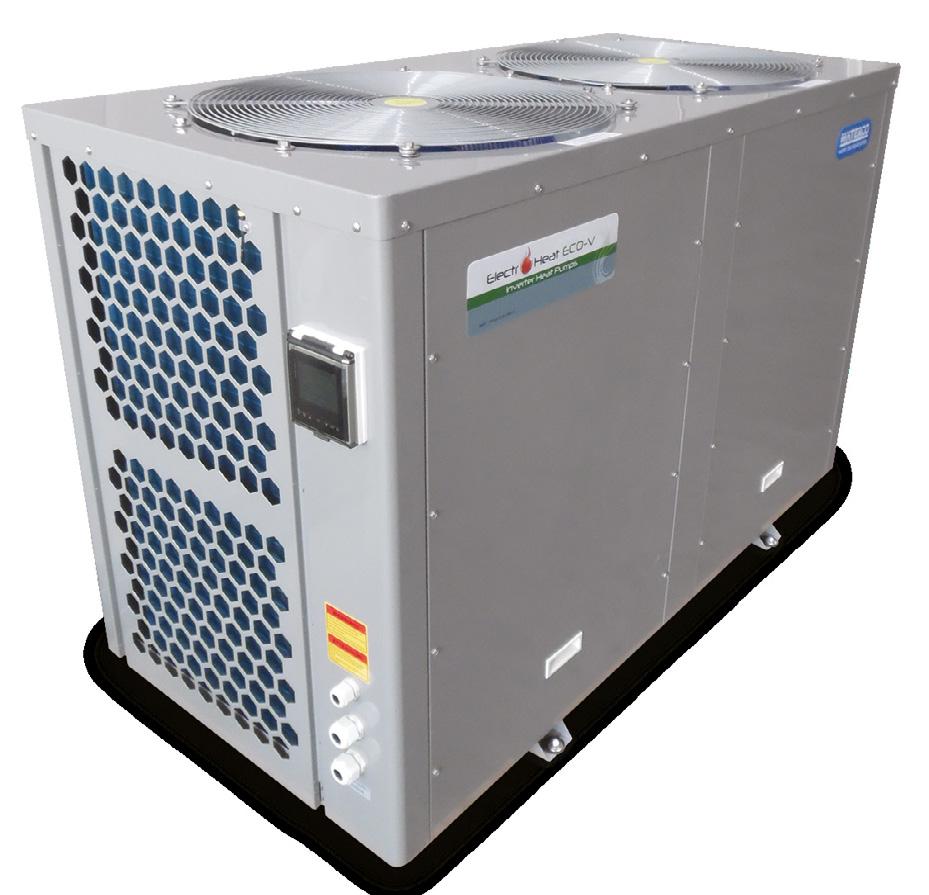
• Ageing public pools are predominantly servicing regional areas currently, who are inherently less likely to be positioned favourably to replace these assets when they expire shortly.
Additional findings include:
• 64 per cent of all renewal or new aquatic facility construction is currently financed by local government in Australia.
• 77 per cent of aquatic facilities in regional areas are publicly owned.
• 79 per cent of aquatic facilities located in areas with the lowest SEIFA decile are publicly owned.
• 74 per cent of aquatic facilities located in areas with the highest SEIFA decile are privately owned.
• Many regional councils struggle to afford to maintain or replace swimming pools, and increasingly councils are considering closing their pools.
• Closing community pools is inherently very unpopular and consistently aggravates community sentiment and mobilises communities towards involvement in the political process.
This all means that deliberate and considered action is needed to plan for the future aquatic infrastructure needs of Australia. The report identifies key options for consideration including:
• Working with the private sector to provide services beyond learn to swim so that they may be able to make privately owned facilities available for recreational, leisure and fitness swimming to the broader community.
• Exploring how schools might build and share their aquatic facilities.
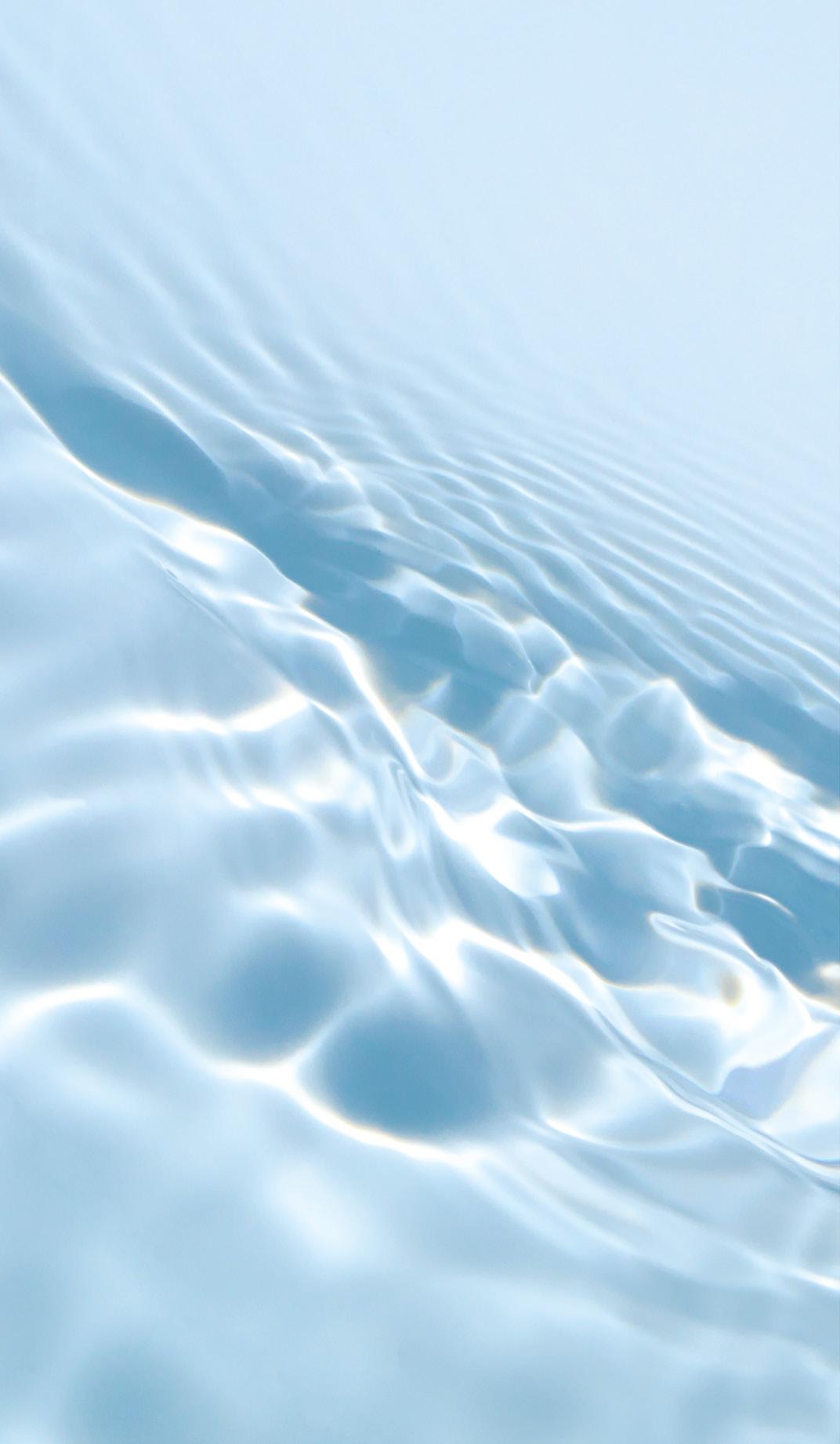
• Encouraging and facilitating greater cooperation between councils.
• Exploring how sports clubs and associations who may seek the use of aquatic facilities might also consider collaborative approaches to the development of such facilities.
Royal Life Saving will seek to bring together the aquatic sector and government to understand the situation and explore new approaches and opportunities for the continued provision of publicly accessible aquatic facilities in Australia. Read the full report at www.splashmagazine.com.au/ QuickLinks145.

This year’s message in the countdown to summer is Swimming Lessons Save Lives. Hundreds of children under the age of five have taken part in a virtual Safer Summer relay across Australia to raise awareness of vital water safety skills in the lead up to summer.

As part of the Australian Swim Schools Association’s (ASSA) annual Countdown to Summer campaign, member swim schools from Cairns to Melbourne, and Perth to Sydney have demonstrated the four key layers of protection, led by a team of mascots – the SAFERWater Warriors.
Each mascot represents a separate layer of protection which informs the lesson focus throughout each week in the lead up to summer.
Throughout November, participating swim schools shot footage of students demonstrating the importance of swimming skills, active adult supervision, fences and gates, and emergency action across four legs of a ‘virtual’ relay.
“Swimming lessons saves lives” is a message championed by ASSA year round, but as general manager Emily McNeill says, summer is the most crucial time for Australian children to remember the message.
“We’ve come off the back of a devastating year with the highest number of drownings on record, and the majority of these were in children under five,” says McNeill.
“Swimming skills are just part of the equation, and our annual Countdown to Summer seeks to reinforce the importance of the other three layers of protection – adult supervision, barriers and emergency action plans.
“The involvement of our swim schools across the country has been incredible and it really goes to show that no matter where you live, water safety is a critical skill,” she says.
“We are a nation surrounded by water, but even inland bodies such as lakes, dams and backyard pools become increasingly high risk as we head into summer.
“The relay has been such a fun way for the kids to show just how savvy they are around water, while reminding everyone of the role they play in ensuring we are safer around water - especially as we head into the summer months.”
Fourth-generation family business, Simons Boilers, is celebrating 90 years of engineering innovation in Australia. Simons Boilers is an Australian-owned and operated company that has been manufacturing locally since 1932. Their most recent aquatic installation was at Sydney’s Gunyama Park Aquatic and Recreation Centre (as Simons Green Energy) heating the pool with their cogeneration system and solar.
North Sydney Council will appoint an independent consultant to investigate the $64 million-plus redevelopment of its historic harbourside pool after worsening cost blowouts and delays. The famous pool overlooking the harbour, originally due for completion in November, is not forecast to reopen until July at the earliest. Mayor Zoe Baker told the Sydney Morning Herald that the project is not meeting the projected timing and cost due to significant delays and significant variations under the building contract. The long-vaunted redevelopment has been hit with cost blowouts, delays, heritage concerns and outrage over $10 million in federal funding it received from a grants scheme that was supposed to target regional and remote areas. Baker says the council was expecting the cost of the project to rise beyond the $63.8 million approved by the council. She said the council would not speculate on projected timeframes or cost.
The federal member for Lingiari in the Northern Territory, Marion Scrymgour, has announced funding of $10 million to
upgrade Katherine Aquatic Centre. “Having access to an upgraded aquatic centre is paramount to any community, especially for our young ones to learn how to swim which will be a critical skill for the rest of their lives,” she says. “The recreational and physical aspect that the refurbished centre will provide for Katherine cannot be understated and I look forward to the development of this facility.” The upgrade will refurbish the aquatic centre, the plant rooms, the splash park and the grounds themselves. A section of the steel roof structure at the Kew Recreation Centre collapsed in October, (see news story in Edition 144). The builder, ADCO Constructions is in the process of preparing a methodology to safely remove the collapsed structural steel for the approval of WorkSafe. Boroondara Council anticipates these works will commence in December and continue into early 2023. WorkSafe will be on site to supervise the removal of the steel. Thorough investigations into the cause of the collapse are ongoing with WorkSafe and ADCO and will continue while the removal of the collapsed steel takes place. Boroondara Council says they are extremely disappointed with the current situation, given the goodwill the local community has shown throughout the construction works to date. The impact of the collapse on the project timeframe is not yet known but they have said they will provide an update once a revised construction timeframe is confirmed.
The 2022 New Zealand Recreation Awards were held in Wakat /Nelson in November.
The Outstanding Pool Award was won by the Christchurch City Council for the Te Pou Toetoe/Linwood Pool.
Te Pou Toetoe opened in late 2021, after a long campaign from the Linwood and Woolston community. This pool prioritises minimising barriers and includes New Zealand’s first, purpose built, all season manu pool – that is, a pool designed especially for bombing.

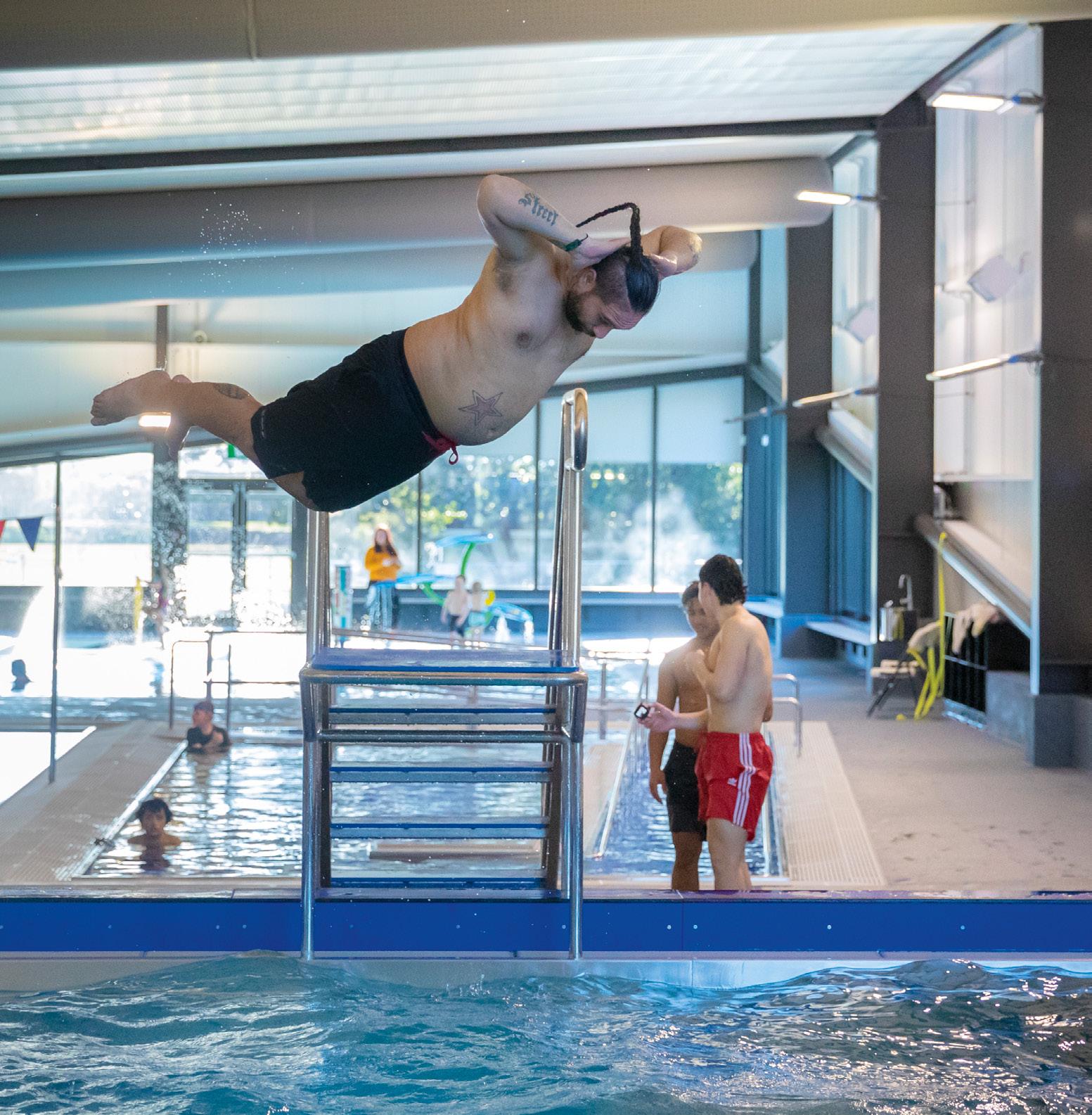
Other winners are listed below.
Outstanding Project: Waimakariri District Council for Regeneration Kaiapoi
Outstanding Event: Whanganui District Council for Lights on Bikes & Drews Ave Street Party
Outstanding Park: Auckland Council for Ambury Regional Park
Outstanding Community Recreation Program: Bay Venues for Funky Fun Day Outstanding Research Planning & Policy:
RSL Consultancy, Sport Northland, and Regional Partners for Te Tai Tokerau Regional Planning for Play, Active Recreation & Sport
Aquaphobia and the lesser known thalassophobia are water-related phobias that can set off anxiety, insecurity and even panic attacks for people from all walks of life.
Traumatic experiences at any age, whether experienced or witnessed, can trigger and enhance these fears to the point where people avoid the water at all costs.
Through his business Swimly, former Commonwealth Games gold medallist swimmer Jason Cram is helping people who experience these fears regain the confidence and ability to enjoy and feel safe in the water.
He says that social conditioning and trauma are the major factors contributing to aquaphobia.
“Social conditioning surrounding the fear of what may happen has the potential to influence one’s perception of and confidence in the water,” he says.
“Have you ever heard or been told ‘you’ll drown if you go near the water’ or ‘if you can’t swim, you’ll sink’. This form of social conditioning manifests a thought process that is solidified each time a person has a negative experience around water.
“One of my clients, a 93 year old, has spent her life avoiding putting her face under the shower as she experienced such negative social conditioning as a child.”
Cram was coached by Ron McKeon (Emma McKeon’s father) and later Doug Frost and Tracey Menzies Stegbauer.
The talented swimmer realised his life-long dream in 2002, making it onto the Australian swim team and winning gold in the 4 x 200m freestyle relay at the Commonwealth Games and in the 2003 World Championships.
Missing the Olympic selection in 2004, Jason retired from the sport he’d been a part of since the age of three. Like most professional athletes, he was unsure what was to come next. The next two decades involved unique working experiences: travelling Australia commentating for the Precision Stunt Driving Team; being on the security entourage for Mariah Carey; and being a billionaire’s dive instructor exploring remote locations all over the world including Antarctica.
While remarkable experiences, he still felt like he could give more and do something more meaningful.
the water with the clients, building trust and keeping track of specific reactions and feelings to help manage their anxiety.
“The process is unique to each individual and no two clients are the same,” he says.
“It’s a challenge that has me drawing my life experiences and education to hone in on each client’s specific needs.”
The unique service blends a mix of water immersion, learn-to-swim principles and life coaching techniques.
Fifty-six-year-old Susan went through Swimly’s Overcoming Fear of Water program.
“Working with Jason was life changing,” says Susan. “I never thought I’d ever get in the water, let alone actually start swimming.
“Ever since a traumatic experience as a child and another in my 20s, I’ve always avoided the water. Jason was so supportive, understanding, and most of all extremely patient. He understood my aquaphobia and was able to challenge the reason I avoided water to help me become confident in the water,” she says.
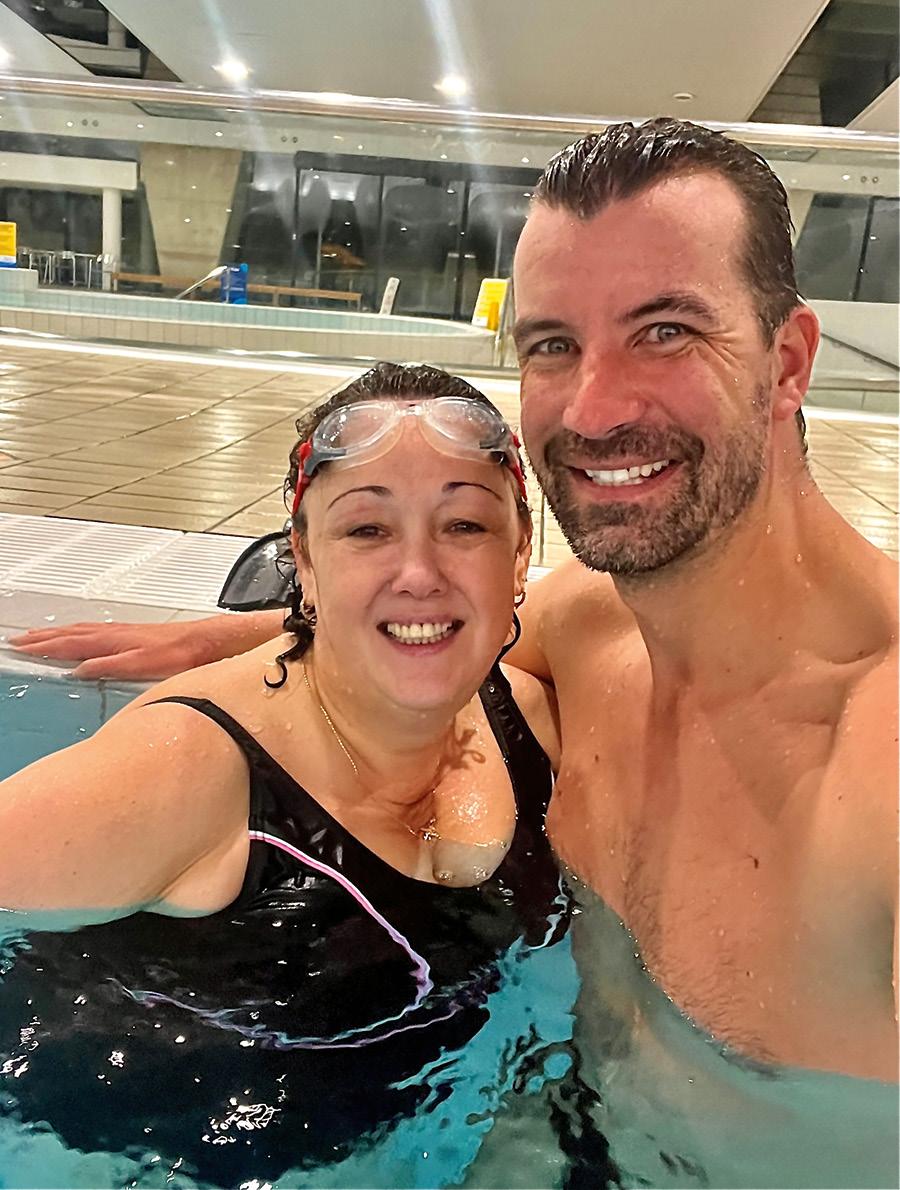
In the 12 short months of operation, Swimly has helped transform the lives of more than 60 aquaphobia clients, allowing them to challenge, rationalise and confront lifelong fears. n
Cram says that trauma such as being pushed into the pool at a young age or feeling out of your comfort zone as a child in the surf can also have long lasting effects on how you feel about swimming and water.
“Once I learned the statistic that one in four Australians are either non swimmers or weak swimmers due to fear, I wanted to do something about it, using my experience,” the former training partner of Ian Thorpe says.
“The number of people who have aquaphobia is more prevalent than I realised.”
“I’ve always had a passion for water and helping people. By combining these two passions, it’s a way for me give back to the community.
“Seeing the transition of a client who had been so fearful become confident in their own ability is truly rewarding,” he says.
Cam’s coaching techniques combine cognitive behavioural therapy with exposure therapy. It involves being in
Contact
Jason Cram, 0497 294 514, info@swimly.com.au
“One of my clients, a 93 year old, has spent her life avoiding putting her face under the shower as she experienced such negative social conditioning as a child.”
CPC filters are uniquely manufactured from FRP resin systems specifically selected for Australia’s harsh conditions.
The CPC Series offers all the functional benefits expected of a modern Regenerative Media Filter (RMF). Apart from reaching a far higher degree of clarification much quicker than other common forms of filtration, the CPC series also provides many environmental benefits.
With its unique particle selectivity, CPC filters can provide protection against modern chlorine resistant pathogens and organisms relating to swimmers’ itch. The high process efficiency of CPC series will simplify pool water chemistry and reduce reliance upon harsh and objectional chemicals. Chemically complicated coagulants are not required for CPC filters.

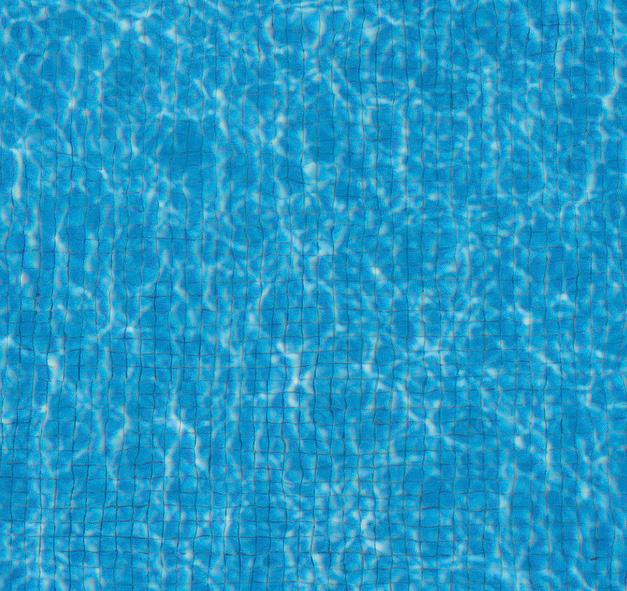
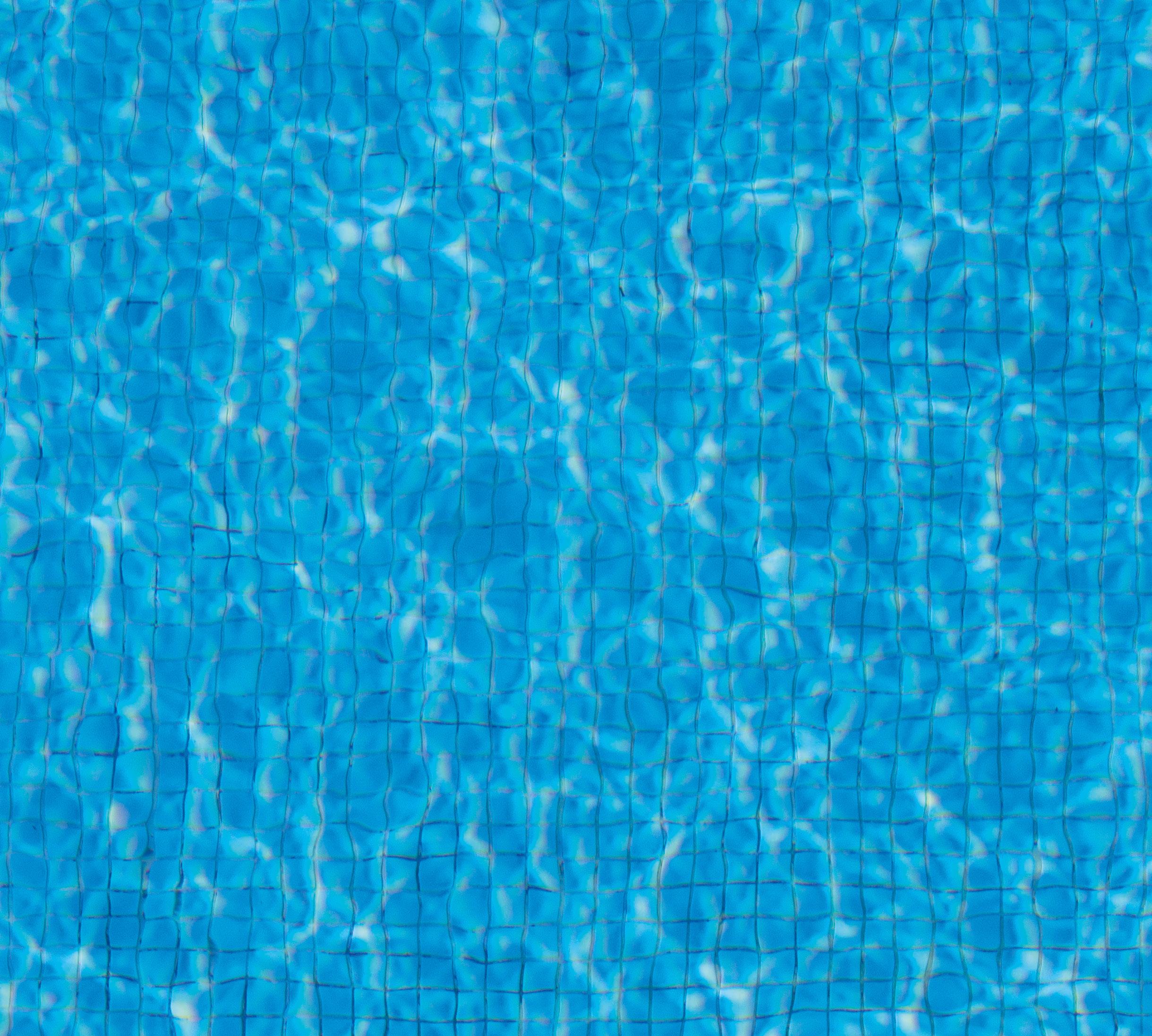
CPC filters are extremely compact. Apart from far less plant space, they can also operate with significantly smaller balance tanks and backwash tanks. All these factors help to contain construction costs.

Does not required any sophisticated automatic valves with complicated operating steps.
• Non-corrosive construction materials. No need to equipotential bond the filter vessel.
• Large diameter, rigid candle cores - generously spaced to mitigate bridging and clogging.
• Easy to service and replace “long life” Polypropylene filter socks.
• Simple and easy to understand “single pass” precoating. Does not require the time and the extra plant space necessary for close loop precoating.
• A dustless Wet-Vac precoating system that does not require the filter to be drained prior to precoating.
• Simple to clean by conventional “reverse-flow” backwashing, with the option of a gravity drain-down.
• The Media Release Accelerator (MRA) is a passive inclusion, which enhances cake release, without the fear of over-pressurizing the filter vessel.
• The Lift’n’Swing davit provides quick access inside the filter-no need for a monorail & chain blocks.
• Standard fitments include a vacuum breaker, auto air release, twin gauge panel, sight glass.
CPC filters are proudly designed & manufactured in Australia. Locally made filters provide many tangible benefits for pool owners, all levels of government, the aquatics industry and potentially all Australians. Apart form anything else, buying Australian-Made makes good economic sense.
Each year, Australian government agencies buy a range of products and services through tenders and contracts. In 2021-2022 alone, there were 92,303 contracts awarded with a combined value of $80.8 billion.
To give smaller businesses better access to complex large Commonwealth contracts, the Federal government released new procurement rules in July 2022.

For example, to enable small-to-medium business better access to federal contracts, procuring officials must now consider breaking down large projects into smaller packages, to maximise competition, where appropriate.
“Small business is the backbone of the Australian economy, and the Government is committed to maximising small business participation in Commonwealth procurement, providing greater opportunities for local businesses to create more jobs for Australians,” says Minister for Finance, Katy Gallagher. “These Commonwealth Procurement Rules deliver a commitment to help business grow and provides them with more confidence and certainty to plan for the future.
If you’re looking for business opportunities to boost your business, here are a few considerations to consider.
Typically tenders (RFT) are required by Government agencies. Businesses are more likely to request a Proposal (RFP) or Quotation (RFQ). All require you to submit an offer.
Preparing bids of whatever type can take up a lot of time, and the more complex the requirement, the more time it takes. Your response to each requirement needs to be specific; assessors will spot a generalisation designed to hide a lack of capability or whatever straight away. Generalisations do little for your credibility.
The ability to write effective tenders and proposals is an essential business skill. Despite this, and probably because most businesses are built on the technical skills of the owners, it is uncommon.
For Catalyst Consulting’s Adam Gordon, nearly two decades of submitting major tenders and facilitating tender training workshops has demonstrated that plenty of otherwise successful business owners and managers struggle with tendering.
submission, one that removes any doubts or objections the agency may have about your ability to do the job on time, to budget. Essentially, they are won on a submission that makes them stand out from the competition.”
In Top Ten Tips for Writing Tenders, Sydney-based Madrigal Communications states a tender response (to a request for tender, RFT, or request for proposal, RFP, etc.) may be part technical and part marketing but it must be 100 per cent professional.

That means pitching it at the right level with its language, tone and style.
One: Focus on being clear
Your style should be non-technical, simple, consistent, concise and clear. Plain English should be used throughout the tender using appropriate technical and management terms only where necessary. Rather than impressing, overly complicated writing can appear pompous. Sophisticated writing makes complex ideas simple to understand by using straightforward language.
Two: Use jargon at your peril
Jargon is a form of language used between professional people. When engineers, doctors, lawyers talk to their colleagues they expect them to understand the complex ideas and words they use. However, when you write a document you do not always know the audience. It will be technically assessed by technical people, but the final decision will be made by senior people based on its commercial qualities – so make sure they can understand it.
Three: Minimise use of acronyms
Beware acronyms! In long documents dealing with complex things acronyms offer a way to abbreviate long sentences and avoid repetition when writing tenders. However, they can reduce clarity when they are obscure. It is established practice to define or spell out the acronym when it is first used. To improve clarity, spell it out when you first use it in each section, or even better don’t use the acronym unless it is a very common one.
Four: Don’t be passive
This is one of the pet peeves of professional writers. Passive voice is when actions occur seemingly without an agent. For example: ‘This is written for an audience to better understand writing tenders.’ Much more preferable is: ‘I wrote this article so that you could better understand writing tenders.’ This engages with the reader and identifies the writer.
Five: Own the job
“They struggle because they haven't had the opportunity to gain tendering skills,” he says. “All their time has been spent acquiring their technical skills and building their business.”
Contracts, he says, are won on more than price.
“Instead, they are won on the quality of the
You must write the document in a positive and optimistic way. Use declarative rather than conditional verbs — avoid the ‘ifs’, ‘coulds’, ‘mays’ and ‘mights’. This is language of uncertainty and lacks confidence. Instead use “wills”, “cans” and “whens”, for instance, we will undertake the work using our senior professional staff. This is the language of confidence.
Six: Use passion, emotion and motivation
Formal writing does not exclude passion. It is important to include your organisation’s motivations and aspirations. Contracting is often about building relationships and partnerships between
“Bid preparation and completing successful tenders requires more than filling in all the boxes. They almost always require you to comply, and failure to comply means you don't get any further consideration.”
organisations. Your ability to match the customer’s organisational culture should not be underestimated.
Seven: Structure for understanding
Complex material must be presented with a strong structure to help the reader understand the material and how it fits together. The document must have clear chapters, sections, sub-sections and paragraphs. Paragraphs must be written properly (intro sentence, explanation sentences, final sentence) and with a clear and logical hierarchy.

Eight: Don’t rely on numbering systems
Numbering systems are useful to identify chapters, sections and perhaps even subsections of the document. However, if they are used too much (below a fourth level) they make the document look like a legal document or a contract. This is not desirable because you want to persuade your readers, not bore them.

Nine: Avoid over-capitalisation



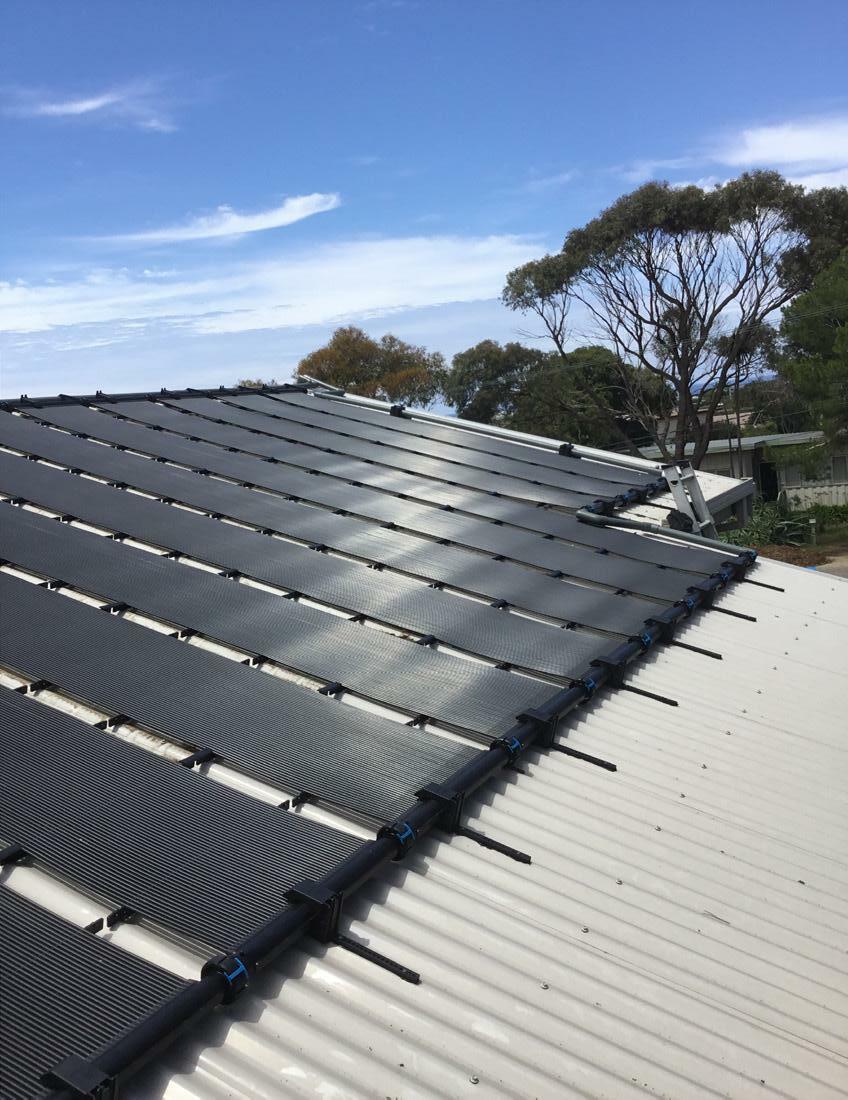
This is a particular issue in writing tenders. Professionals often use capitalised words to represent words defined in contracts. This is not necessary or desirable in a tender proposal because it makes the document look like a contract or a legal document (see point eight
above). It makes it look too formal. Modern usage requires capitalised words for proper nouns and for the first word of headings. Over capitalisation makes the document look technical and the writing old-fashioned.
Ten: Use meaningful headings
Headings help readers identify the intent of the sections of the tender document. They also allow you to emphasise your key points and provide clear summaries of your document.
Winning contracts can provide a much need infusion of cash and a boost to your business. However, as Gordon explains, it is one thing to submit a tender which merely complies, but the difference between a persuasive tender and a compliant one can make a significant difference to your business.
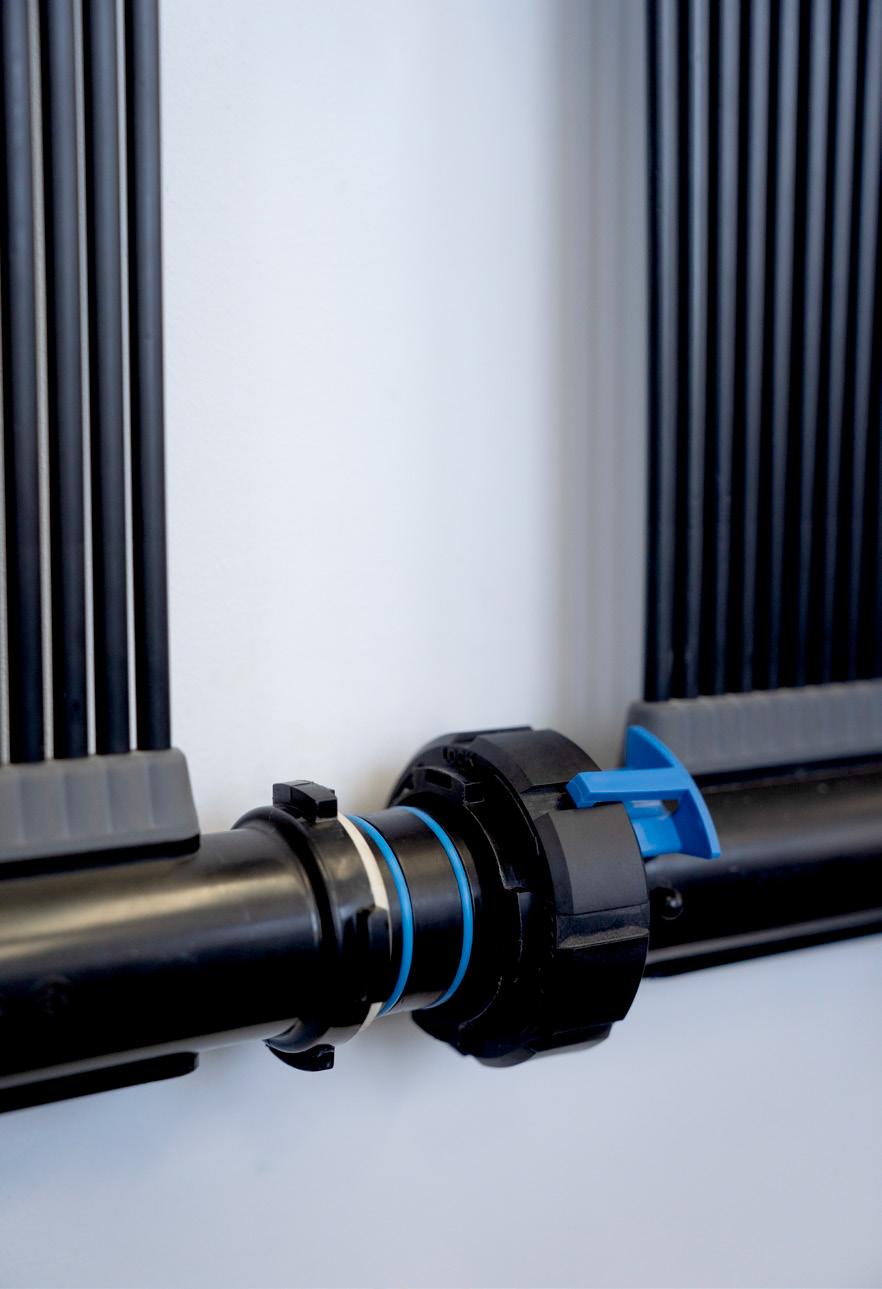

“Whichever way you look at it, tenders take time and resources. It is not just the cost of that time; it is the opportunity cost of the time which could have been spent on more profitable endeavours if you lose.
“Bid preparation and completing successful tenders requires more than filling in all the boxes. They almost always require you to comply, and failure to comply means you don’t get any further consideration.” n

www.australiantenders.com.au www.business.gov.au www.cordellprojects.com.au www.catalystnt.com.au www.madrigal.com.au www.manukapool.com.au www.phlozone.info www.tenders.gov.au
Streamlined For Bryan Pasfield, winning the contract to manage Canberra’s iconic Manuka Swimming Pool has become considerably easier since using pHlozone’s online management platform.

“Our tender document used to be around 700 pages — ACT government contracts are renowned for being detailed — so it used to be an incredibly time consuming and tedious process to do it manually,” he explains.
With pHlozone, Pasfield can now access comprehensive data required for tender documents, such as structure and asset management, maintenance schedules, injury and contamination incidents, and safe storage and handling of chemicals for staff.
“It’s easy to set up and incredibly timesaving,” he says.
“You can build processes, allocate tasks to individual staff members for full accountability, and set custom protocols so that when a reading is out of range, your staff know which procedure to follow.”
AusTender is the Australian Government’s procurement information system that provides centralised publication of business opportunities, annual purchasing plans and contracts awarded. Generally speaking, nonconstruction procurements valued above $AU80,000 are advertised publicly via AusTender and are open to any business that wants to respond. This approach encourages fair competition and helps achieve the best value for money.
When you have registered as a user, AusTender will automatically match business opportunities with the areas of interest specified in the profile when you registered. You will be sent an email summarising ATMs that
match your profile along with links to download the ATM documents and details about who to contact if you have any questions about the opportunity.
Search functions help you identify individual tenders or contracts which may be of interest. For example, you can search for relevant business opportunities based on various indicators including the organisation name, category of goods or services, or the closing date for submissions. There are also links to many related government organisation sites including business.gov.au, and state and territory government procurement information sites. Cordell Construction Projects also have information on upcoming tenders.
Brauer Swim has just released their latest residential range, the B-Mineral and B-Fresh. Brauer Swim are the creators of the Ozone Swim and have revolutionised the commercial aquatic industry over the past two decades with their patented technologies.
The B-Mineral (for pools up to 150,000L) and B-Fresh (for pools up to 70,000L) have been designed for residential mineral and freshwater pools combining low TDS with advanced ozone and electrolysis technology. Homeowners can now experience leading commercial performance, reliability and quality at home.
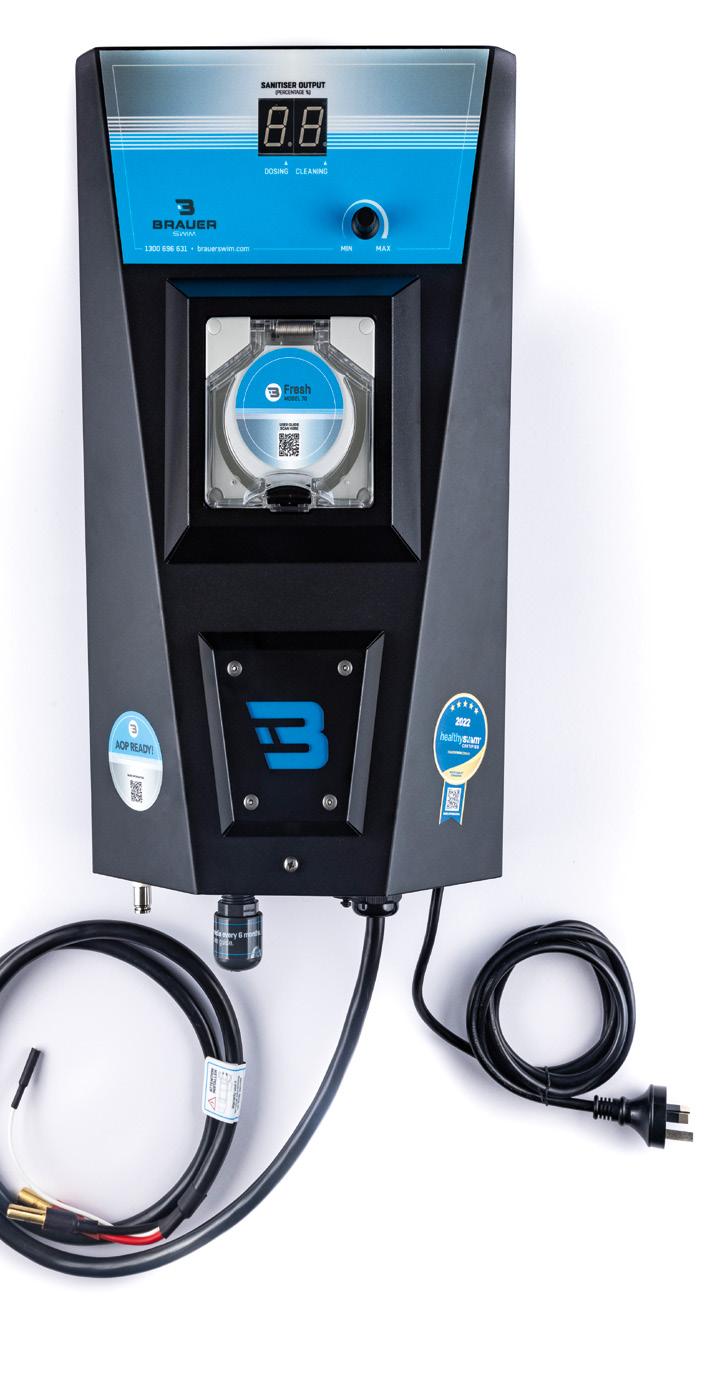
Features include patented twin plasma ozone O3cell technology, patented ozone injector manifold, venturi designed for variable speed pumps, proprietary inductor e-cell technology, passive cooling insulated cabinet technology, pH smart sensor and control ready, AOP purification ready, external control available.
Contact: www.brauerswim.com
Enviro-Clean, the highly effective, versatile filter cleaner.
Enviro-Clean is an eco-friendly, biodegradable and environmentally safe water-soluble filter cleaner that is fast acting, easy to use and efficient.

It efficiently removes grime, organic build-up, metal and calcium deposits, and is particularly effective at removing oils, body fats and suntan lotions.
Lo-Chlor says it will prolong the life span of both the filter and the filter media, and will enhance chemical performance subsequent to use. It works for sand, glass and zeolite filters and can be applied through the skimmer box or directly into the filter.
For cartridge and DE filters, the cartridge is placed into a container and Enviro-Clean is diluted with cold water.
It is available in 1 litre and 20 litre sizes.
Contact:1800 647 665; info@lochlor.com.au
Lo-Chlor says their new Supa-Clean offers a superior and simple method of cleaning salt chlorinator cells.
Supa-Clean works quickly and effectively to clean even heavy deposits from a cell. It can also be used with selfcleaning cells, which may still need to be manually cleaned periodically.
Supa-Clean can be reused several times – making it very economical to use. It removes calcium, grime and organic build up from a cell, increasing efficiency and prolonging the life of the chlorinator and cell.
It does not fume (unlike a diluted hydrochloric acid solution) and will not damage exposed and precious metals within the chlorinator.
Supa-Clean is available in a 5 litre size.
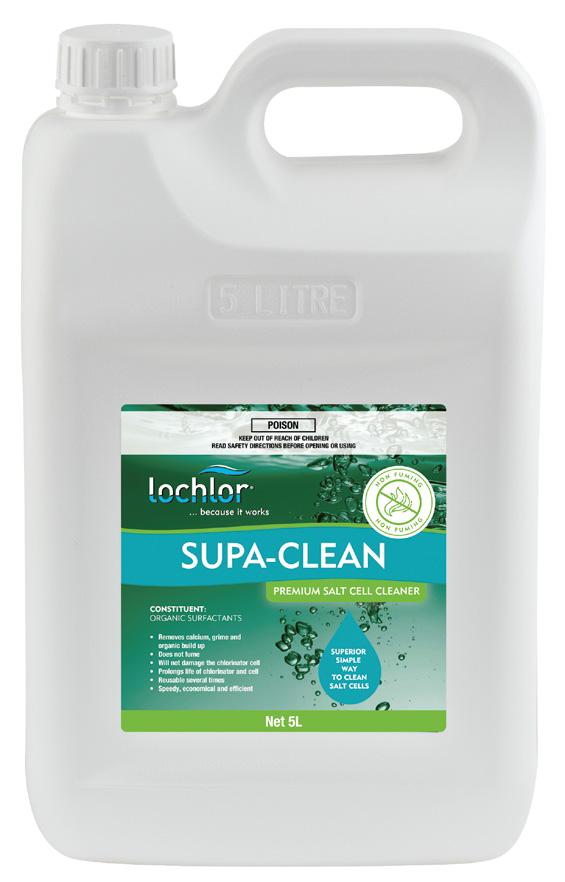
Contact:1800 647 665; info@lochlor.com.au
Waterco’s new large output singlephase inverter pool heat pump
Waterco says it’s newly engineered Electroheat Eco-V is ideal for swimming pool owners who don’t have, or can’t get, threephase power.
The 31kW Electroheat Eco-V inverter top vent single phase pool heat pump delivers a massive heat output of 39kW at 27C air, and 32kW at 15C air, achieved by the unit’s oversized evaporator area and twin fans.
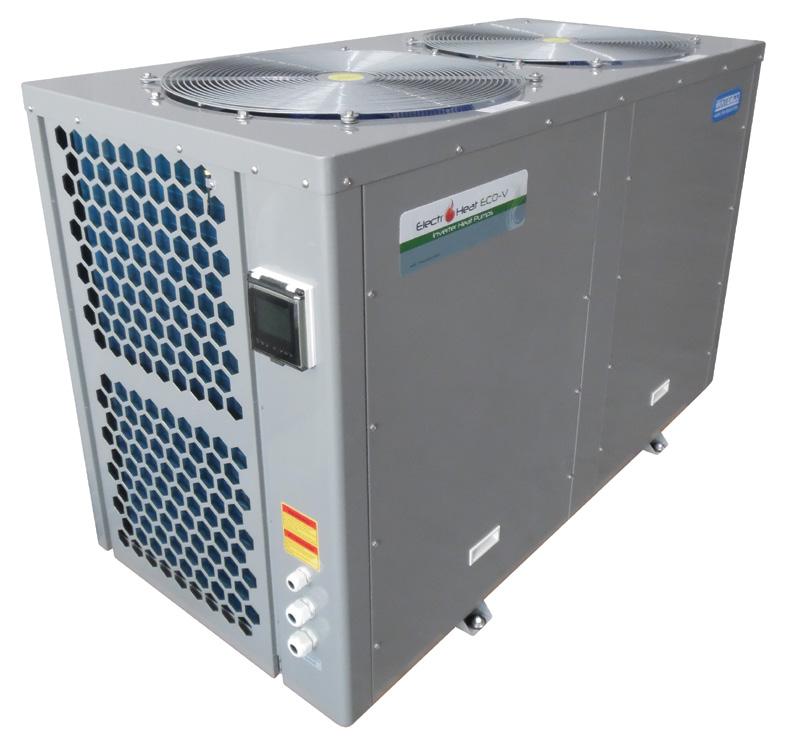
Zane Solar & Heating manager Adam Shelley says that modern homes need a larger electricity supply than homes in the past due to our heating, cooling and electrical appliances.
“This increased demand has put so much pressure on electricity networks that utility companies have implemented restrictions. This means three-phase power is not available in all residential areas and, if it is, it can be cost prohibitive,” he says.
He says the Electroheat Eco-V heats pools in colder climates even when the ambient air temperature is close to zero degrees Celsius.
Contact: www.waterco.com.au
Fluidra has released its new Zodiac Vortrax series commercial robotic pool cleaner that was on display during the 2022 SPLASH! Pool & Spa Trade Show. Vortrax cleaners are designed for pools up to 25m, specifically suited to hotels, motels, caravan parks and learn-to-swim centres. Utilising the Zodiac patented cyclonic suction system and lift systems, the Vortrax robots are simple to use and designed to withstand the rigours of commercial swimming pools.
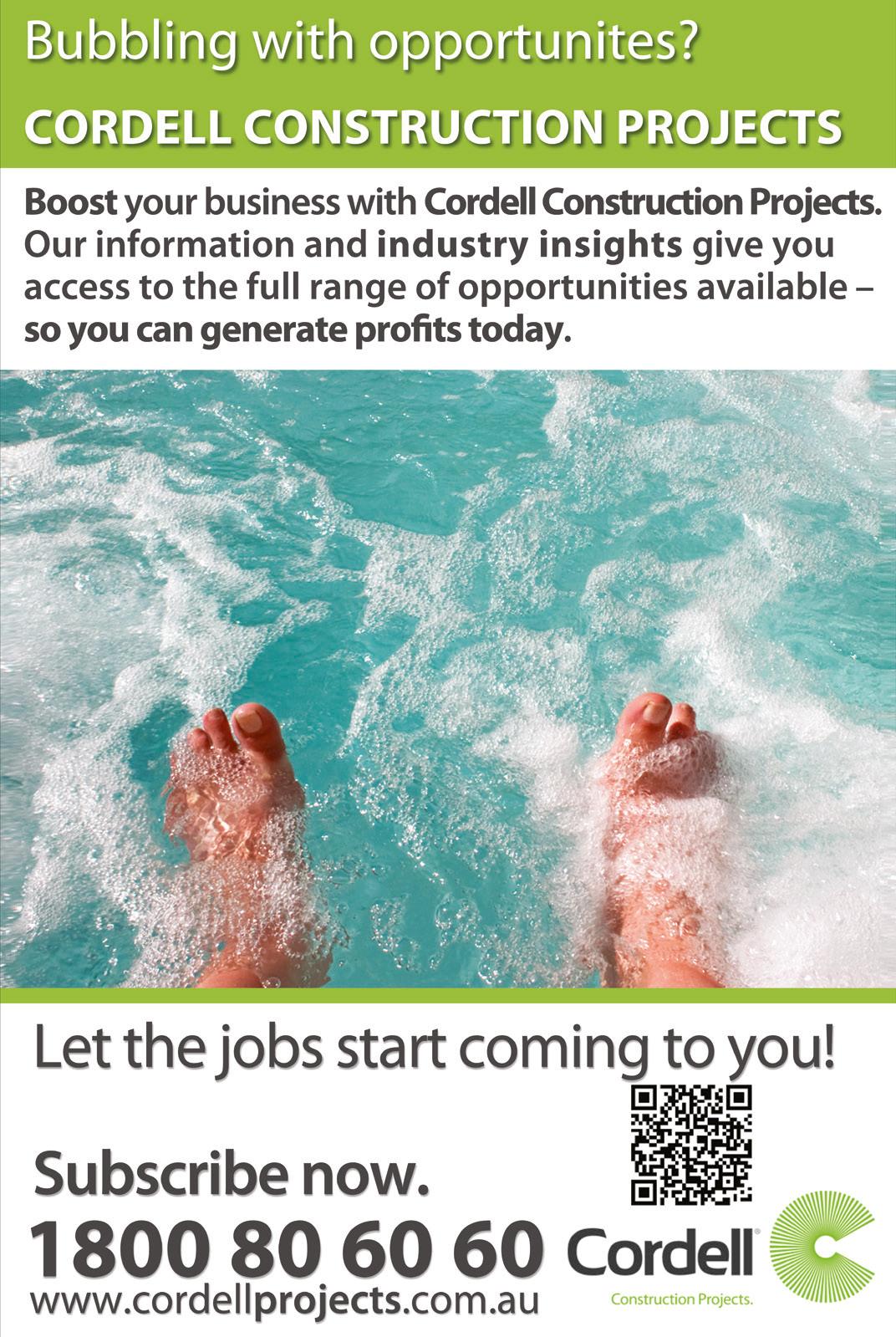

Compatible with Zodiac’s automation system, iAqualink, Vortrax cleaners provide simple, easy to use functionality for facility staff.
Contact: au.commercial@fluidra.com

Chadson says the Interceptor pre-pump strainer design is one of the first radical technical improvements in many decades.

The Interceptor is not a “bucket” type strainer – rather, Chadson says its unique W-shaped pleated screen does a far better job of sustaining water flow, while continuing to collect solids, and avoid issues of localised plugging and sudden increases in vacuum, as well as the need for frequent cleaning.
It has a non-corrosive FRP casing and a stainless steel screen. Standard working pressures are up to 100 kPa vacuum and 150 kPa pressure. While best commercial advantage is available when purchasing an Interceptor strainer as an integral part of a complete filtration package, individual purchases for the replacement/ plant upgrade market are available.
Contact: www.chadsonfilters.com.au
View our online video showing common pool fencing faults and how to spot them at www.kidshealth.chw.edu.au/projects/drowning-prevention/swimming-pool-fencing
View our online video showing common pool fencing faults and how to spot them at www.kidshealth.chw.edu.au/projects/drowning-prevention/swimming-pool-fencing

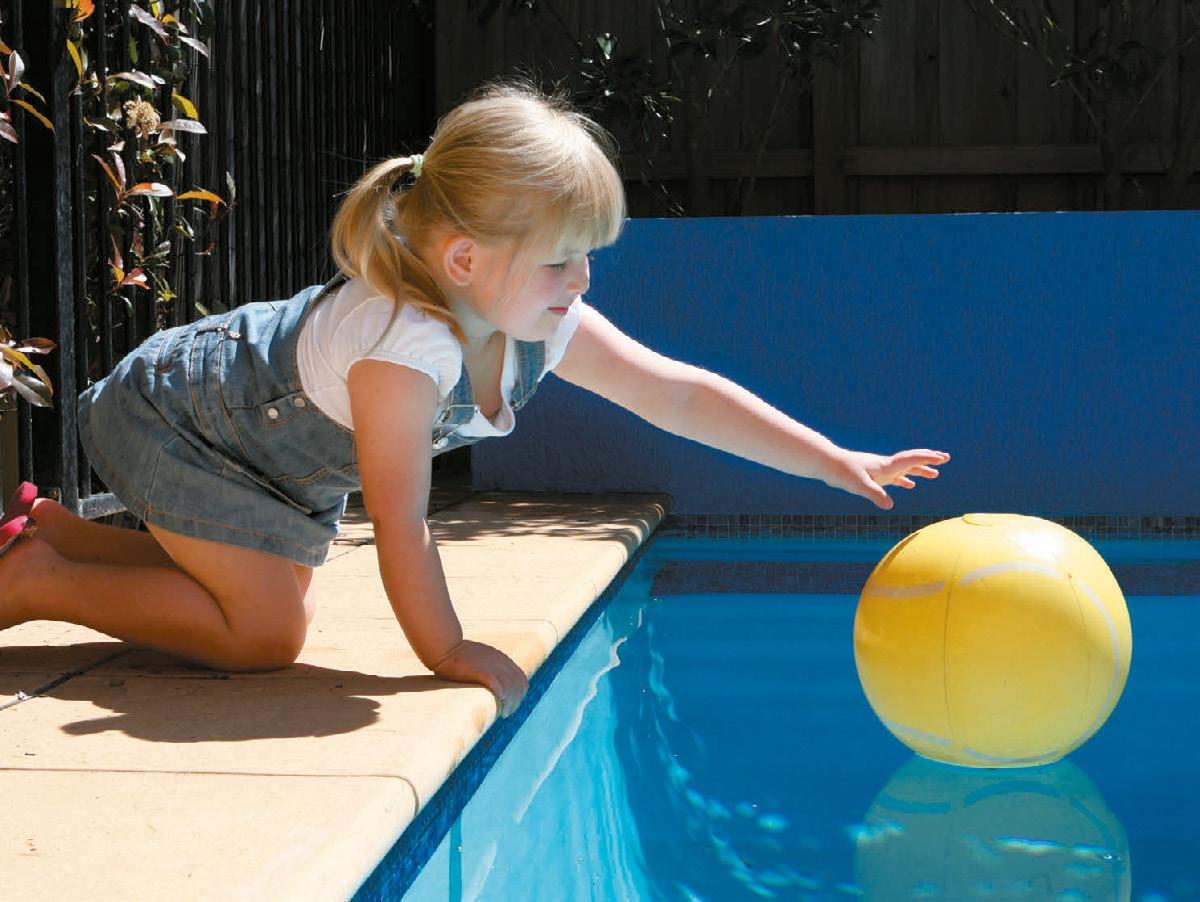
Please find enclosed my cheque/money order for $_________ payable to The Intermedia Group Pty. Ltd. OR please charge my: Mastercard Visa Amex
Cardholder Name:
Expiry Date: __ __ / __ __ Signature: Name: Job Title: Company: Address: Suburb/Town: Postcode: Ph: Fax: Email:
Within Australia *
$AUD65.00 – 1 year, 6 issues
$AUD104.00 – 2 years, 12 issues – Save 20%
$AUD136.50 – 3 years, 18 issues – Save 30%
* Prices quoted include GST
Overseas Rates
New Zealand
$AUD75.00 – 1 year, 6 issues
Asia Pacific
$AUD80.00 – 1 year, 6 issues
All Other Countries
$AUD90.00 – 1 year, 6 issues
We are committed to handling your personal information in accordance with the privacy act.
Please Select one of the following: Yes No - Please send me information about special offers and or events from SPLASH!
The Intermedia Group Pty Ltd ABN 94002583682 PO Box 55 Glebe NSW 2037. Fax back your subscription to: (+61) 2 8580 6312 www.intermedia.com.au or call 1800 651 422
Abgal Liners & Covers 58
AIS Water IFC
Allnex 51
Aqua-Quip 20 Aspire 39, 78
Aussie Under Cover 73
Boss Solar 44
Brauer Industries 52
Chadson Engineering 75
Cordell 81
DAB 33
Daisy Pool Covers 57
Davey Water Products 29
Evo Industries Australia 4
Evolution Water & Lighting Solutions 26 Fluidra 6
Hayward Pool Products (Australia) 15, coversheet
International Quadratics 23
IRLearning 68
LaMotte Pacific (Vendart) 25
Lincoln Pool Equipment 18, 67
Local Pool Heating 49
Lo-Chlor Chemicals 46
Magen Eco-Energy 30
McGrayel Co (Easy Care Products) 63
Naked Pools 35, 55
Pentair Aquatic Systems OBC Pool-Water Products IBC
PSQ 65

Rainbow Pool Products 38, 79
Remco Australia 17
Spa Craft 61
Spatex 59
Sunbather 8
Supreme Heating 60 Waterco 13, 71
Westmead 81
